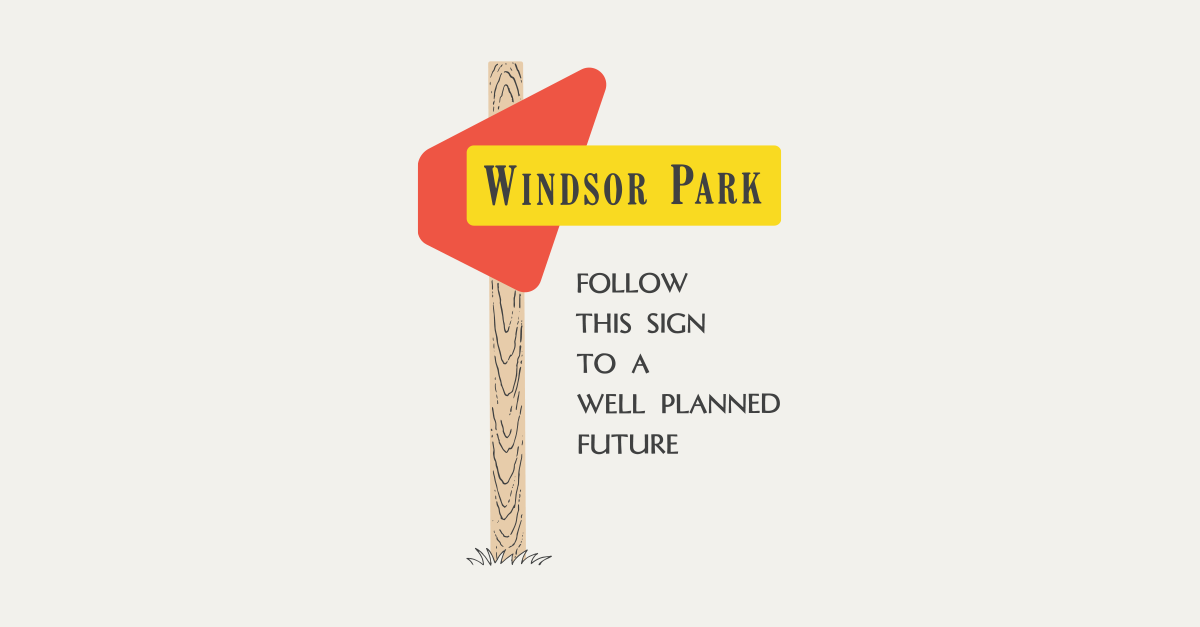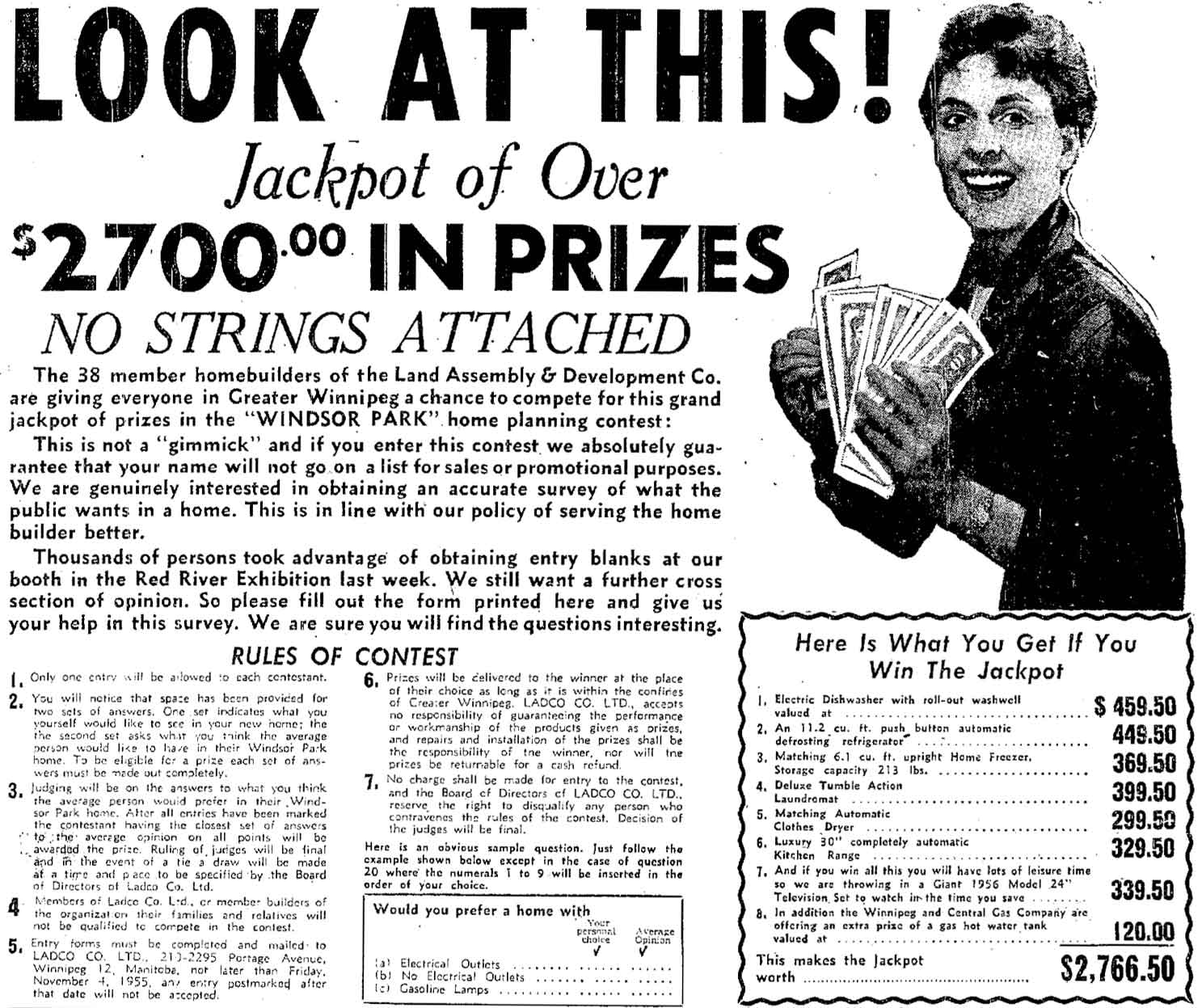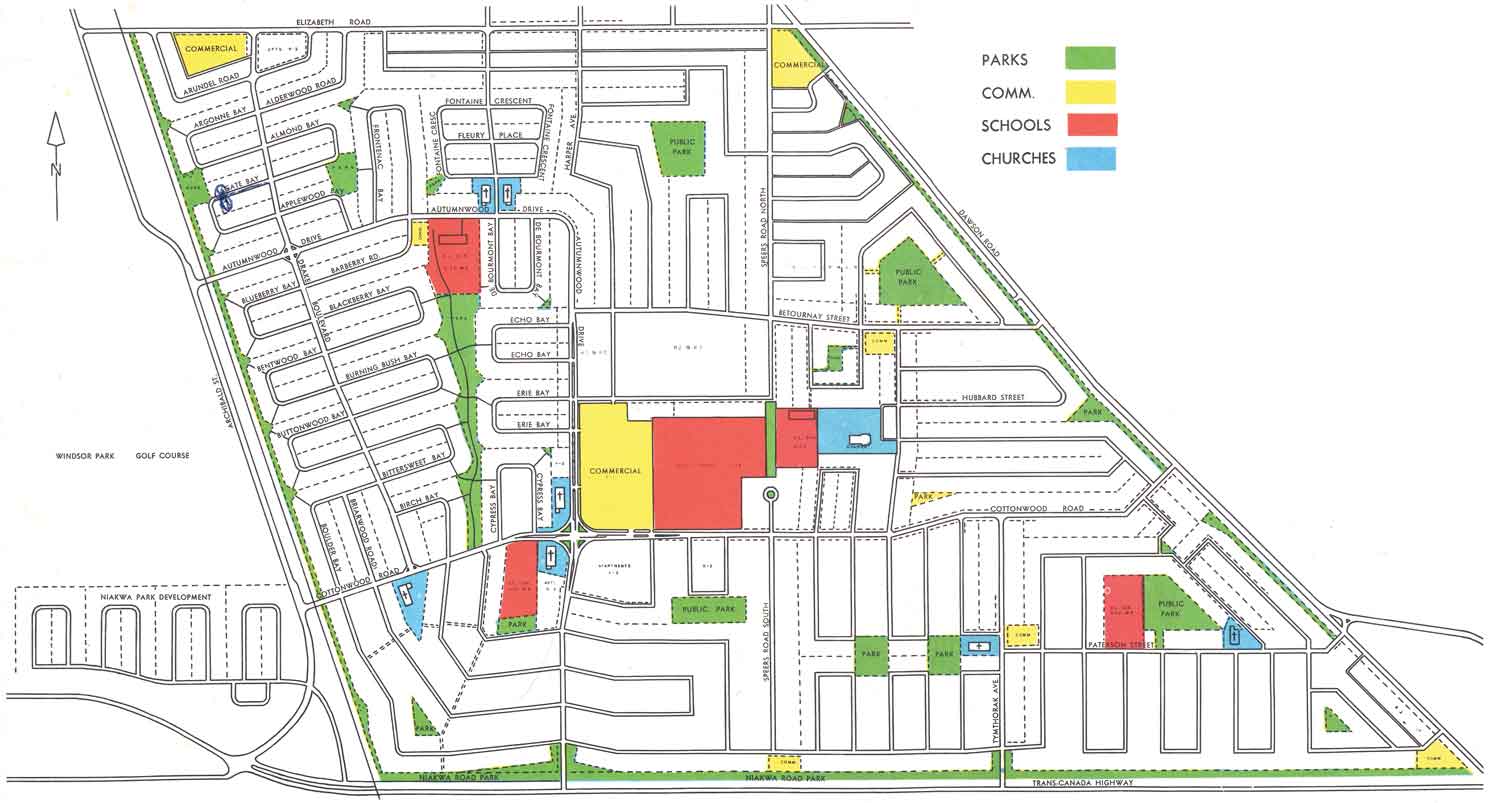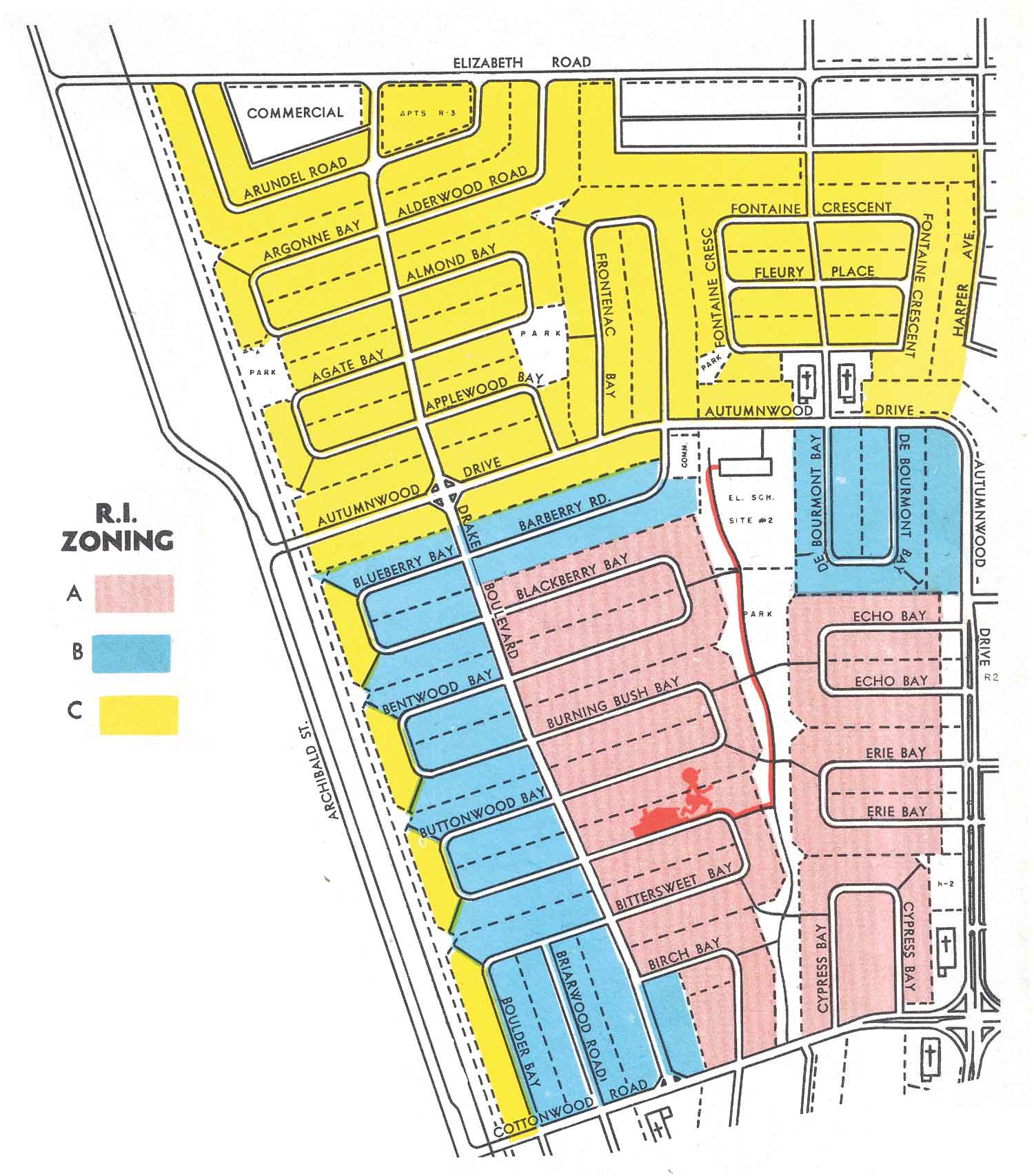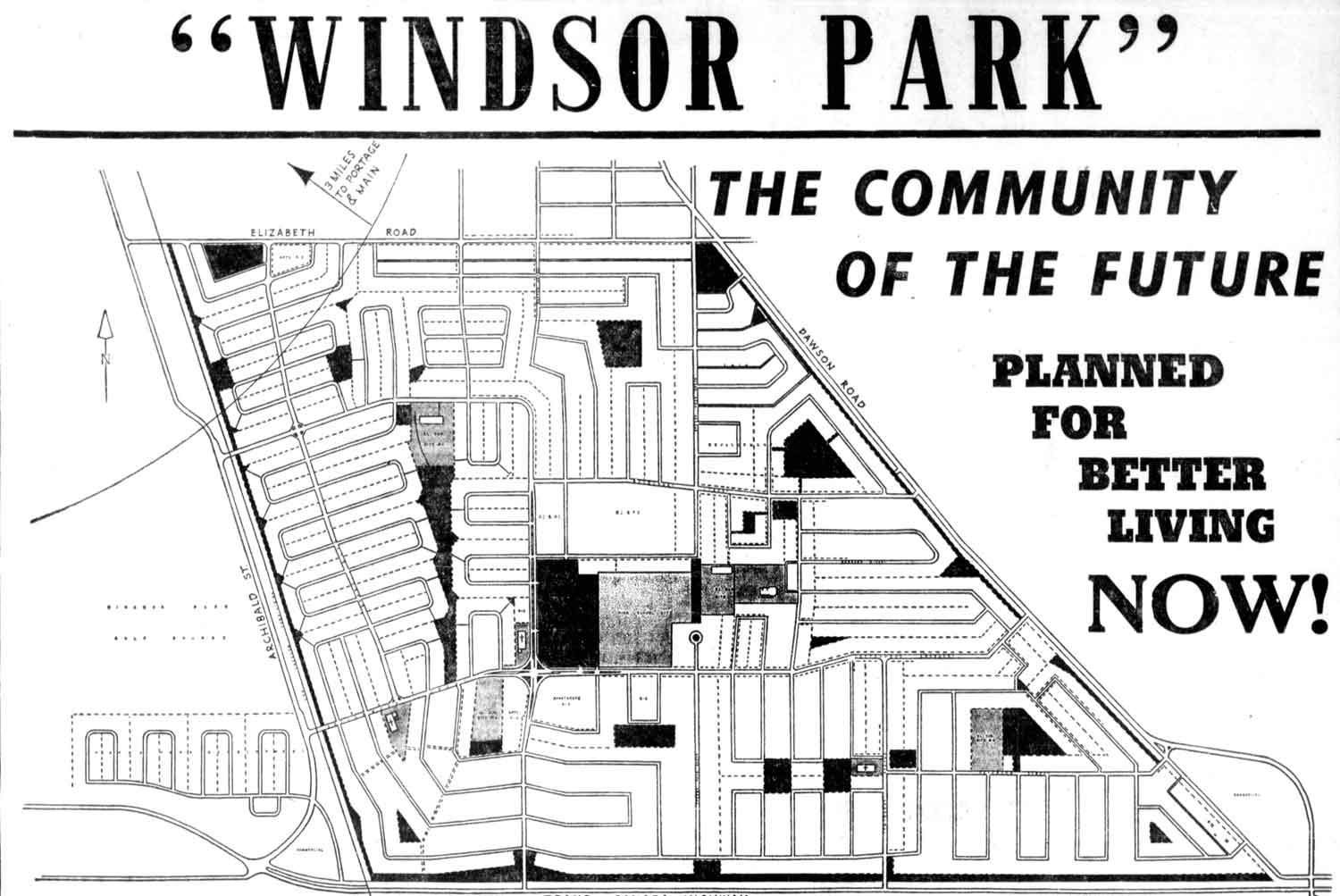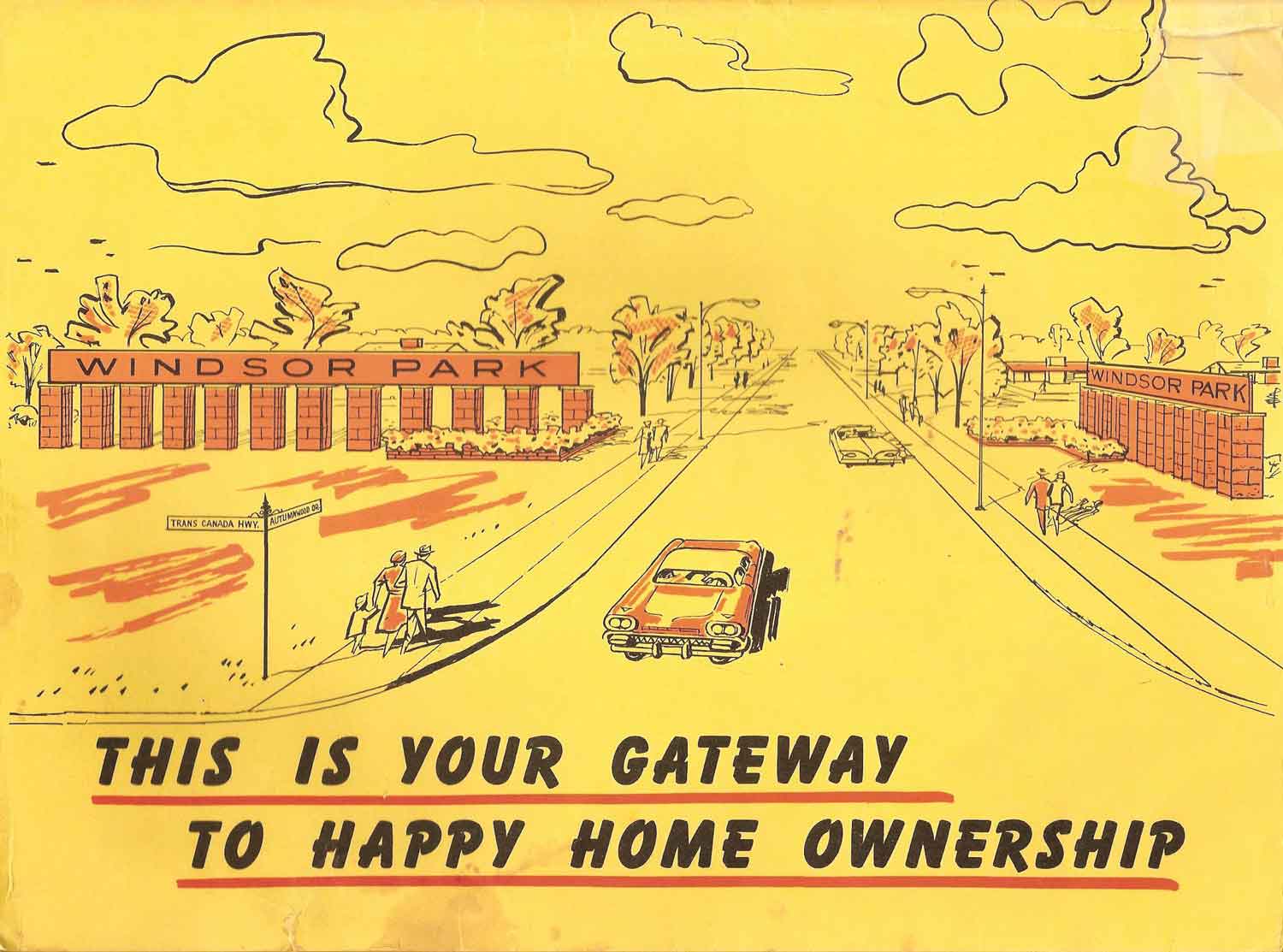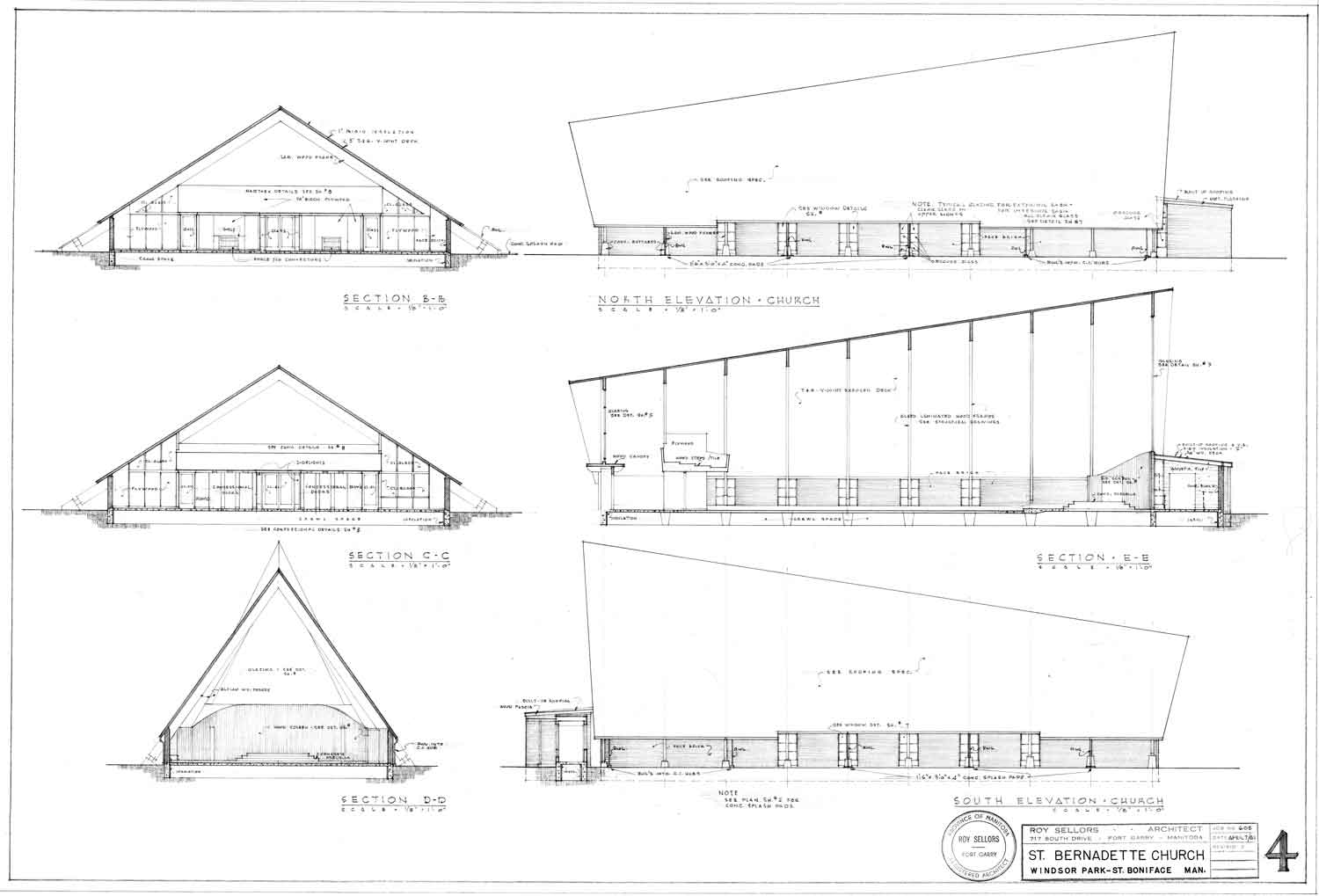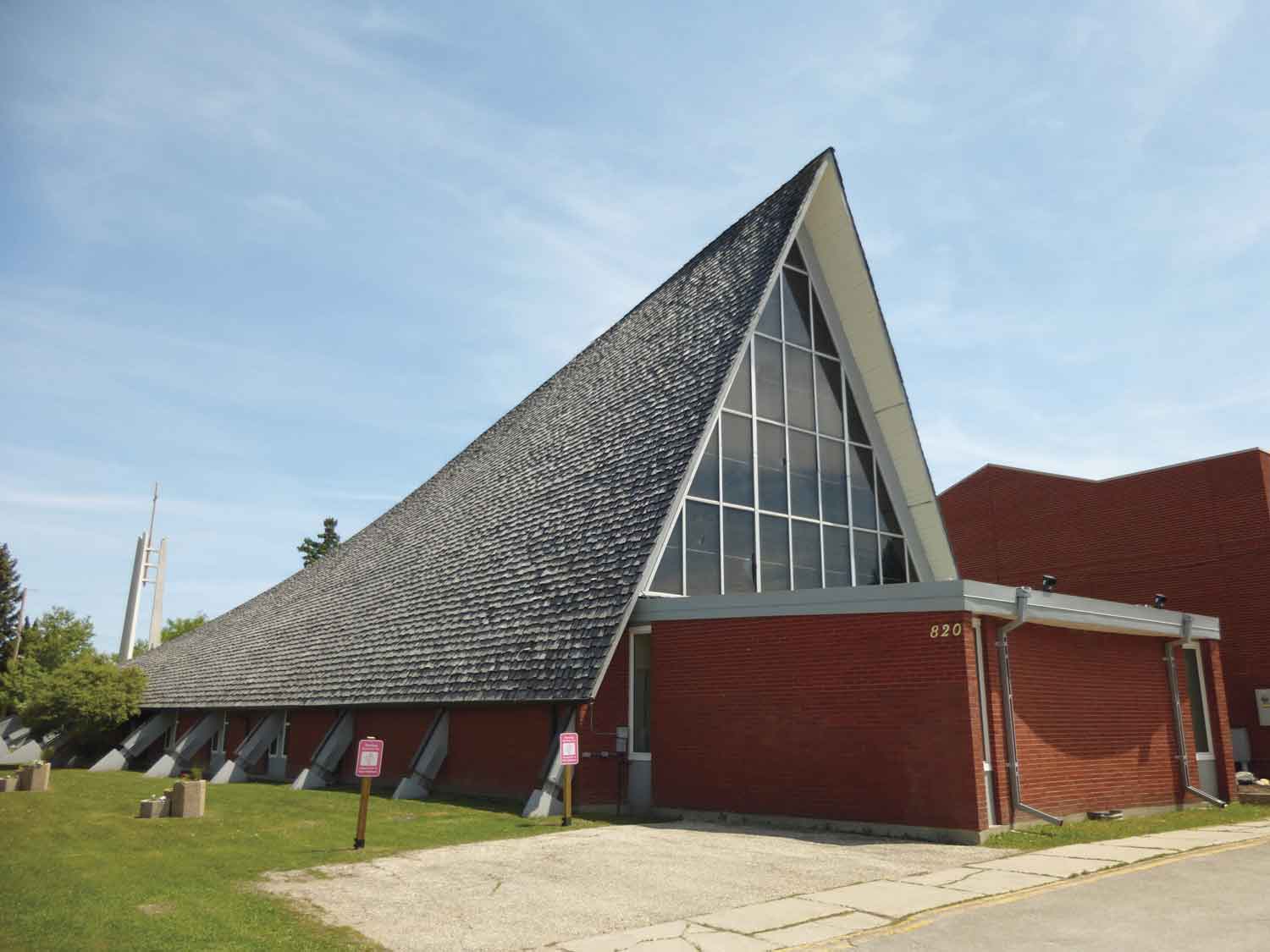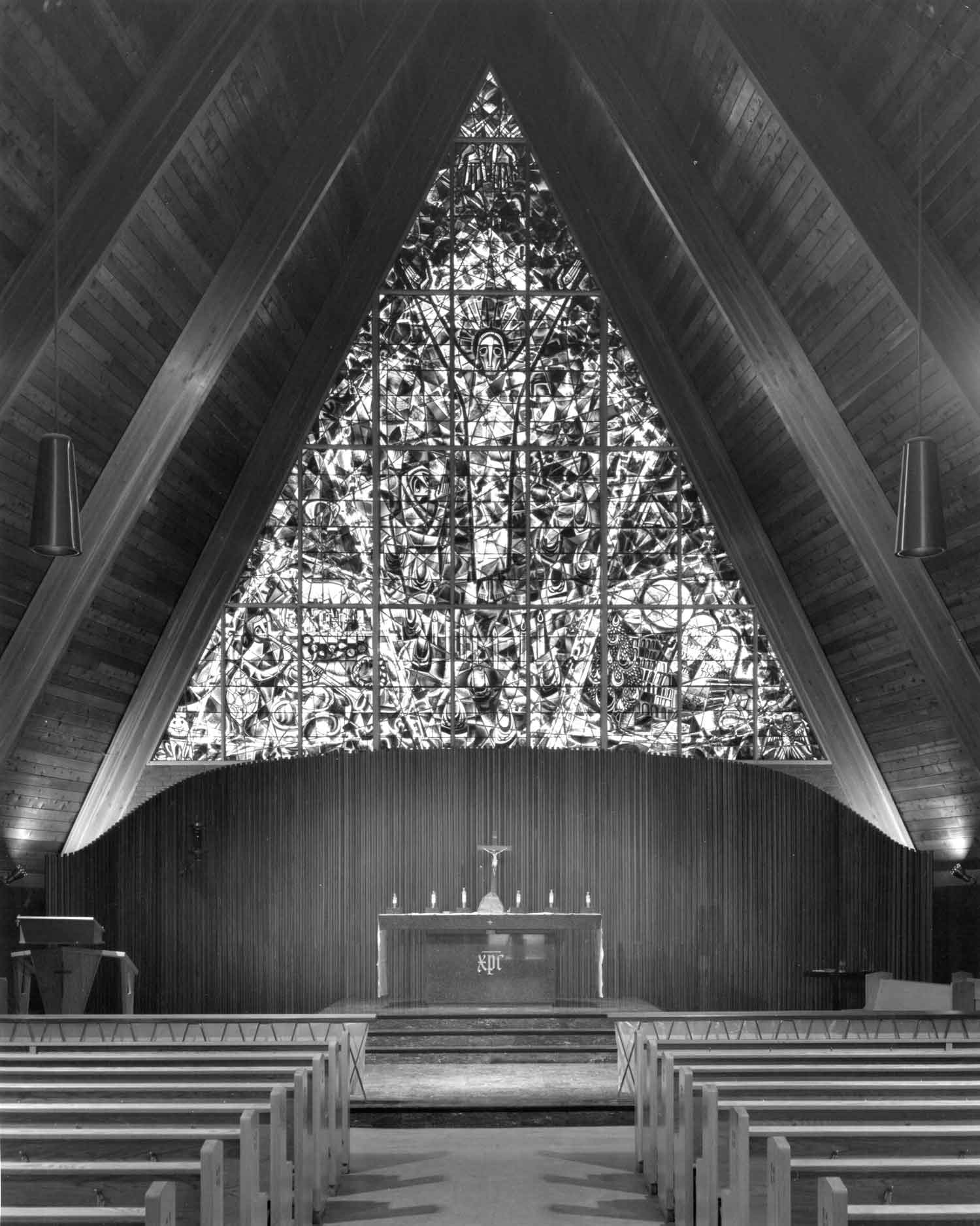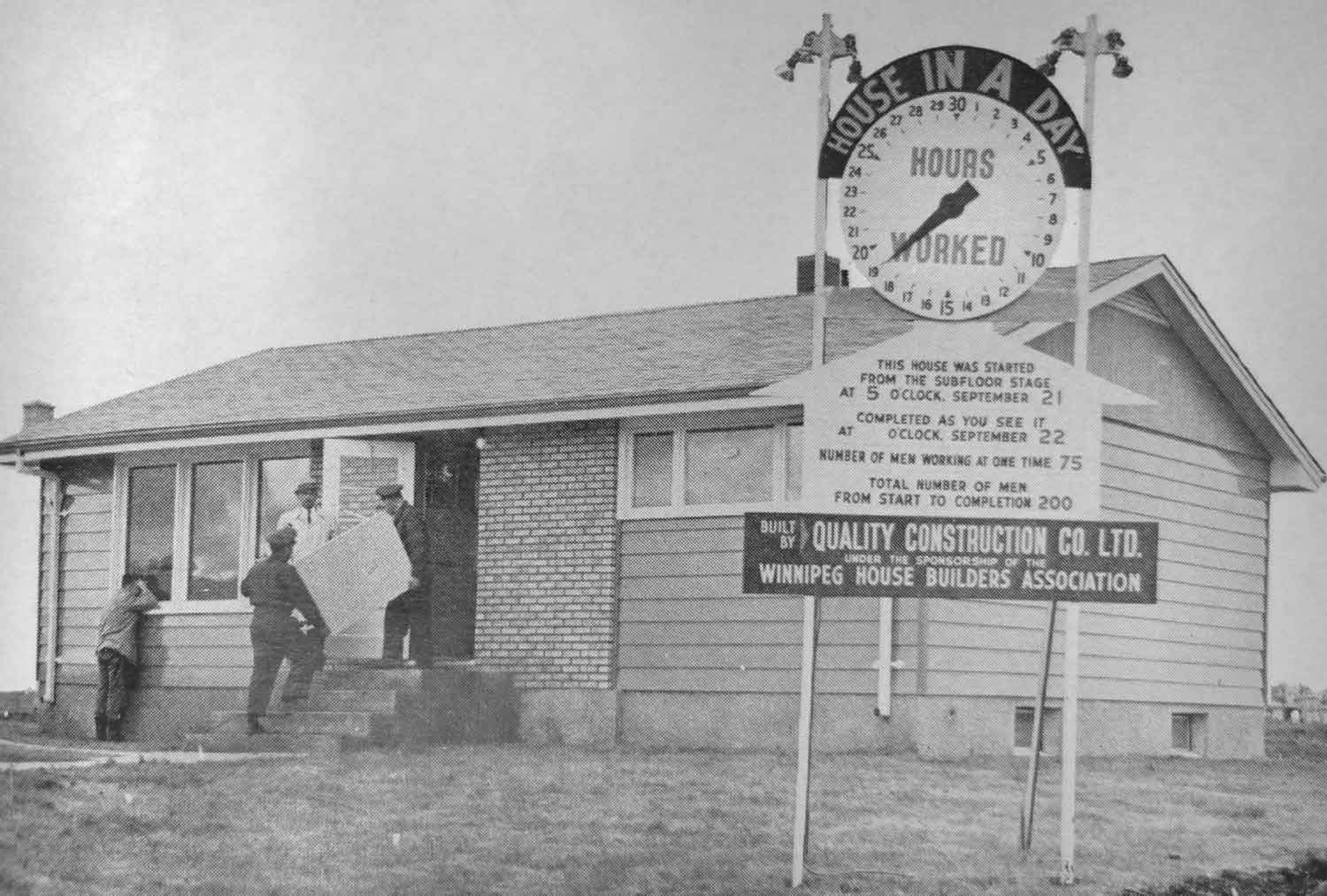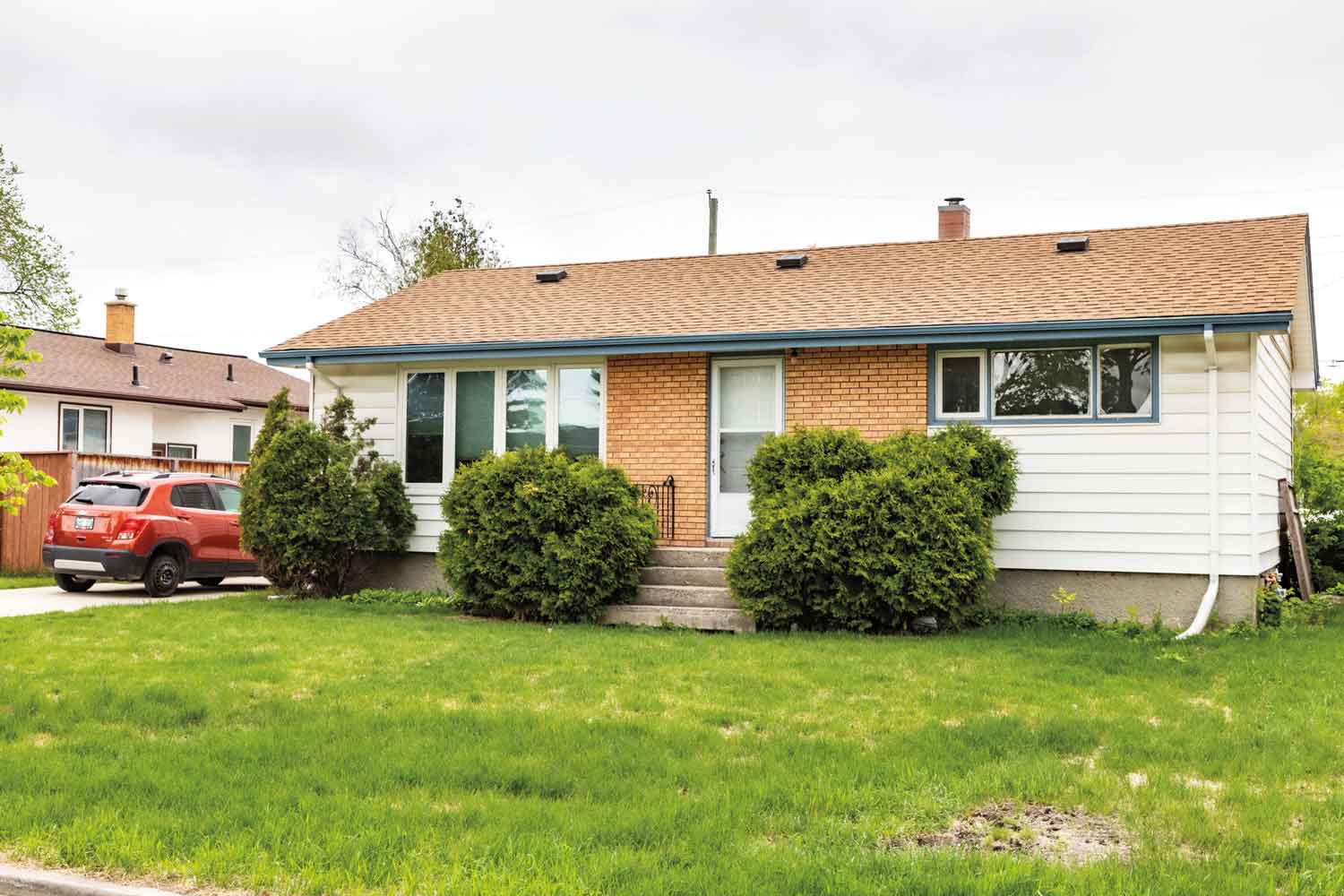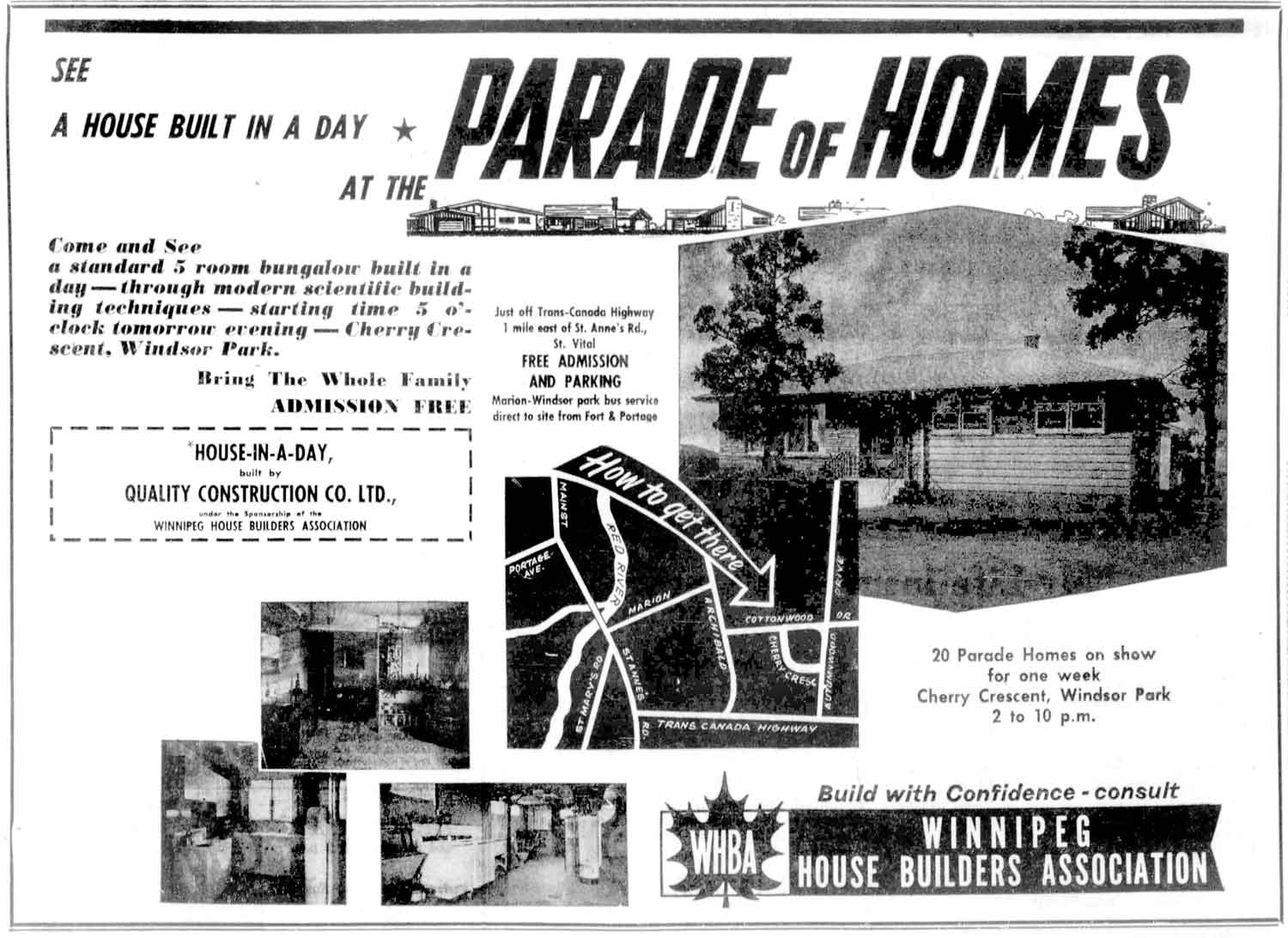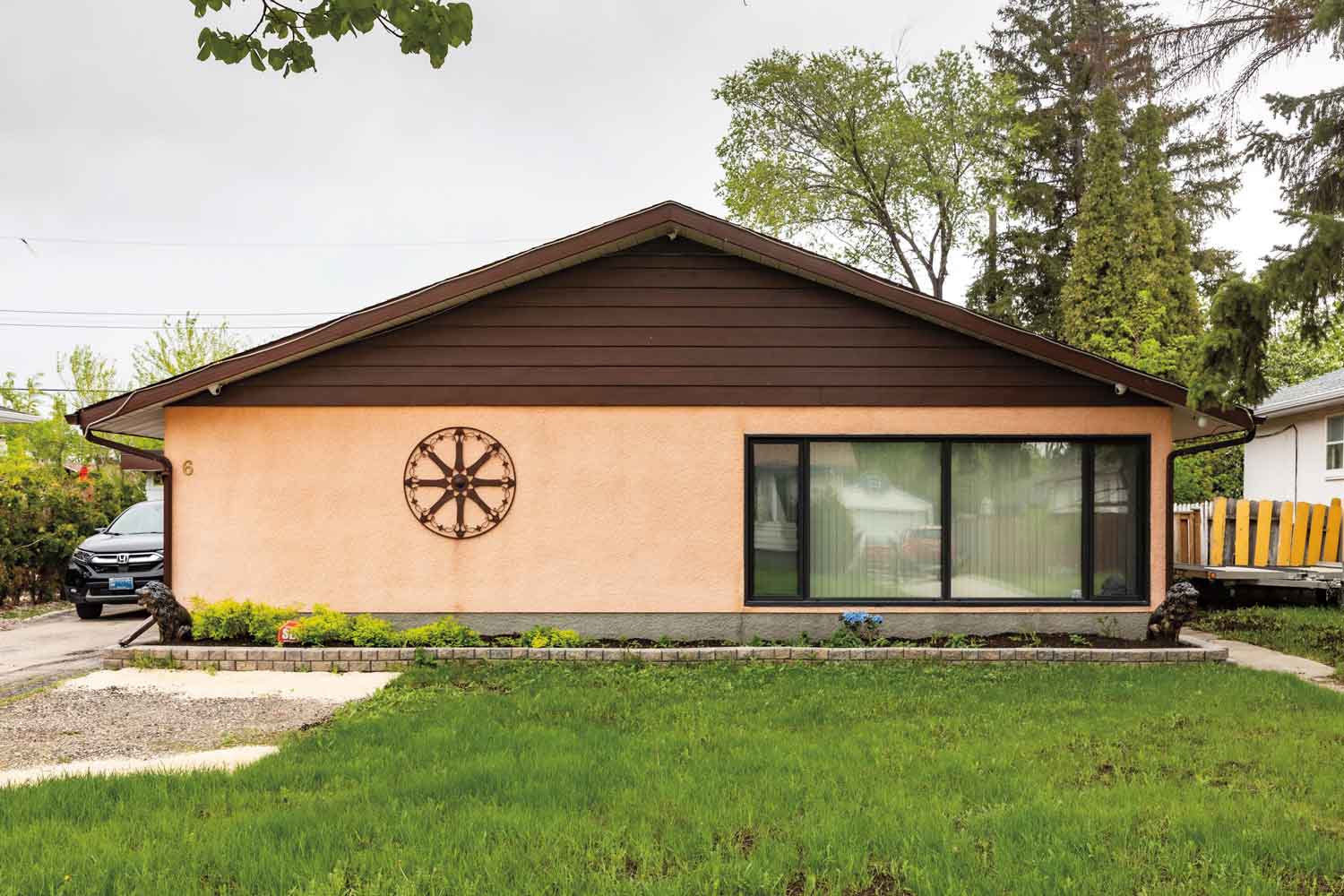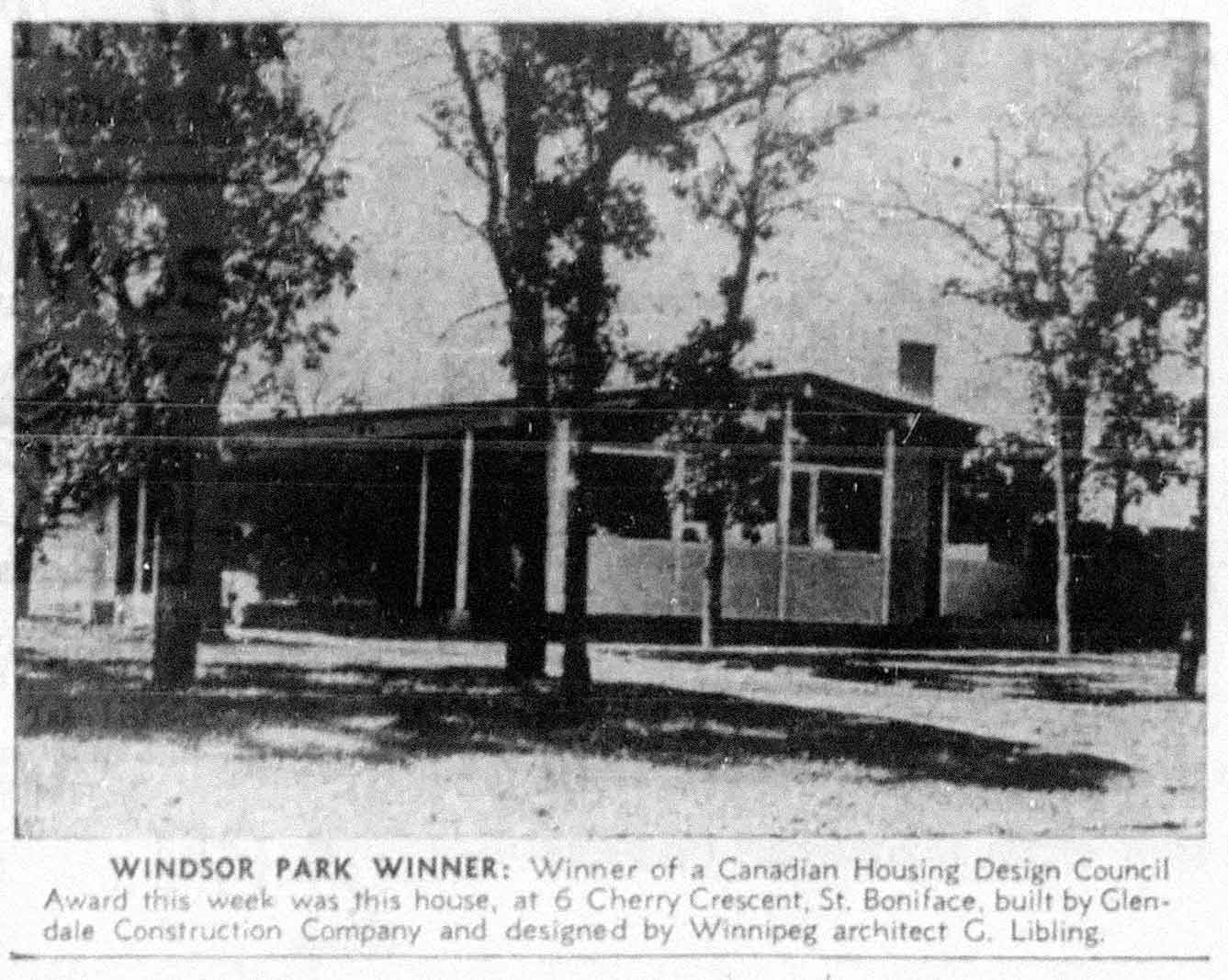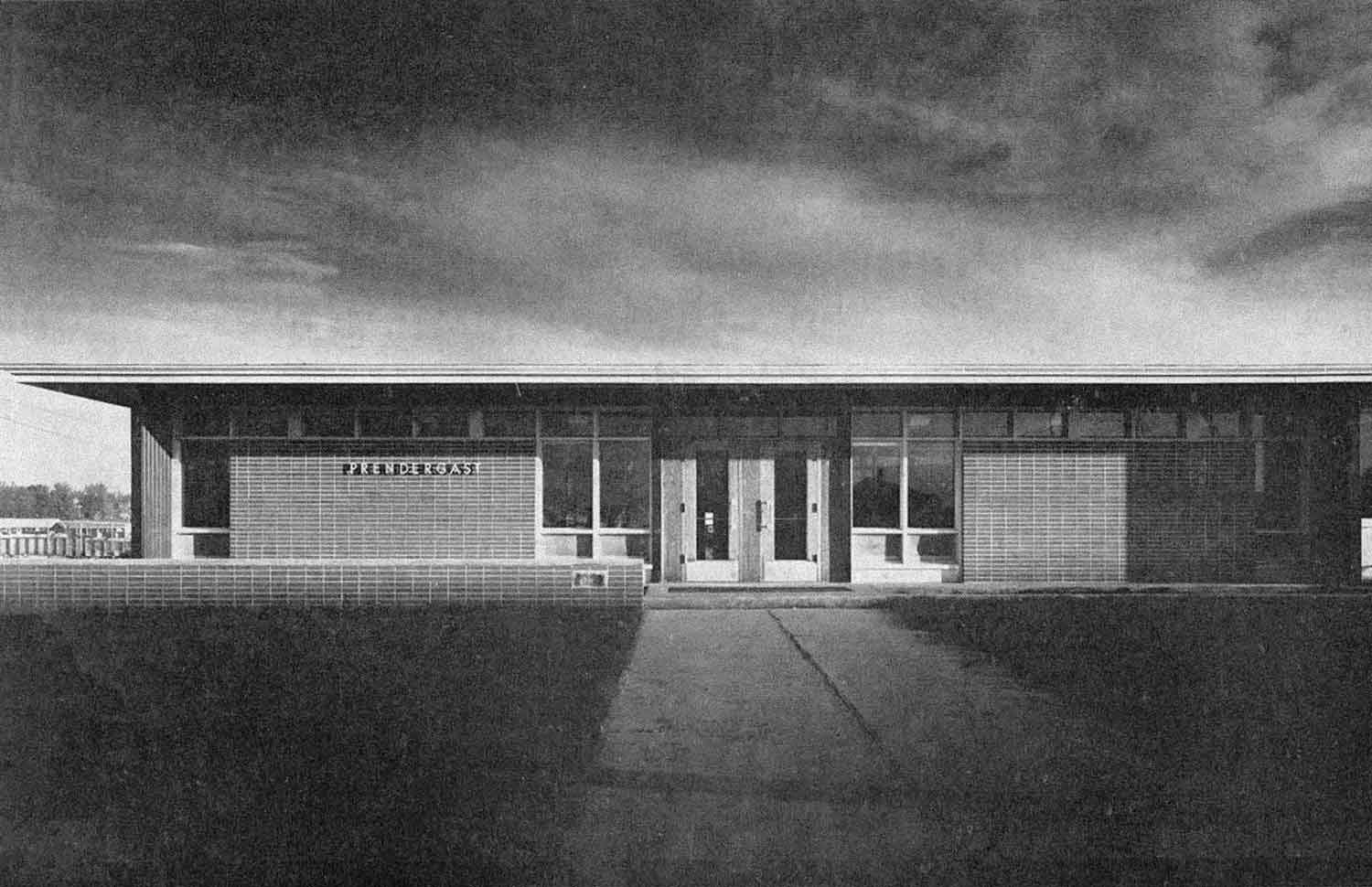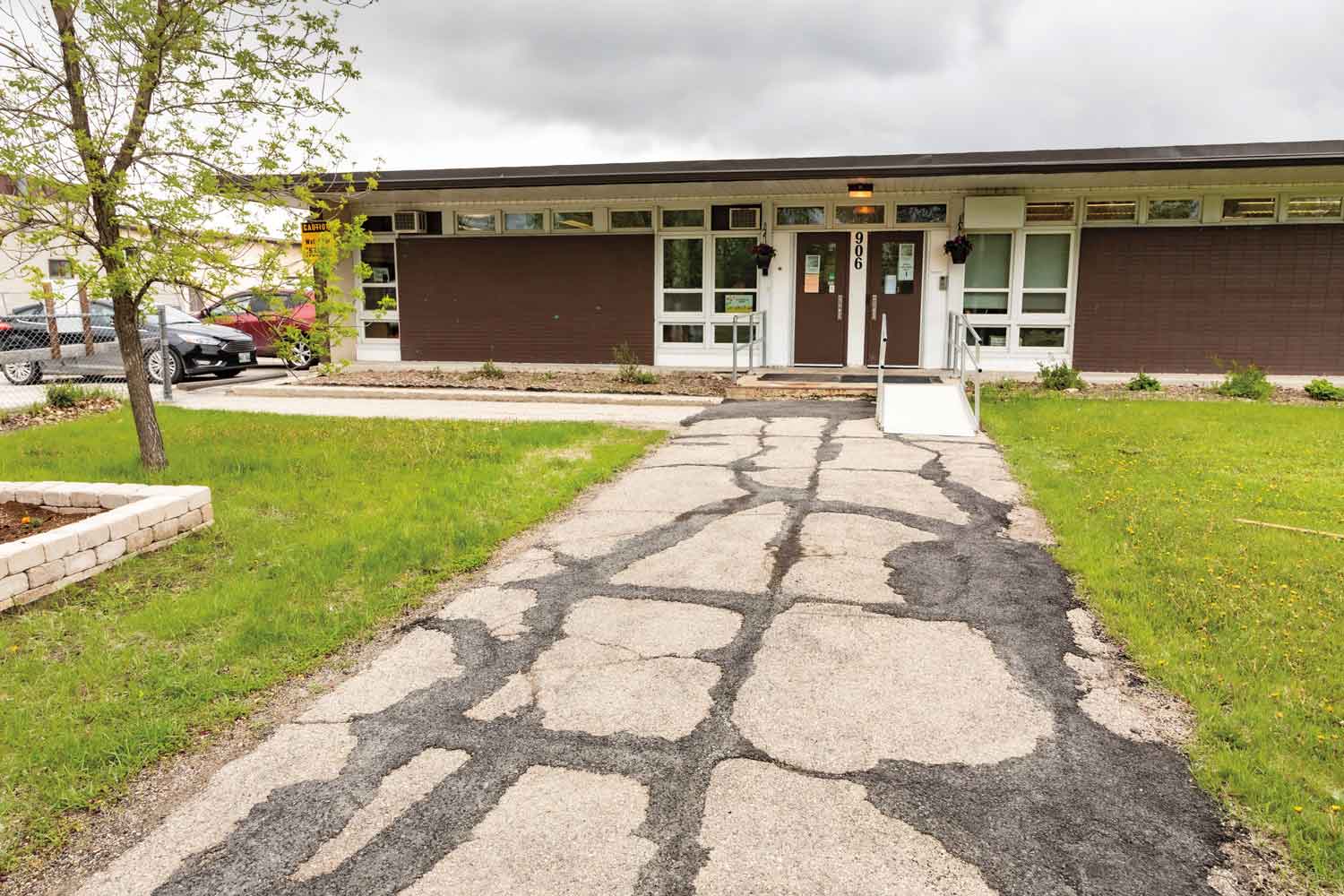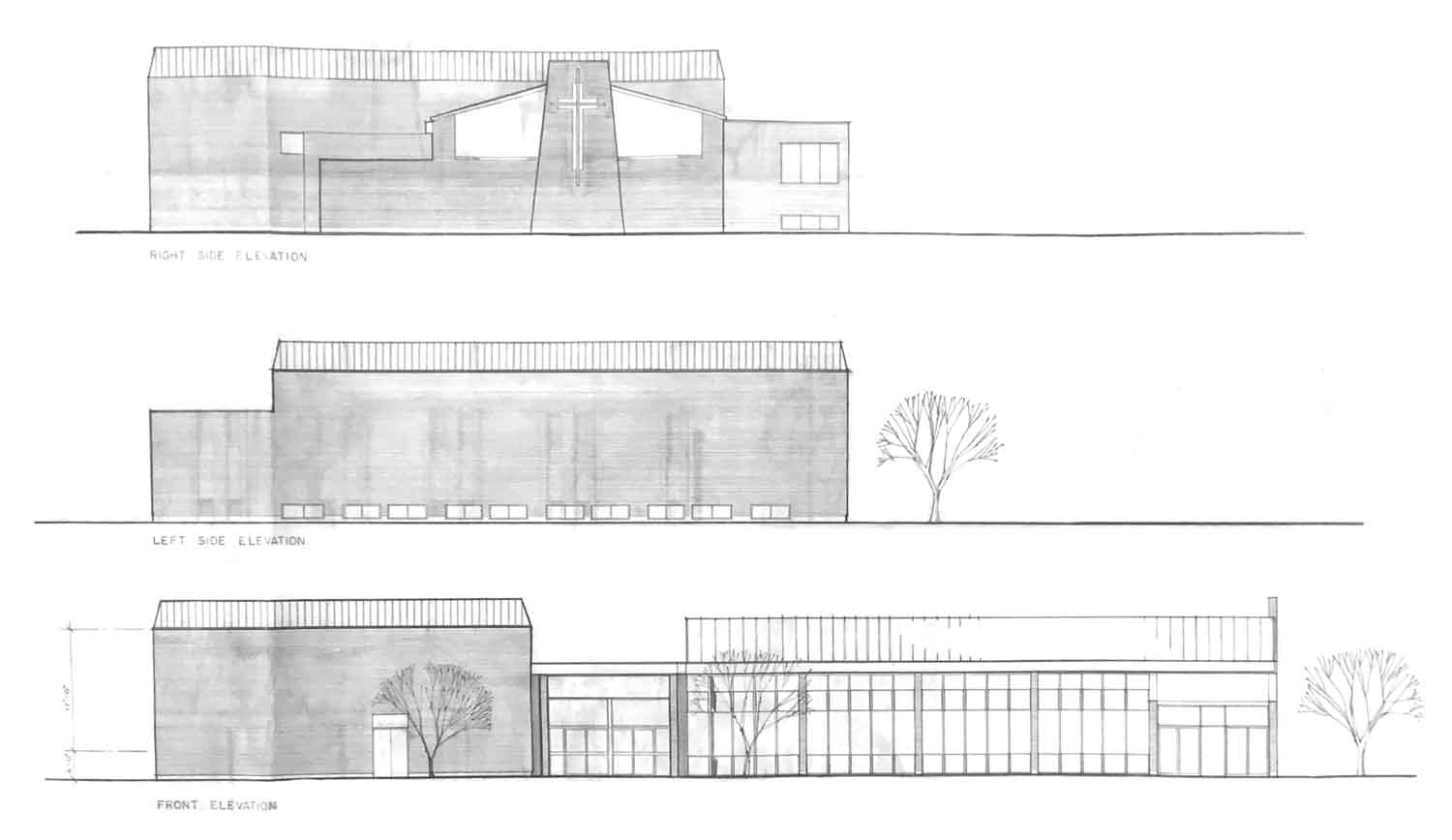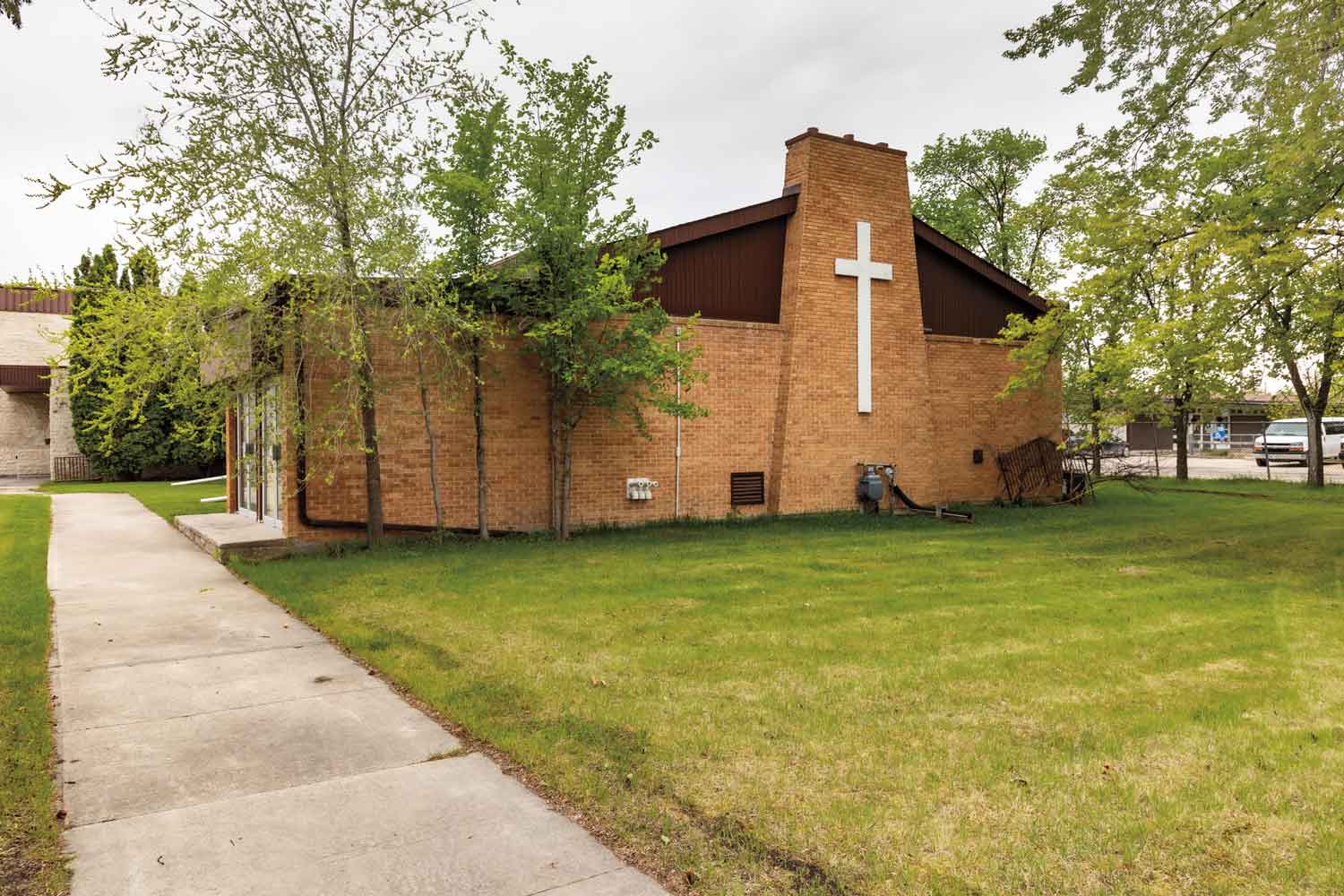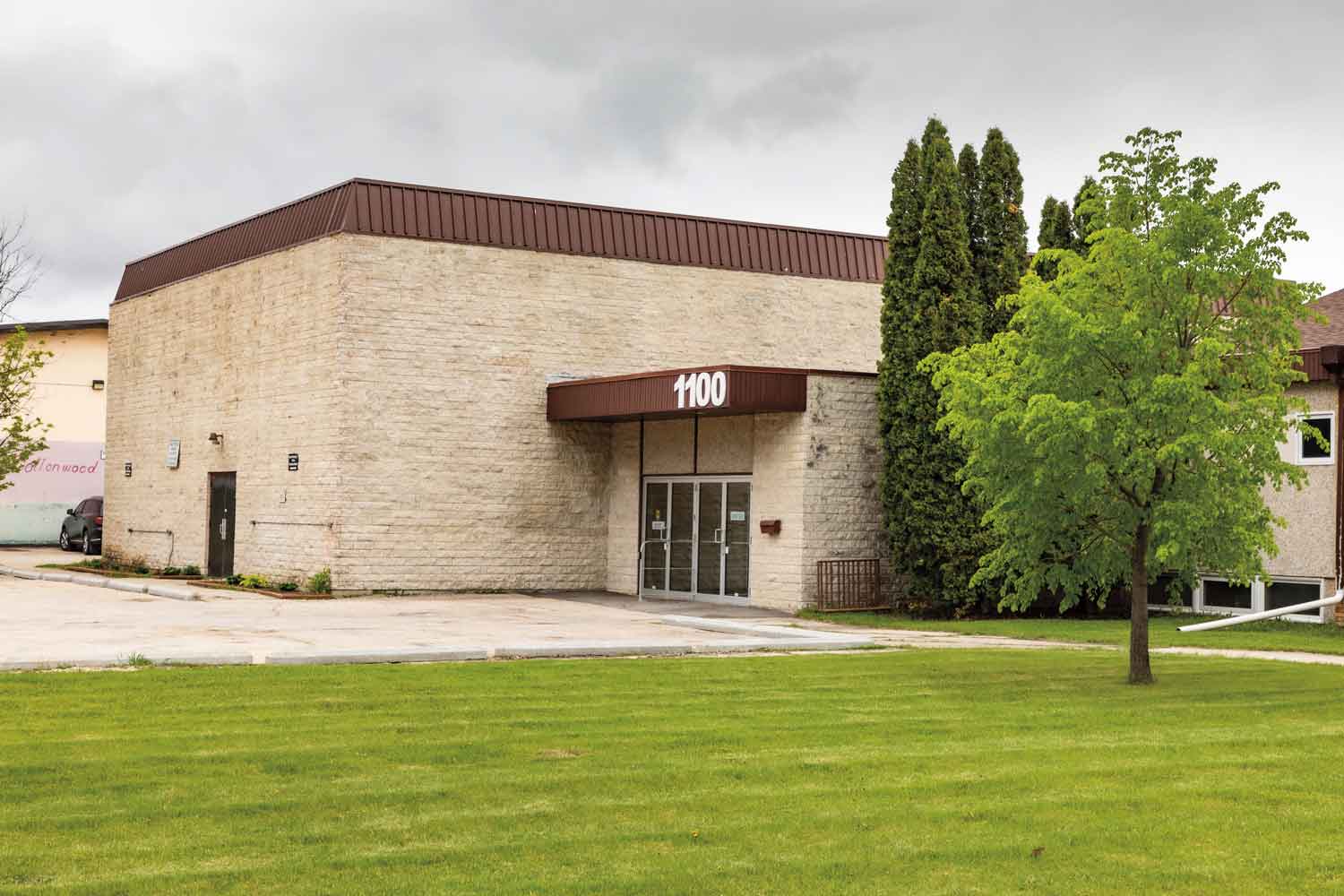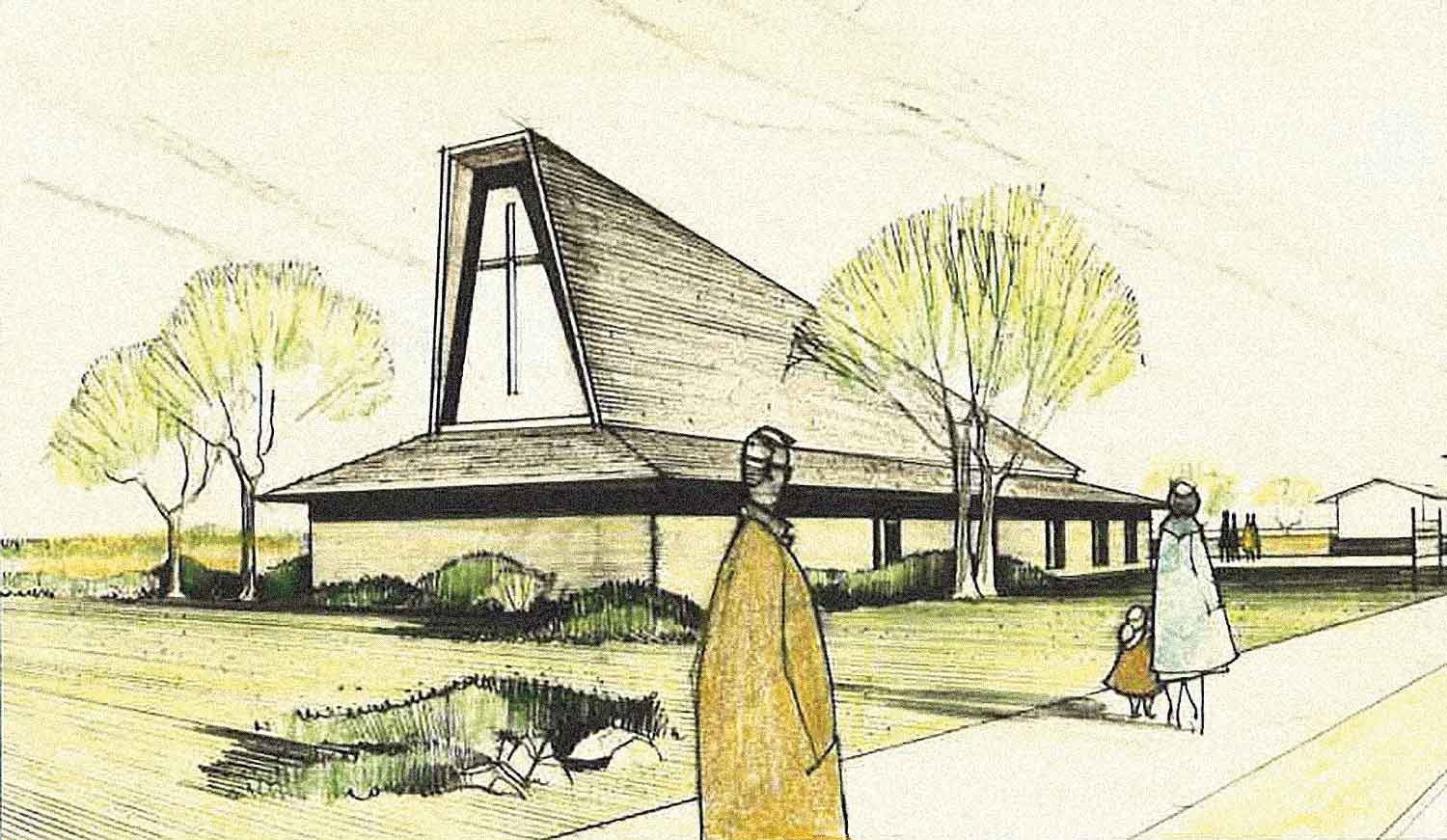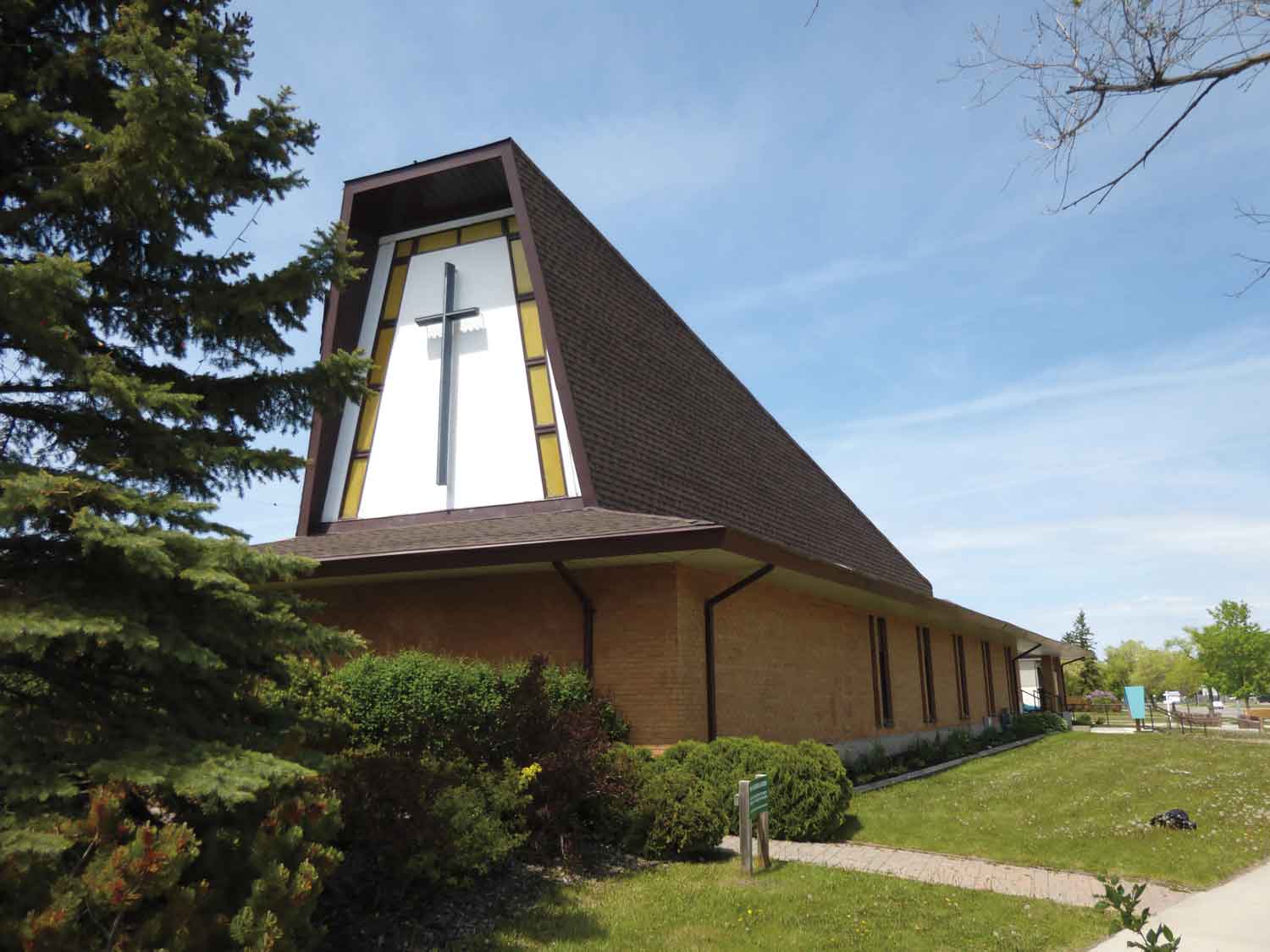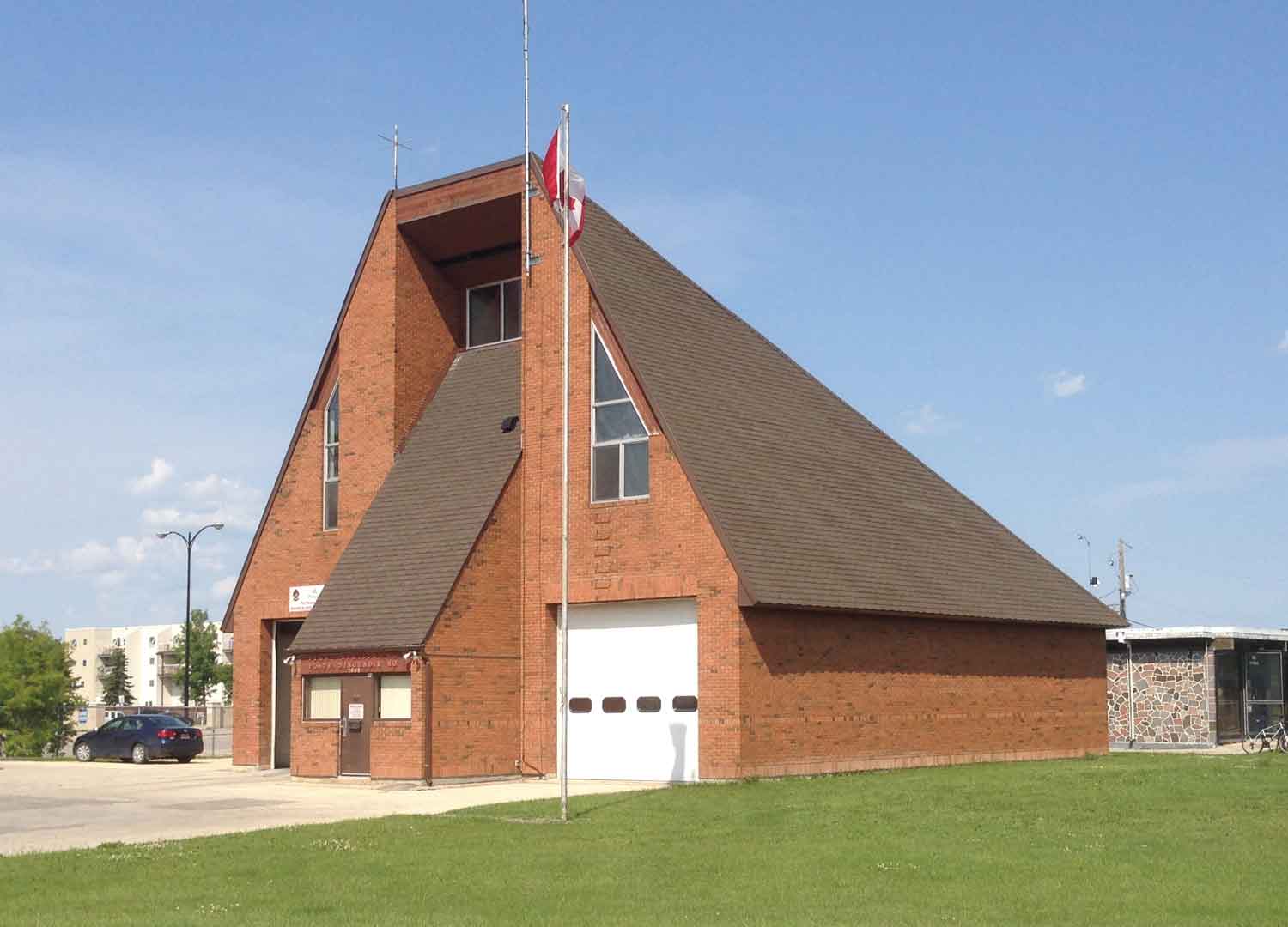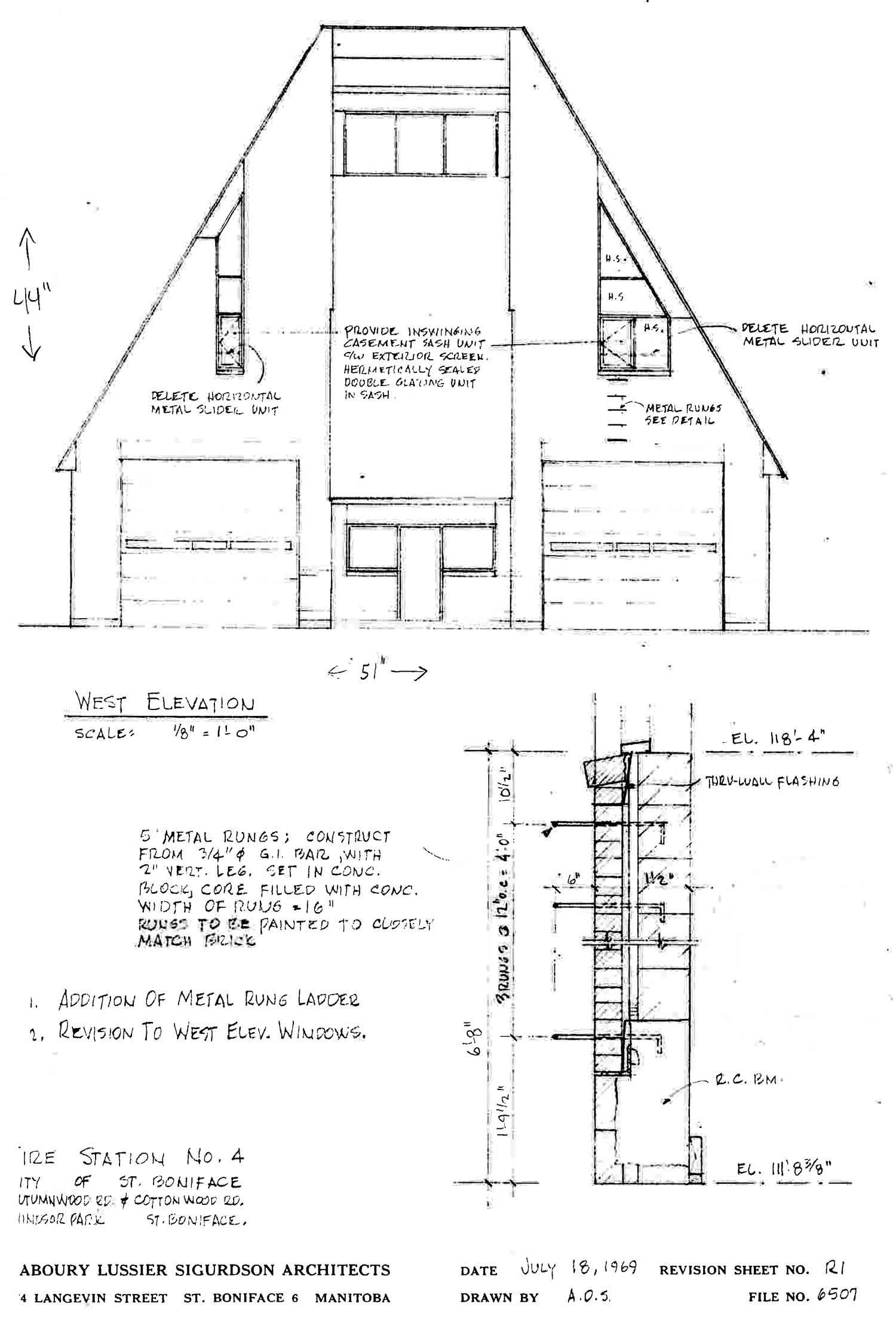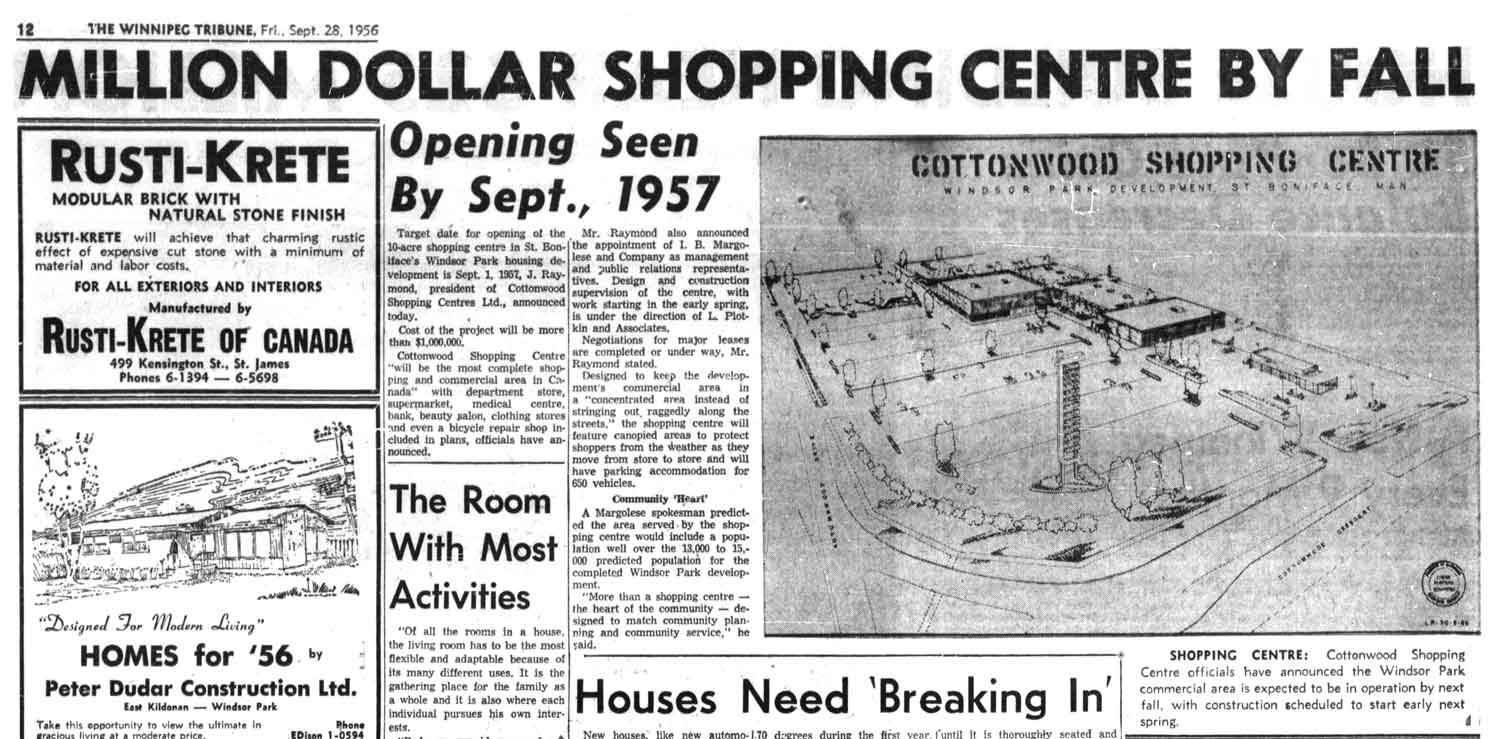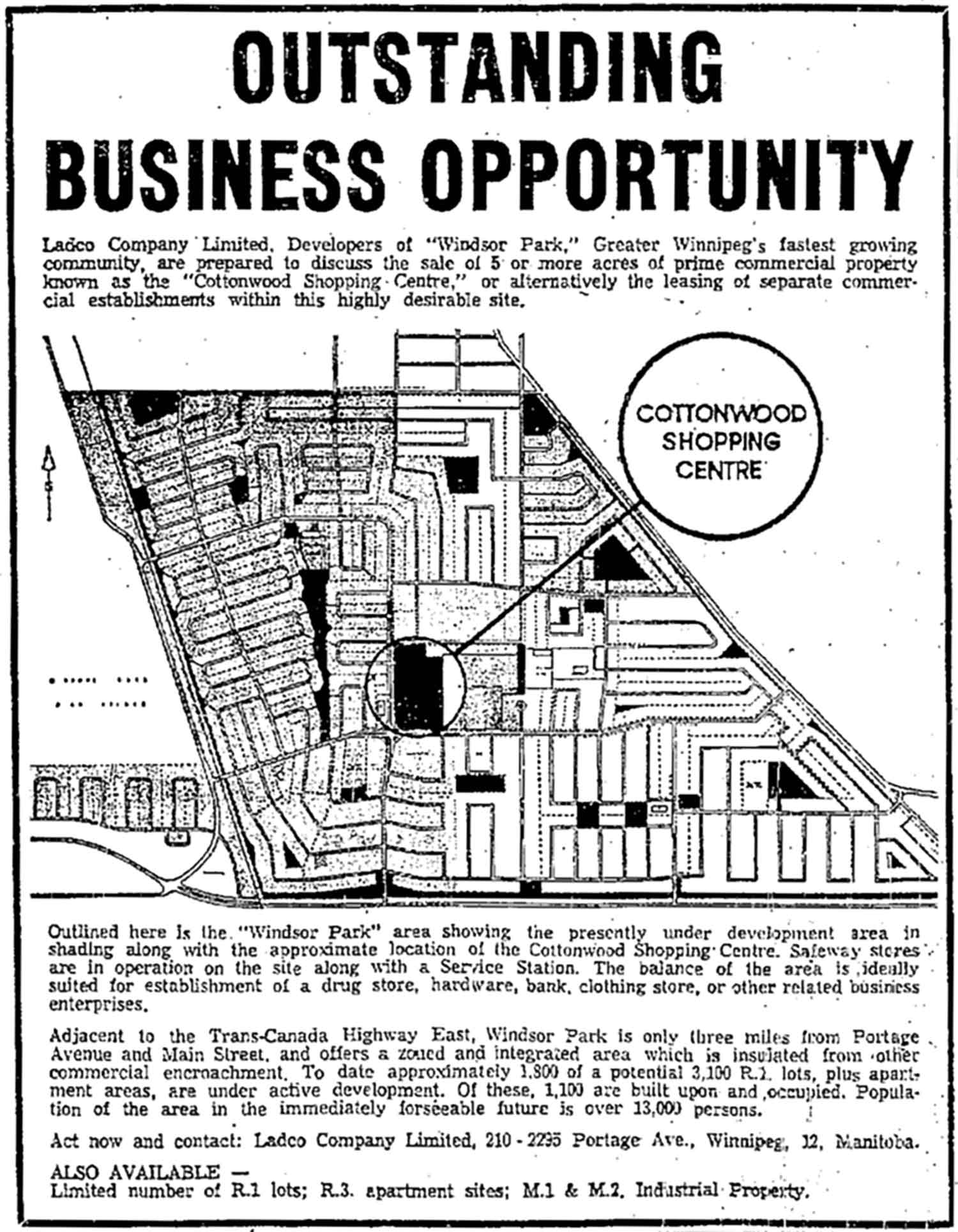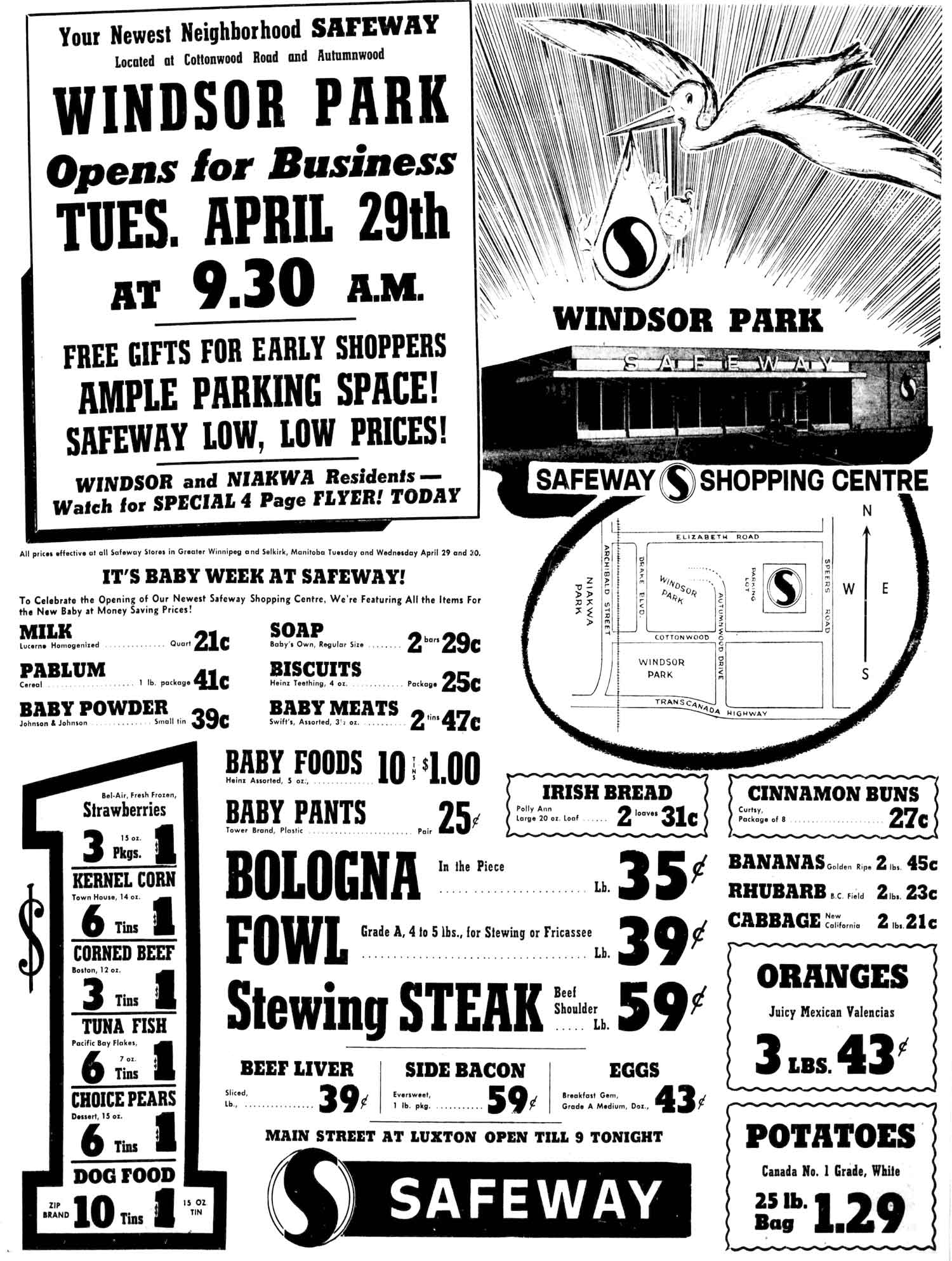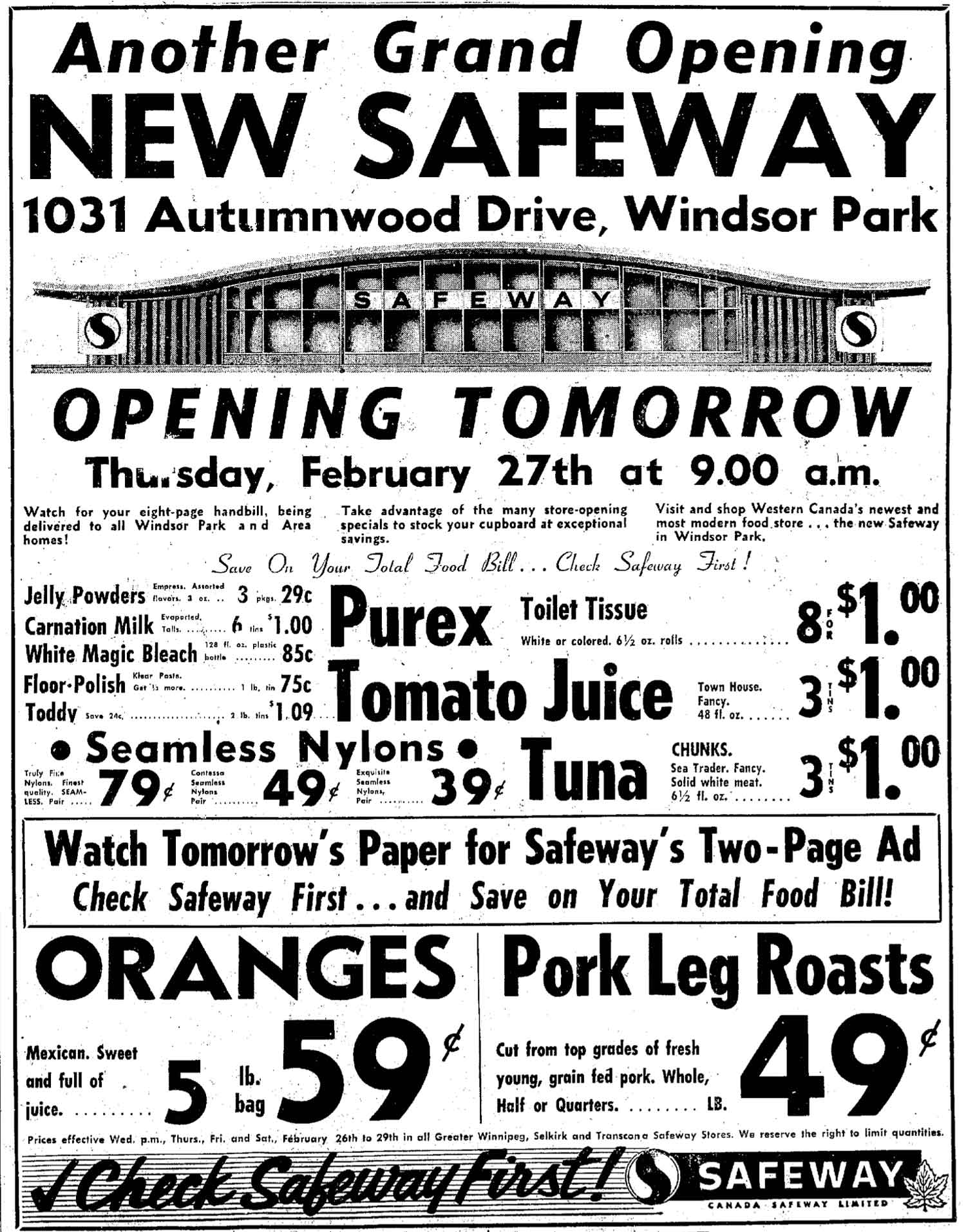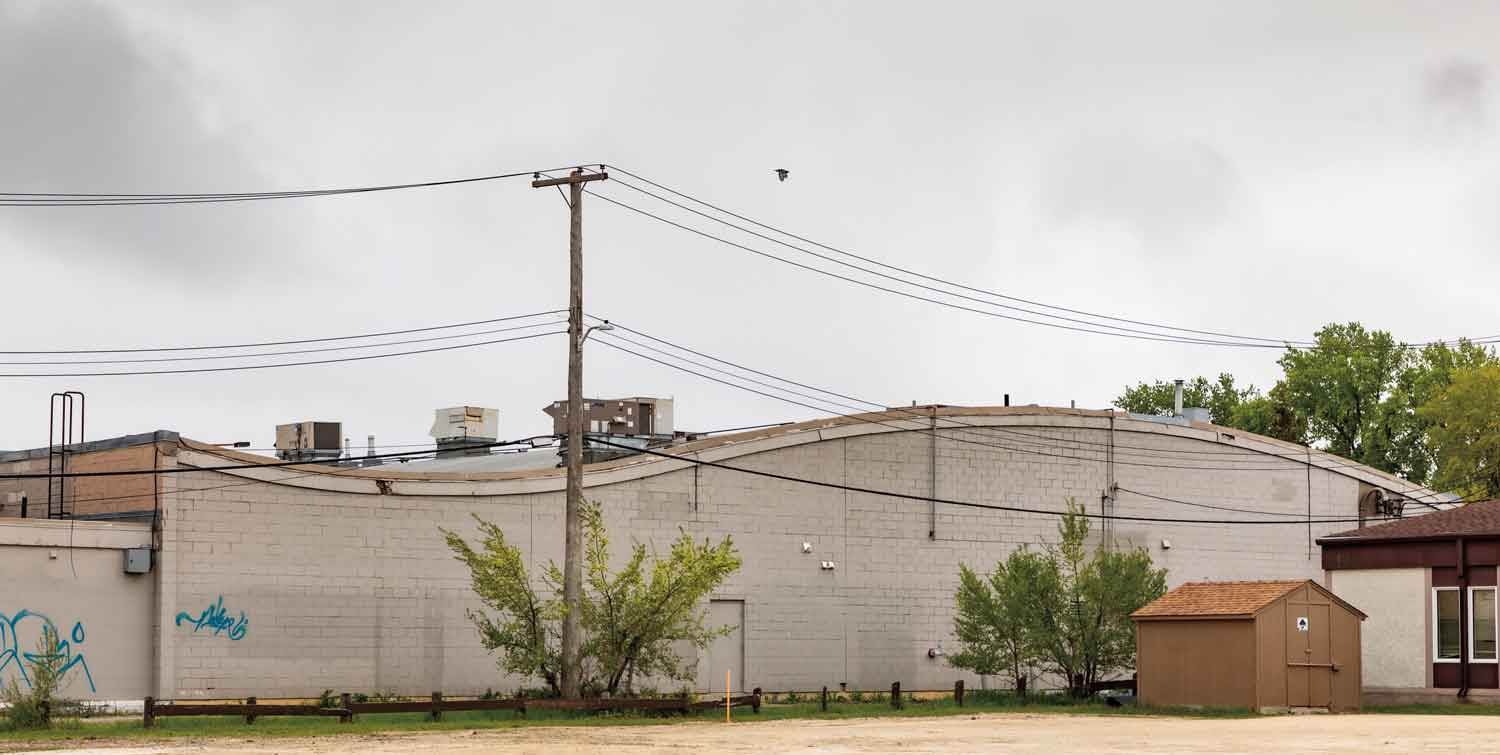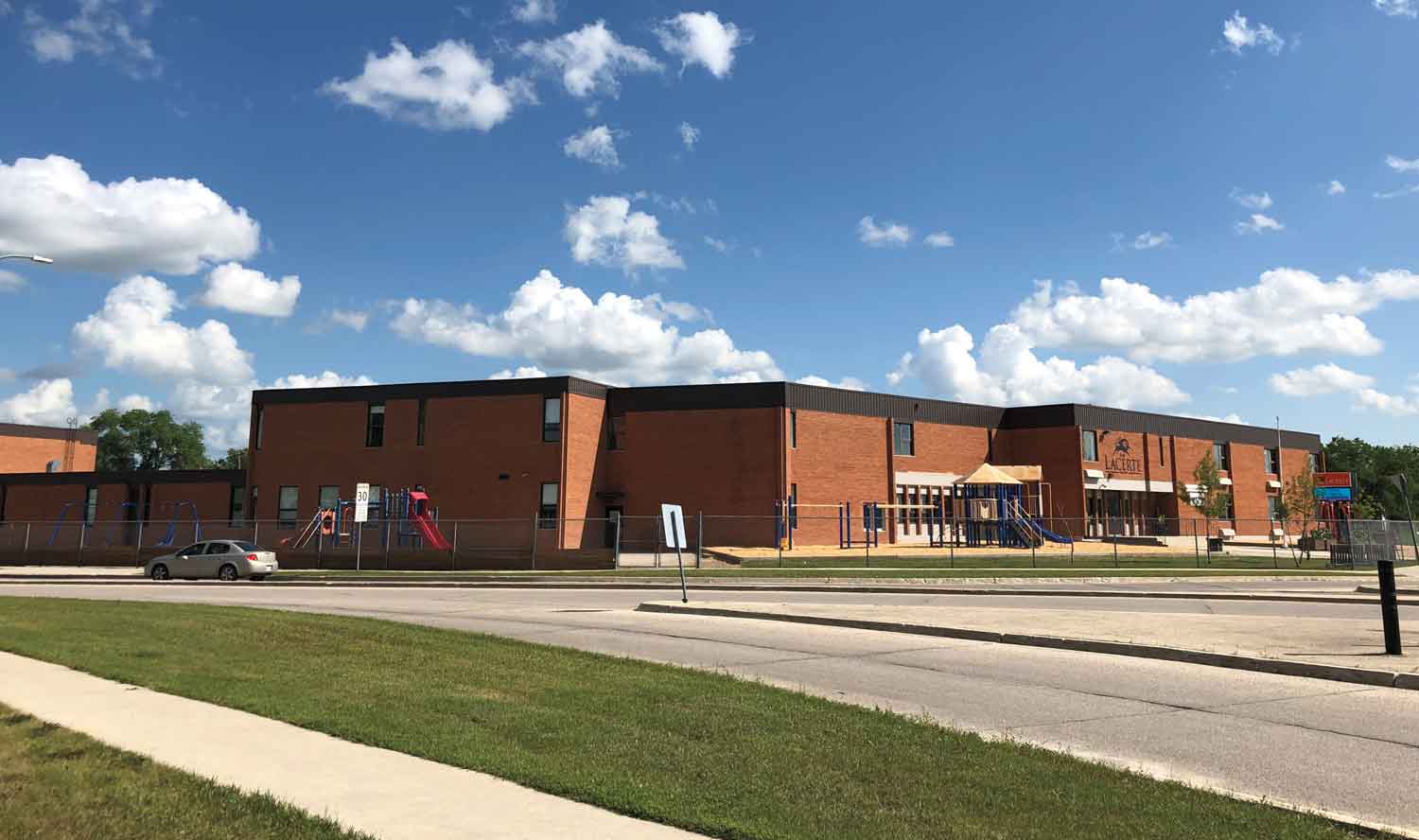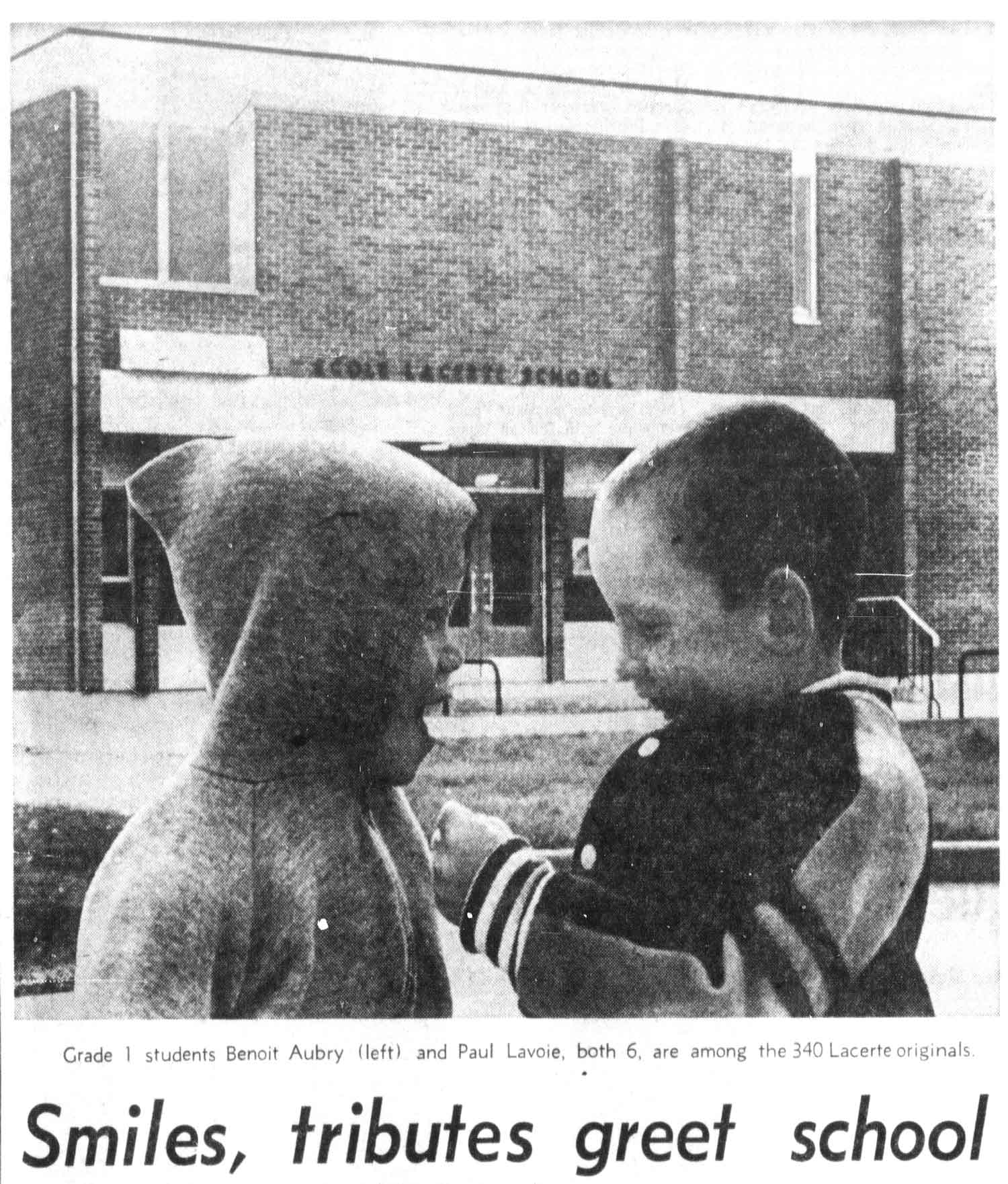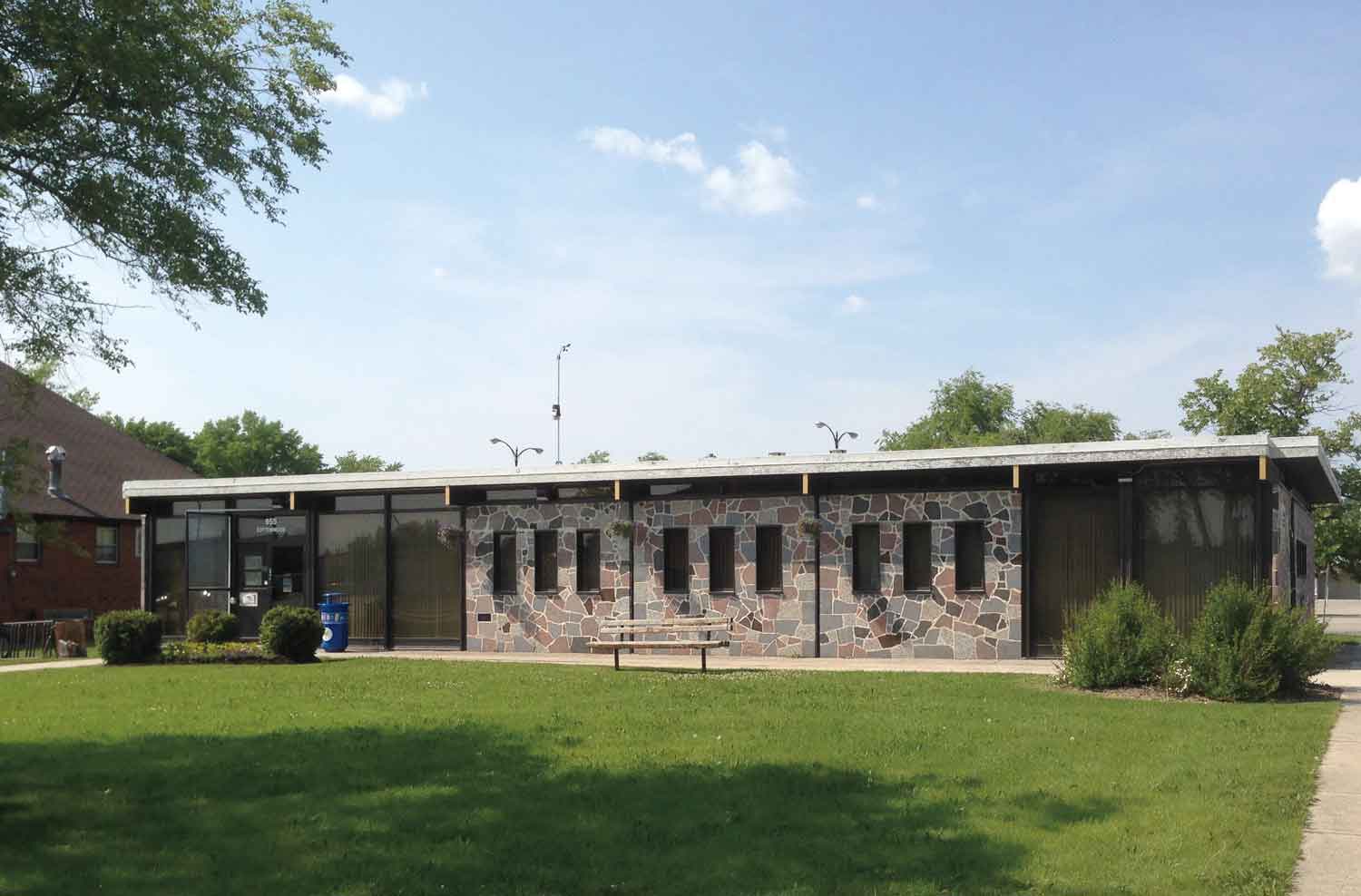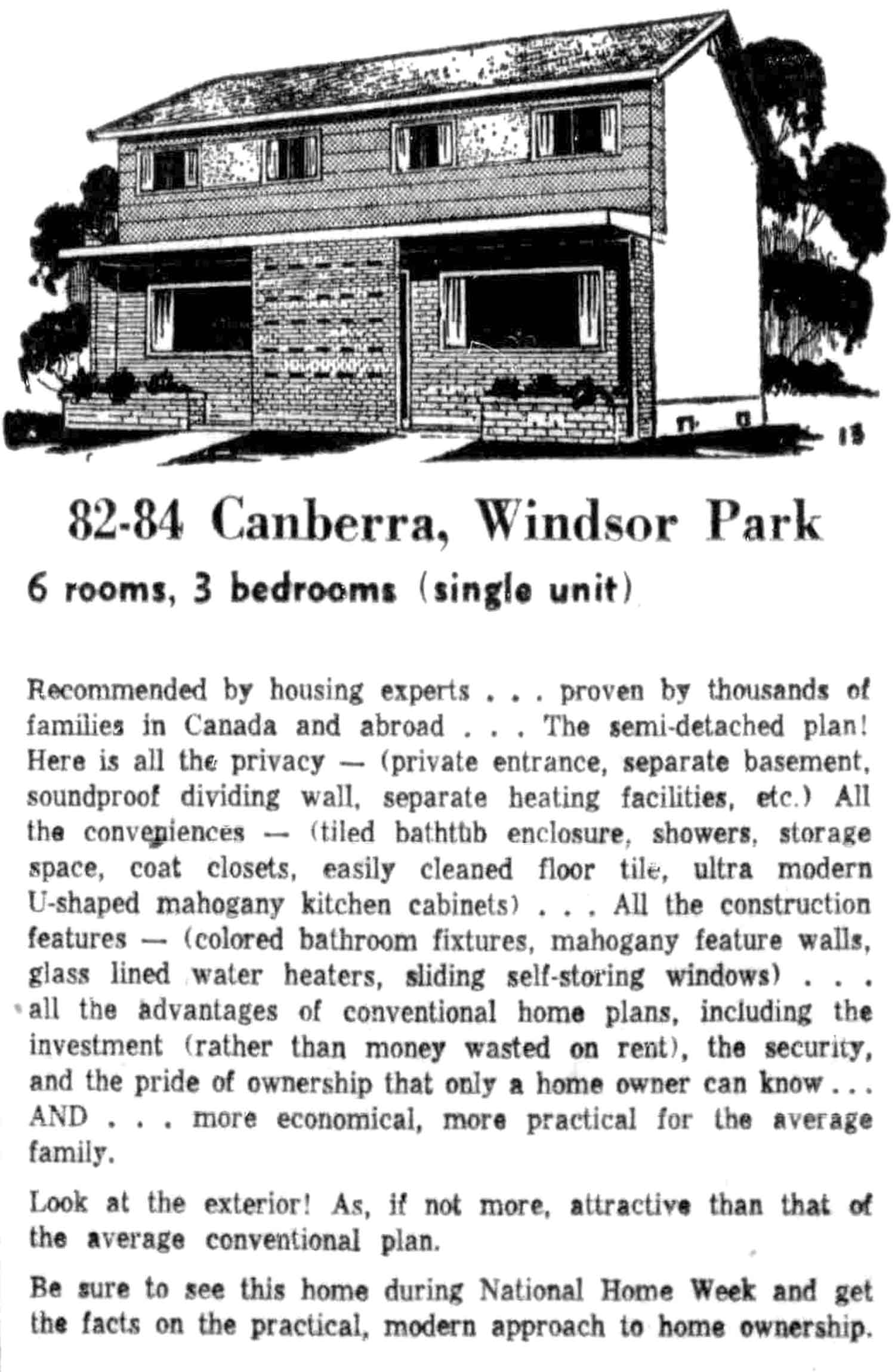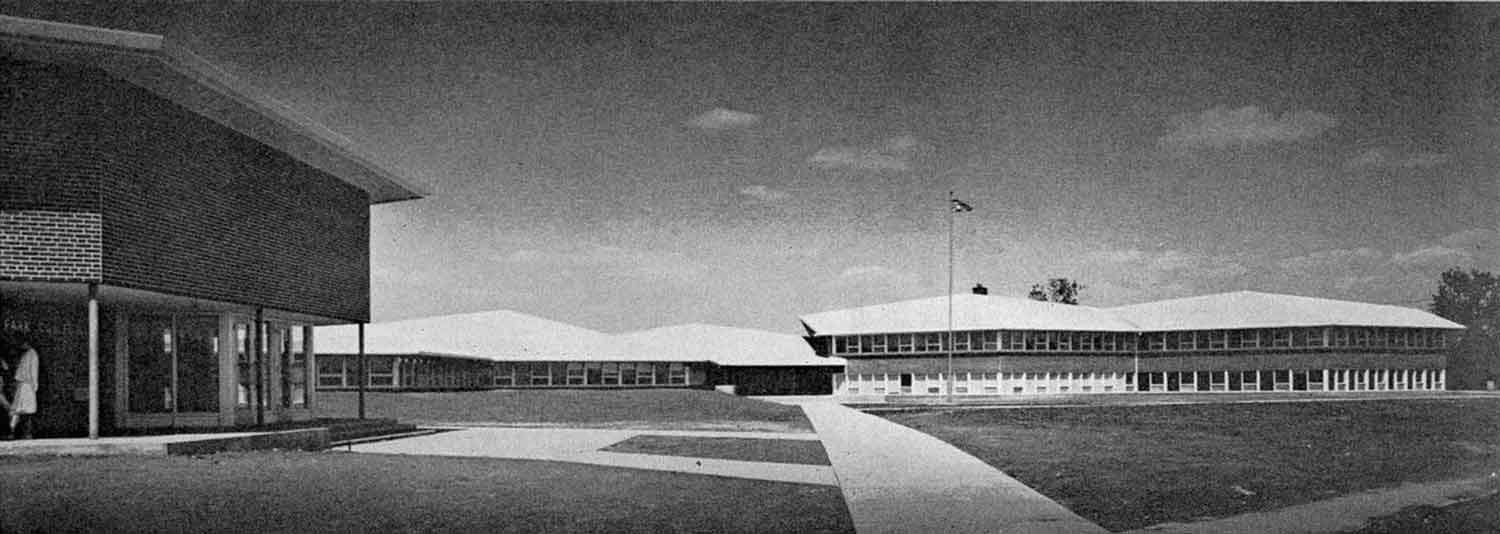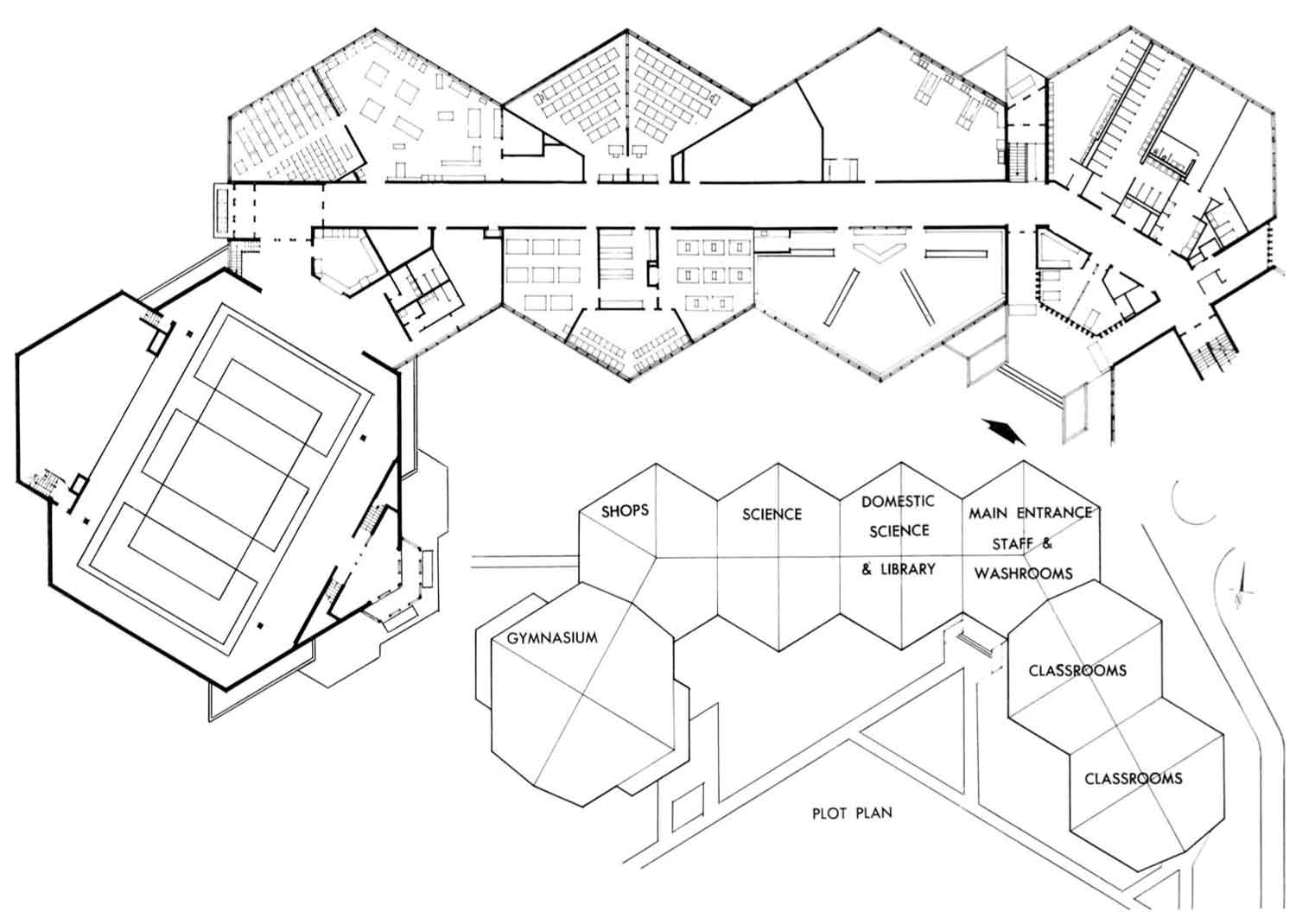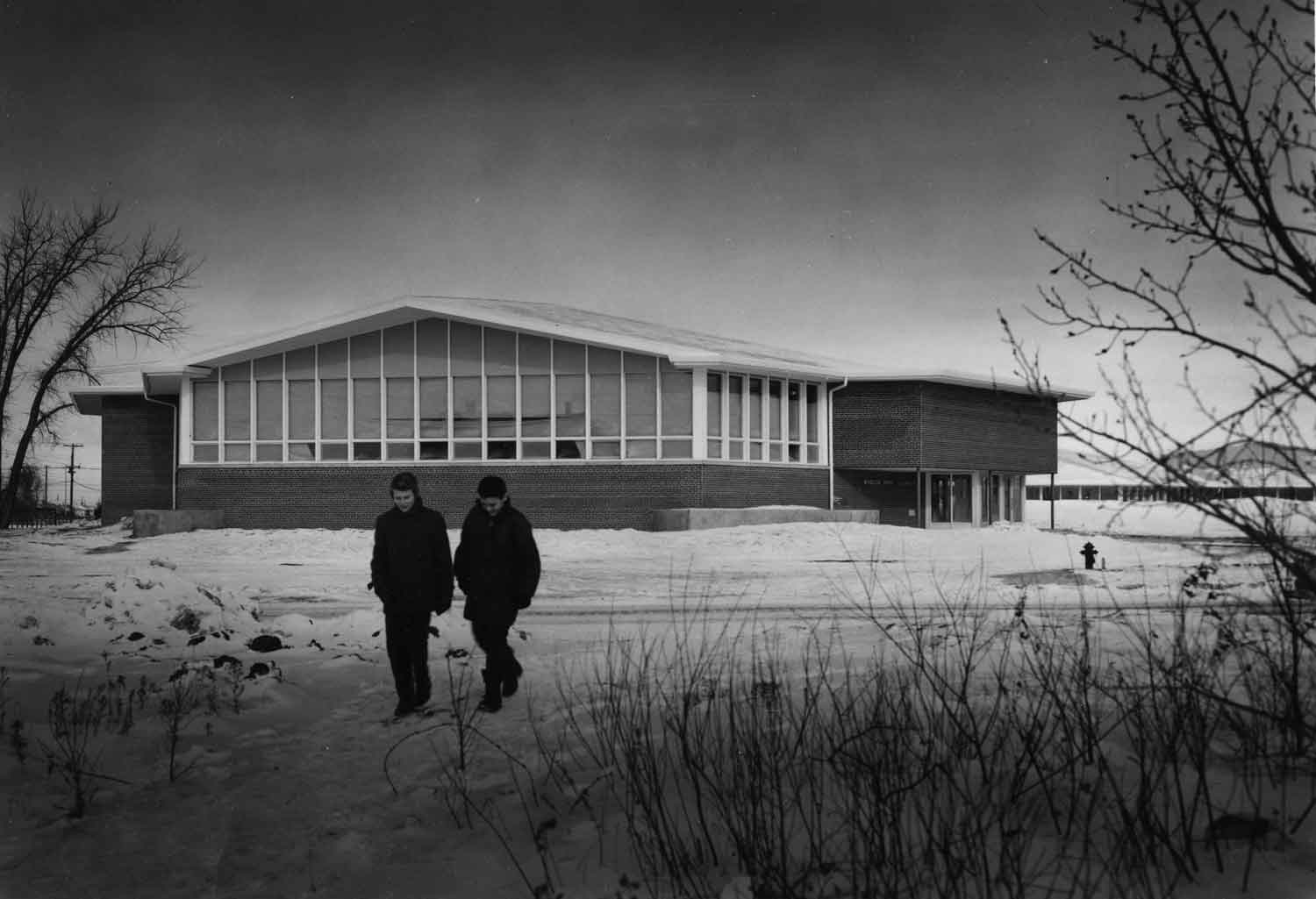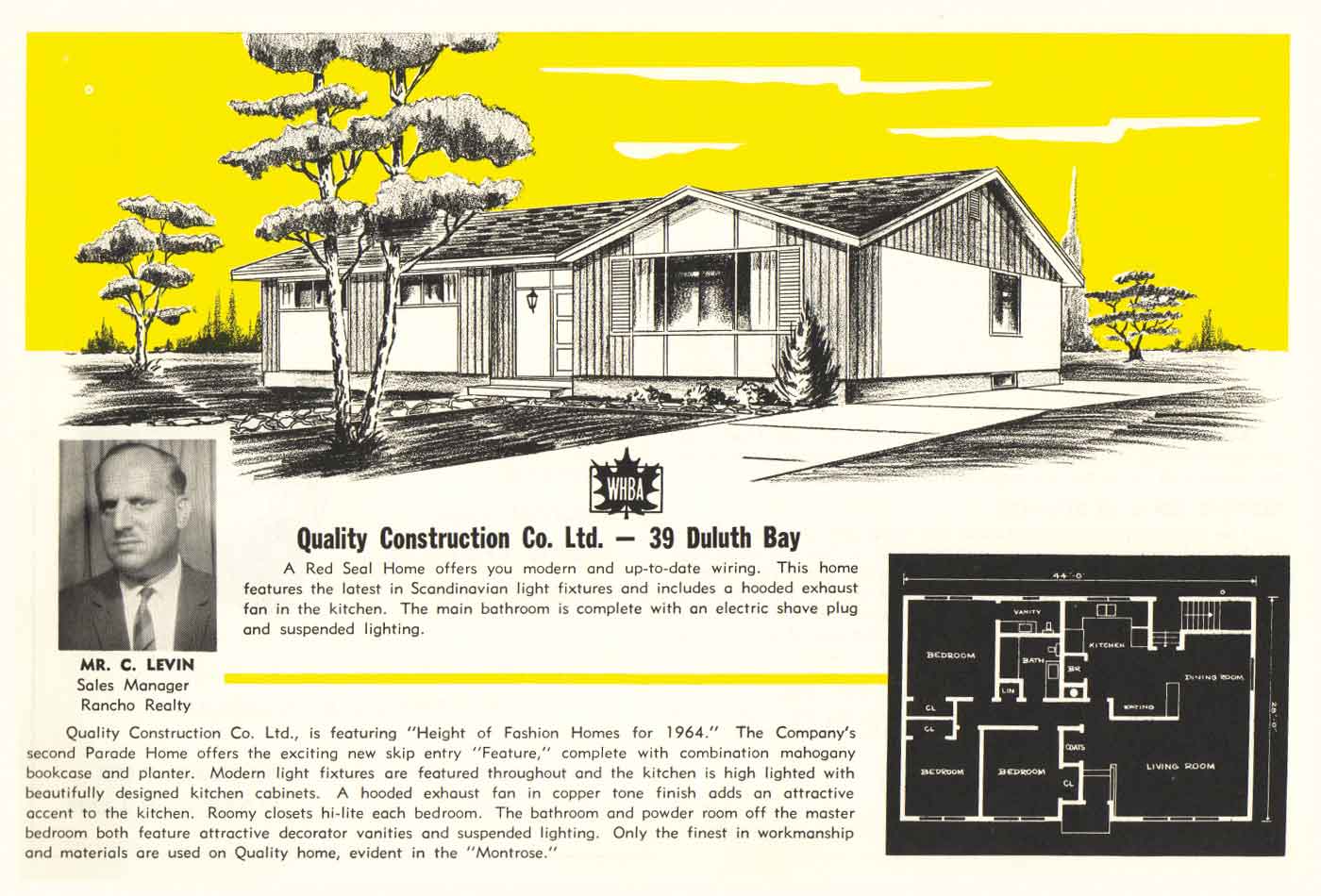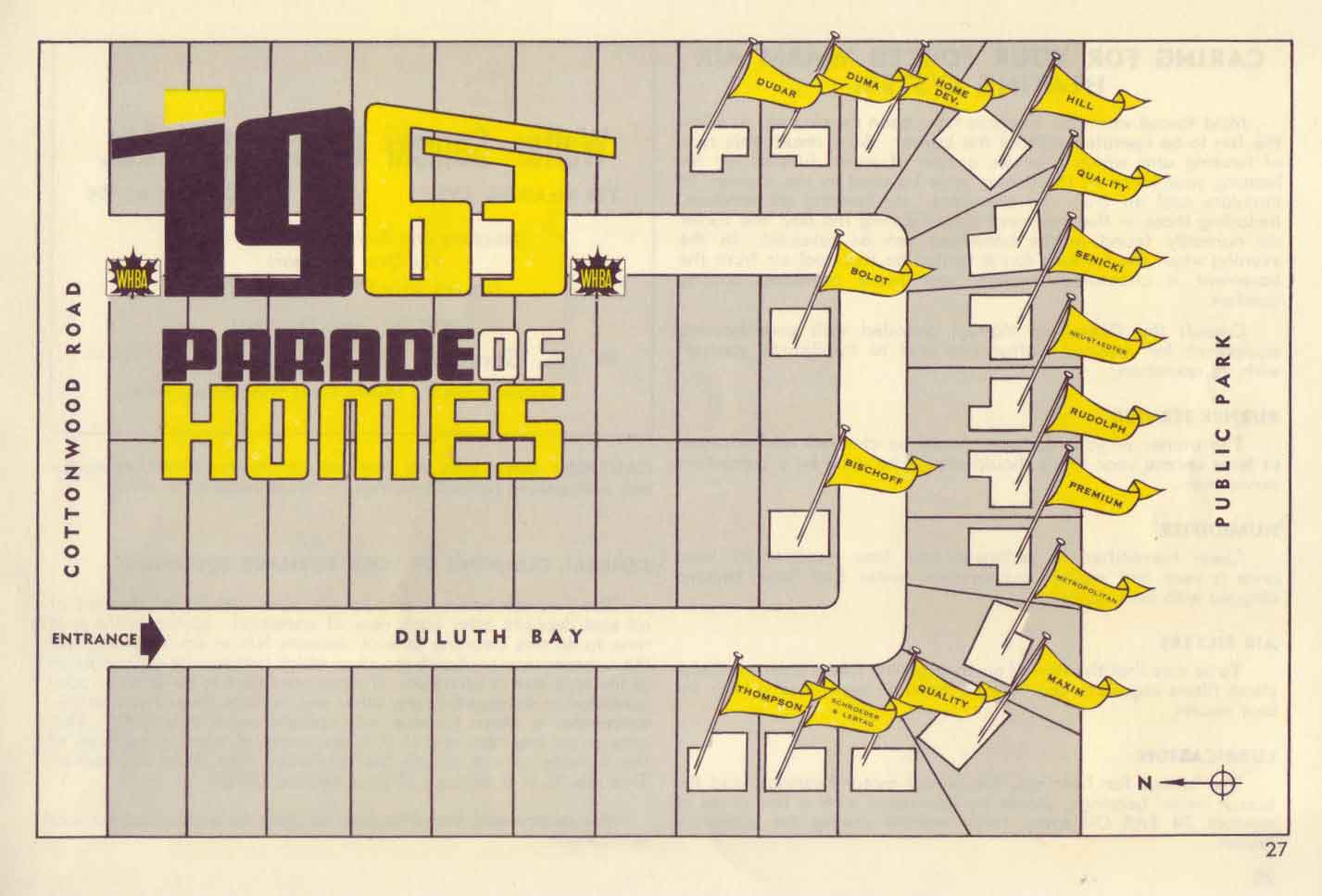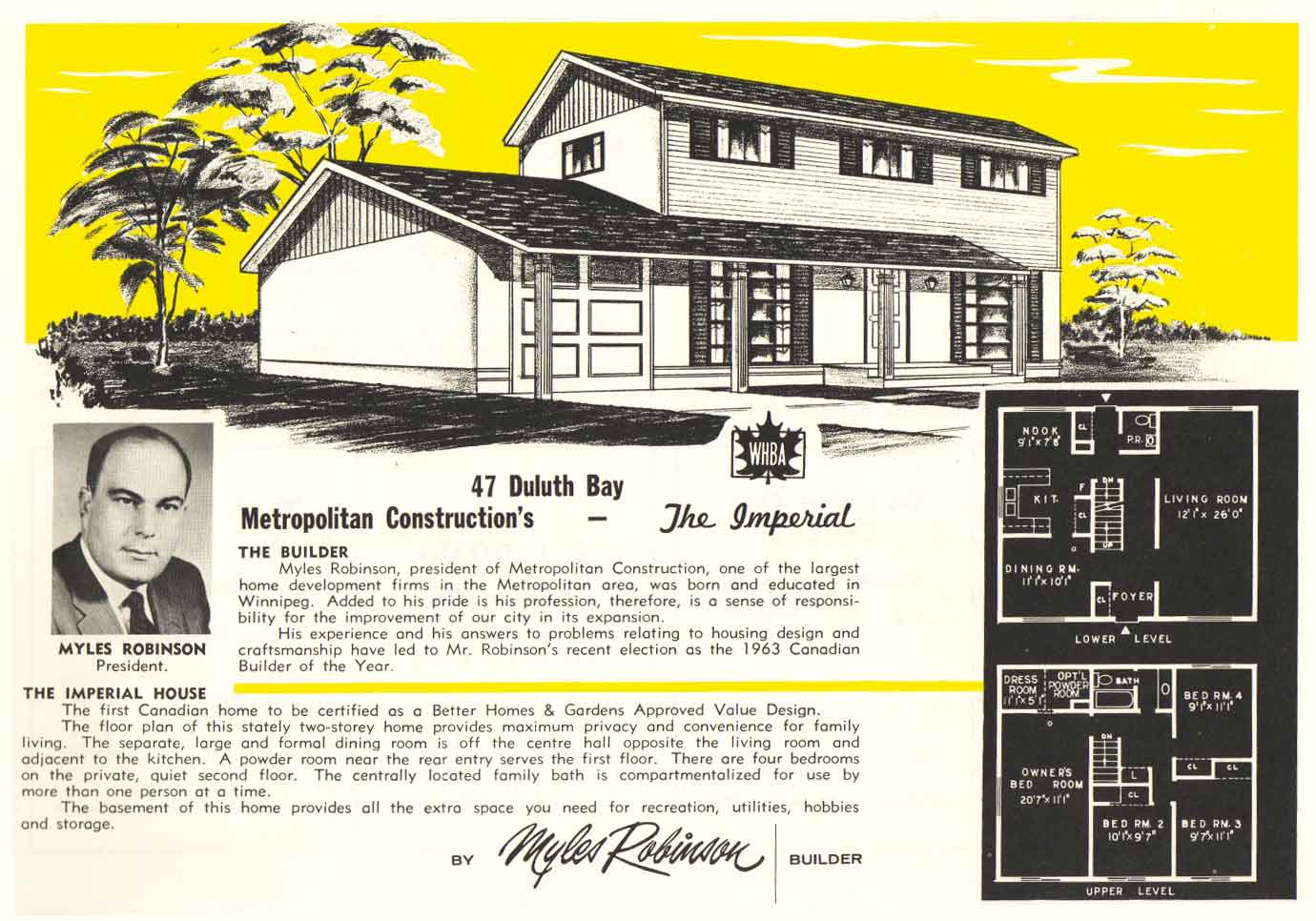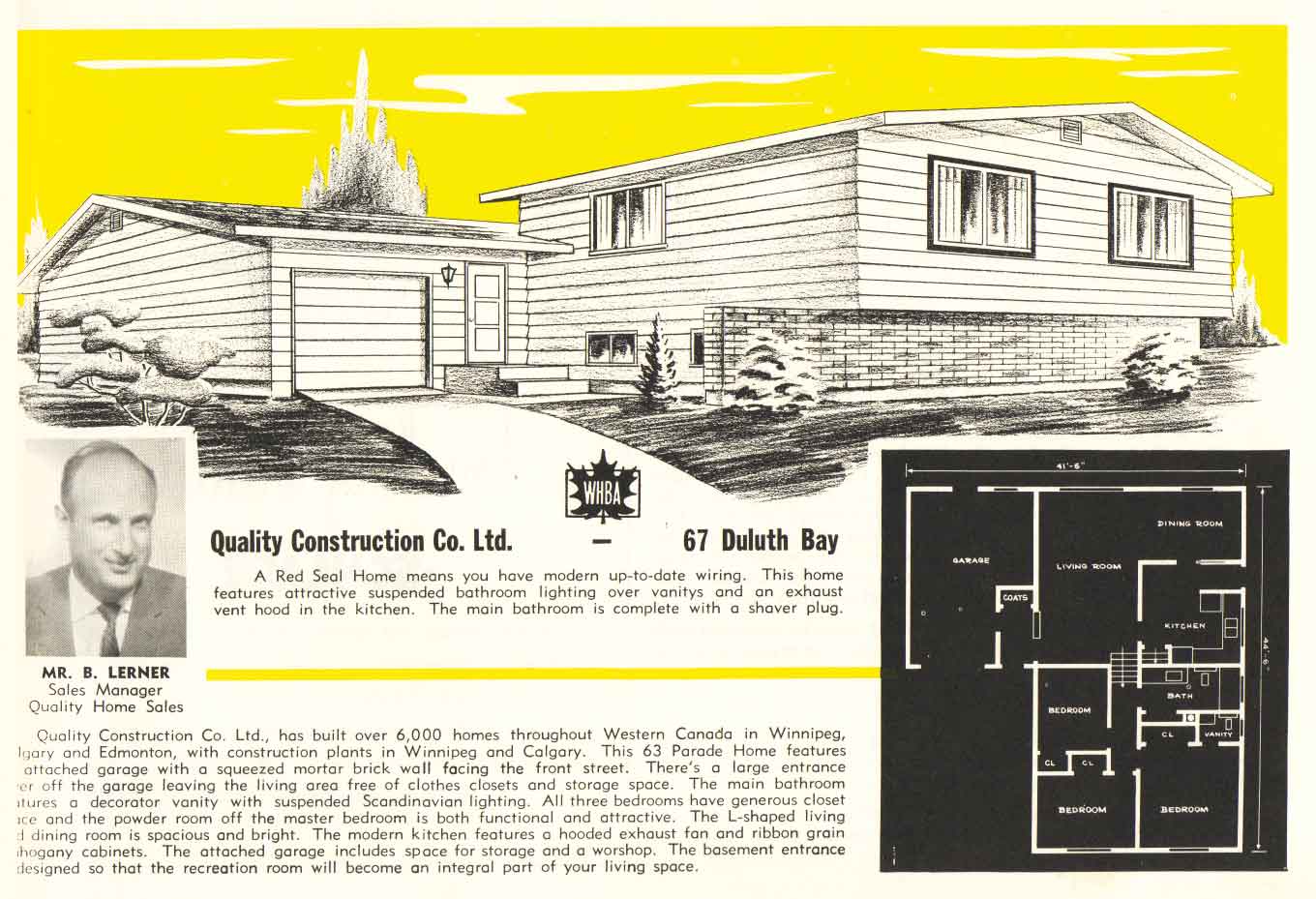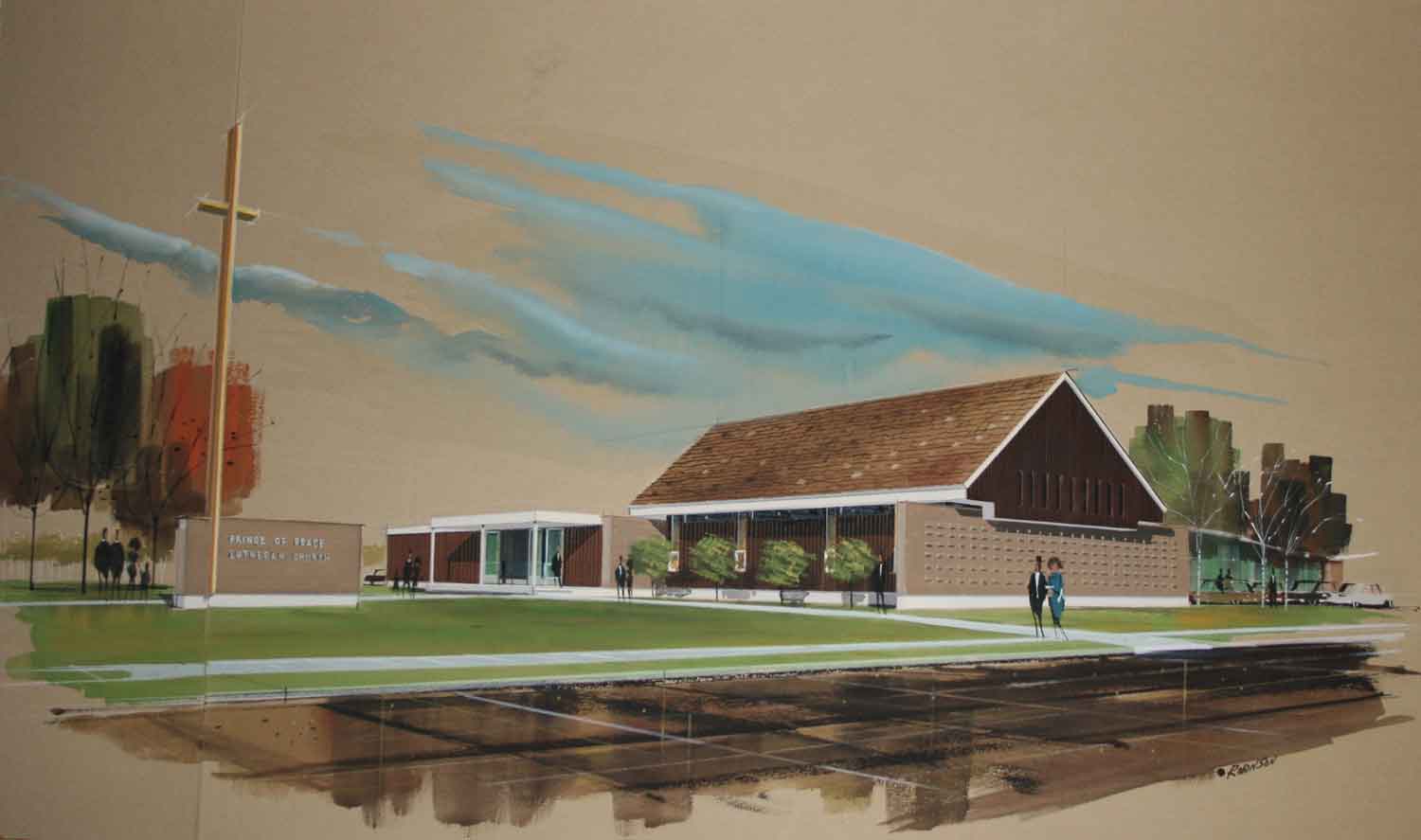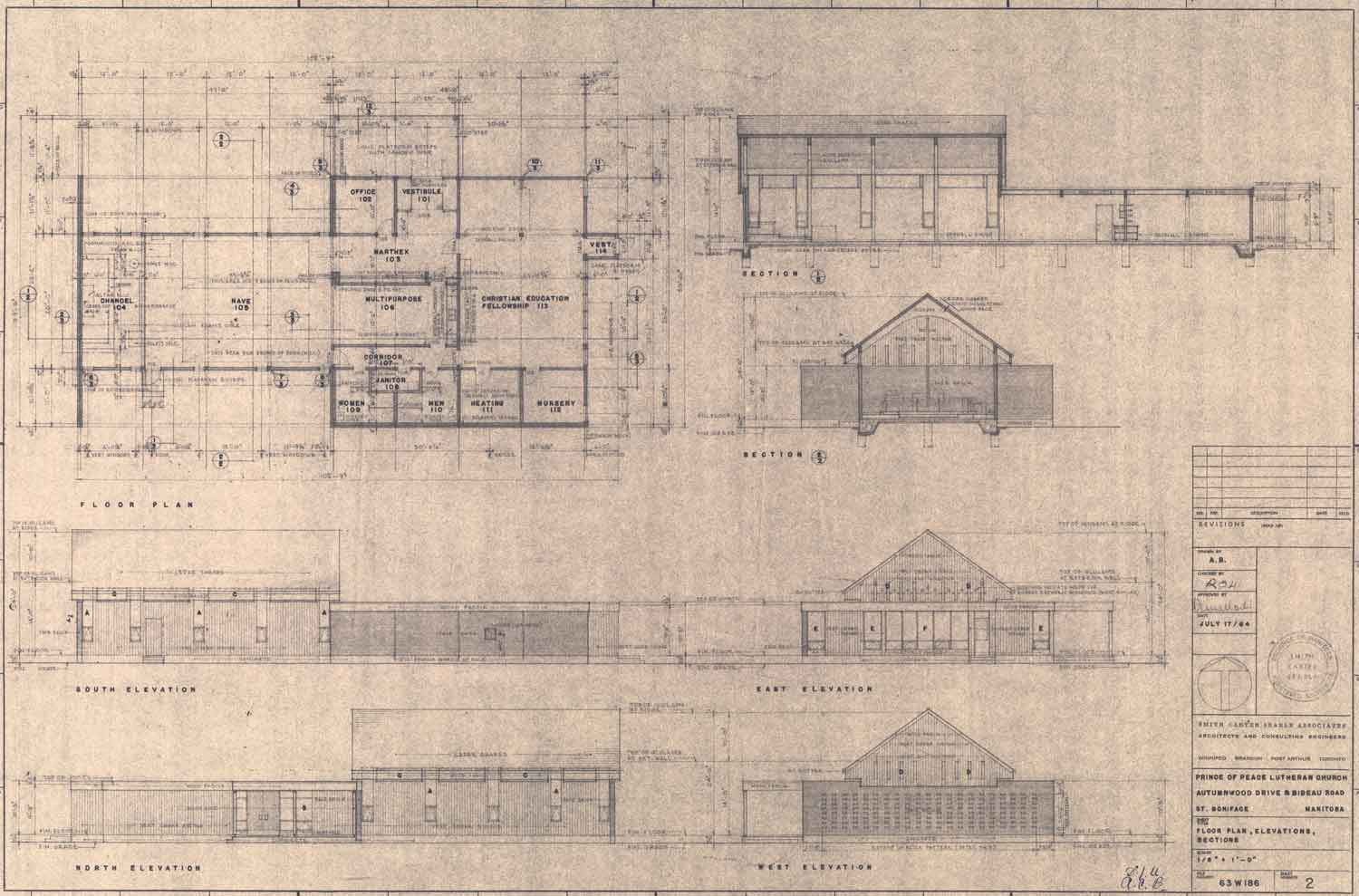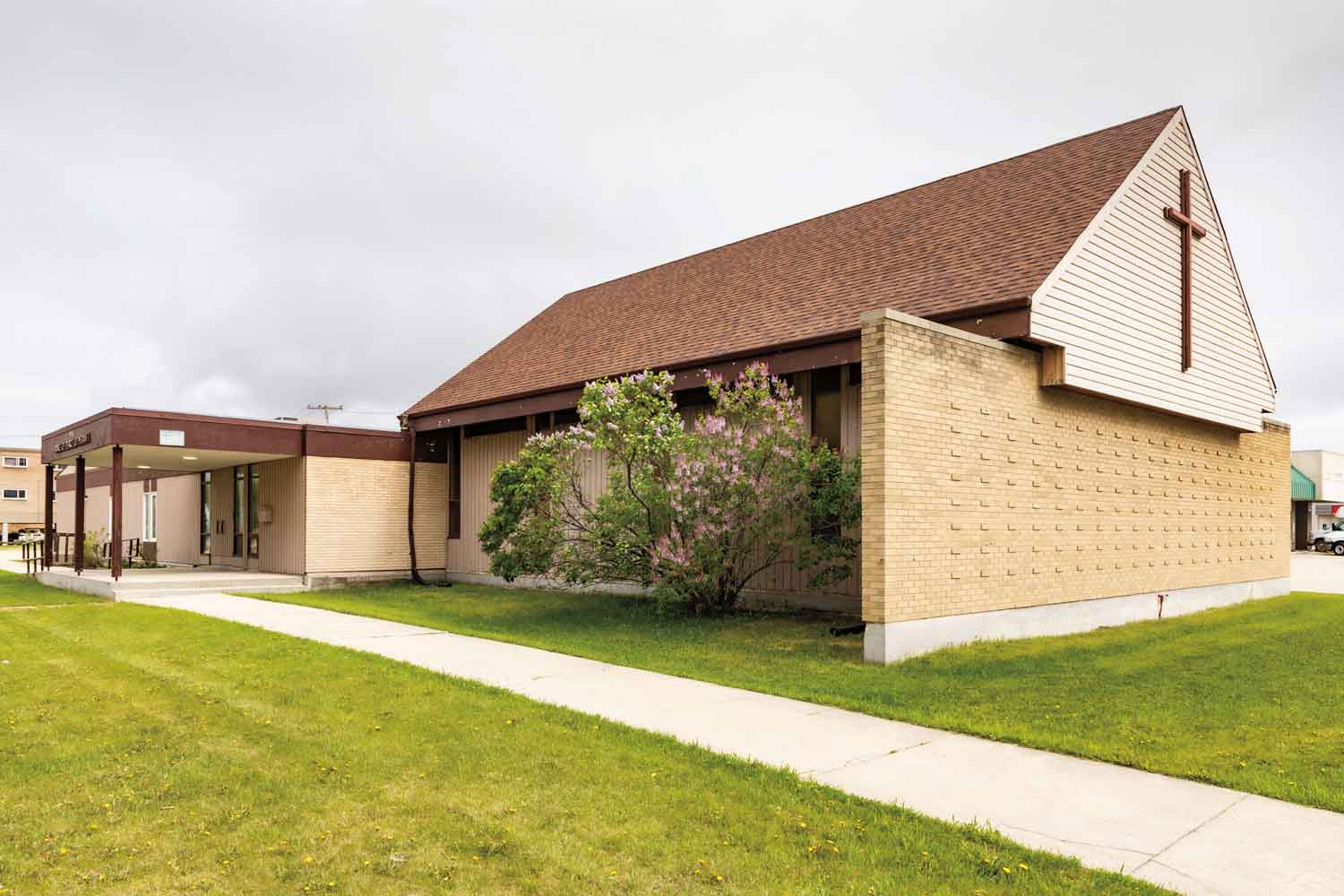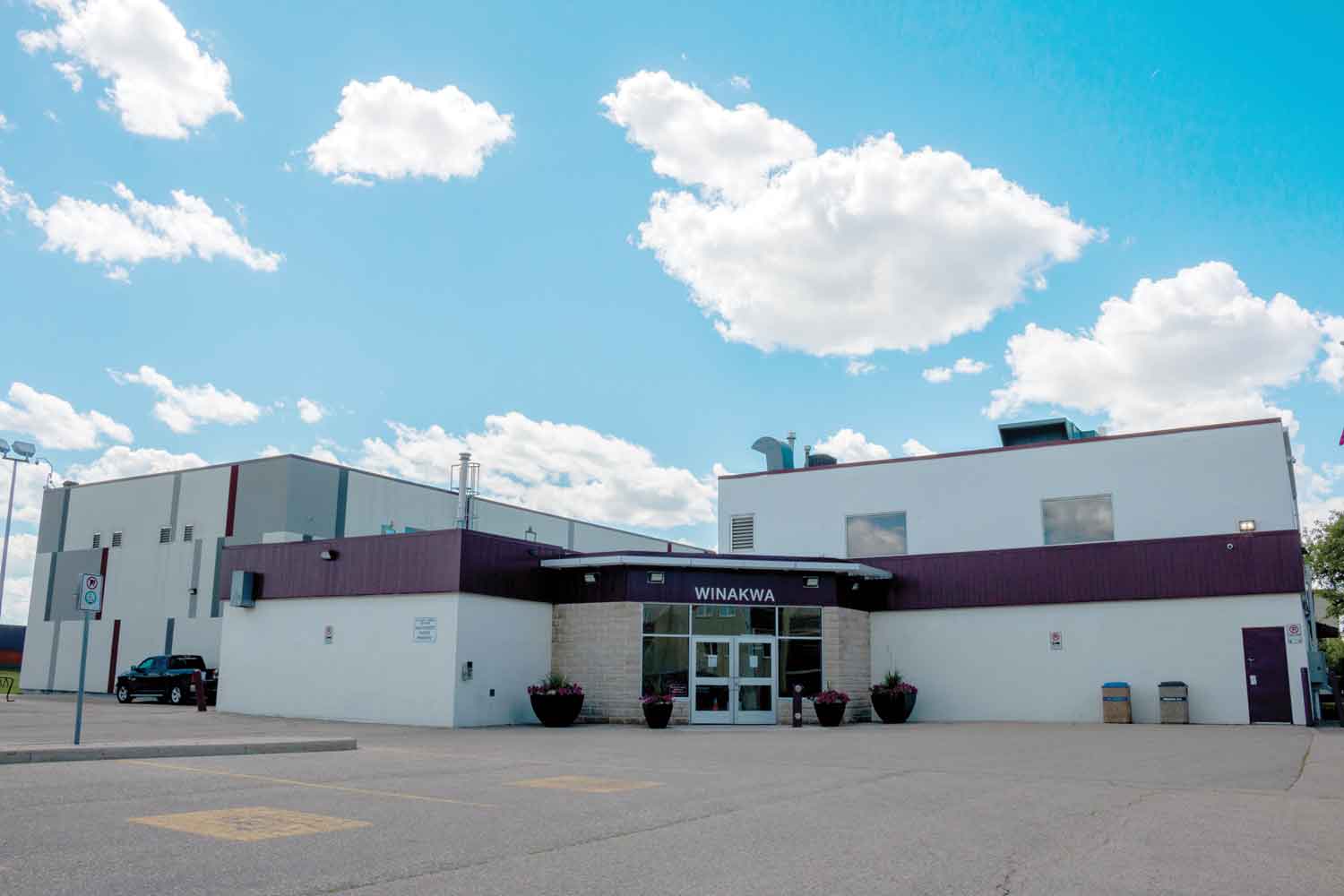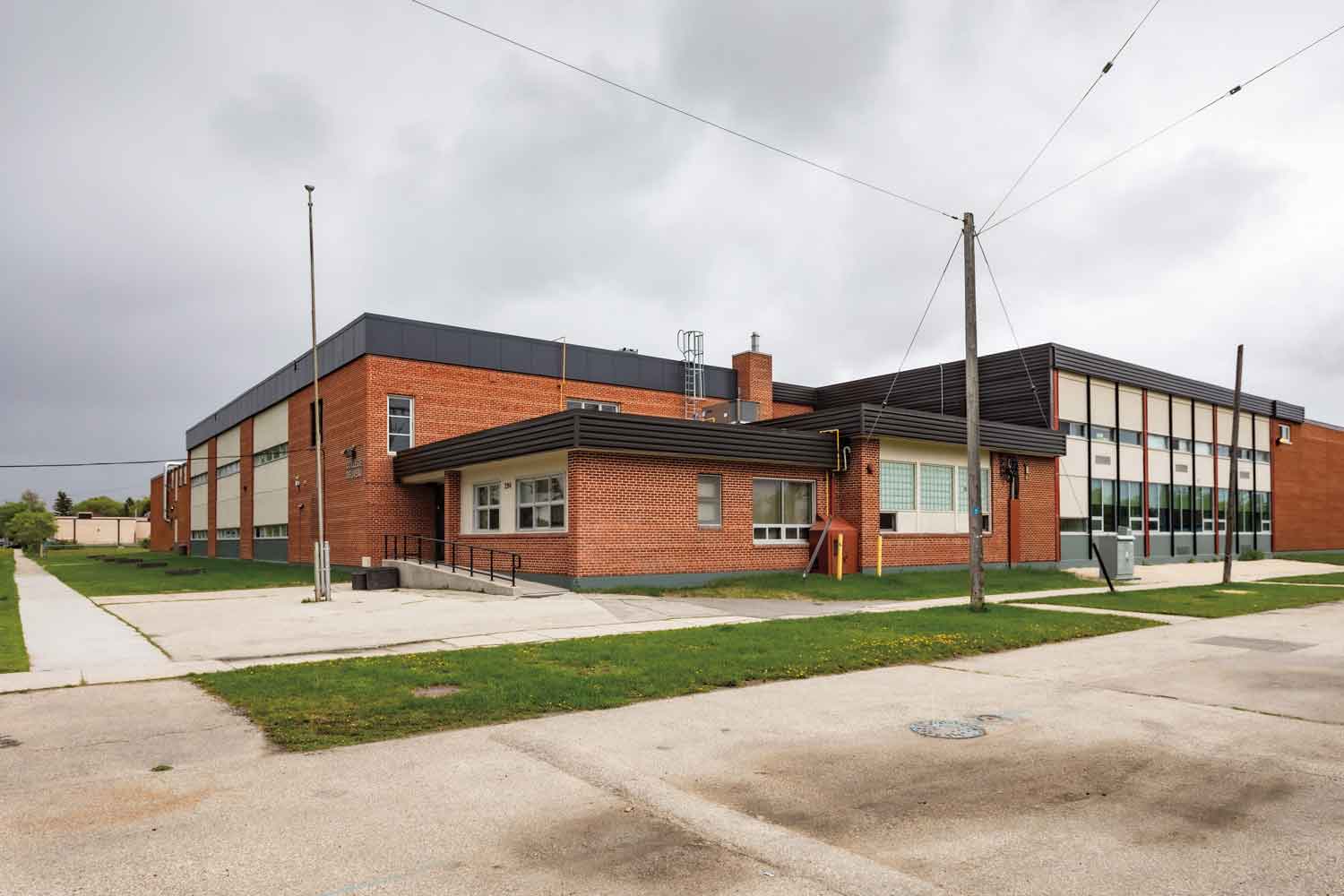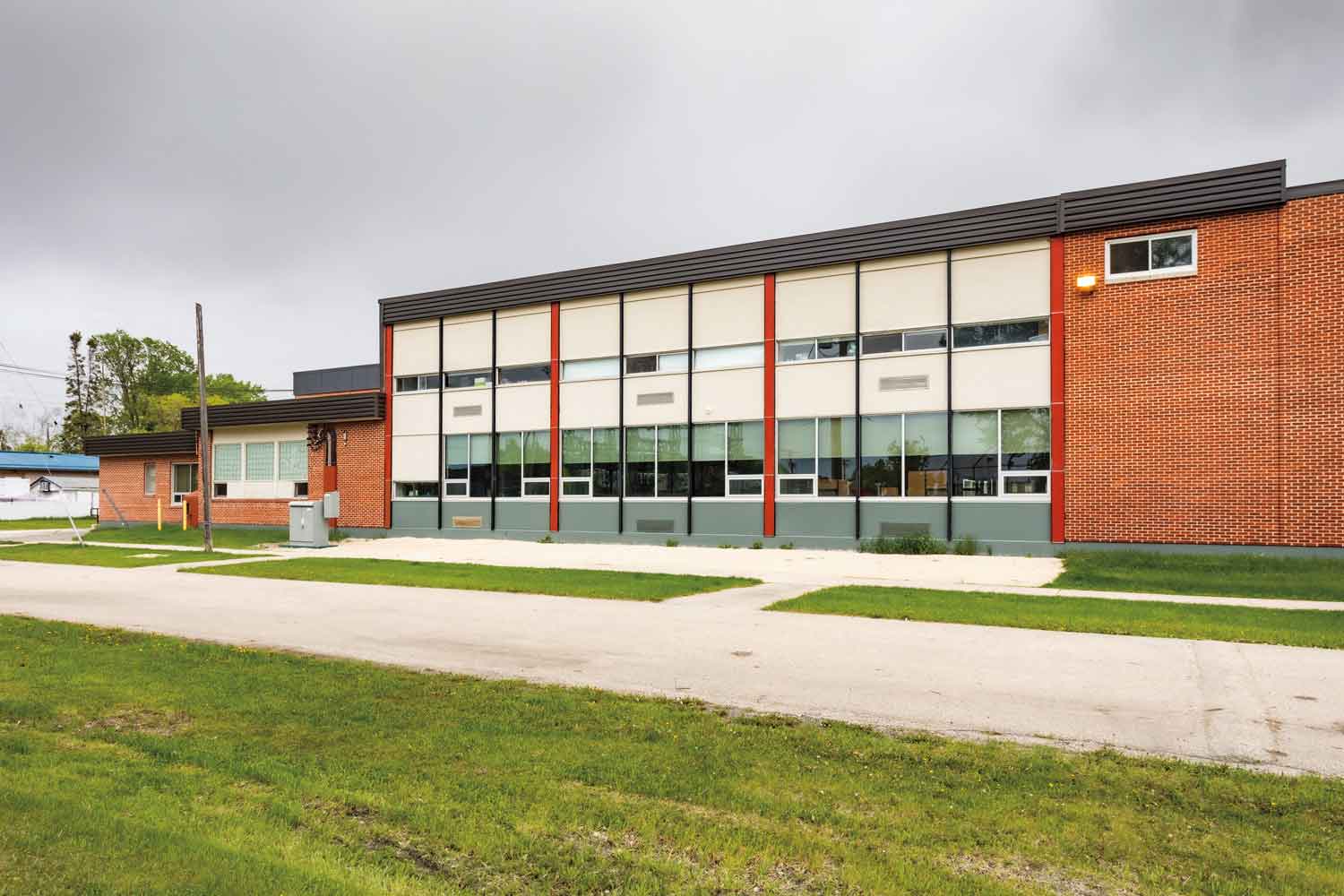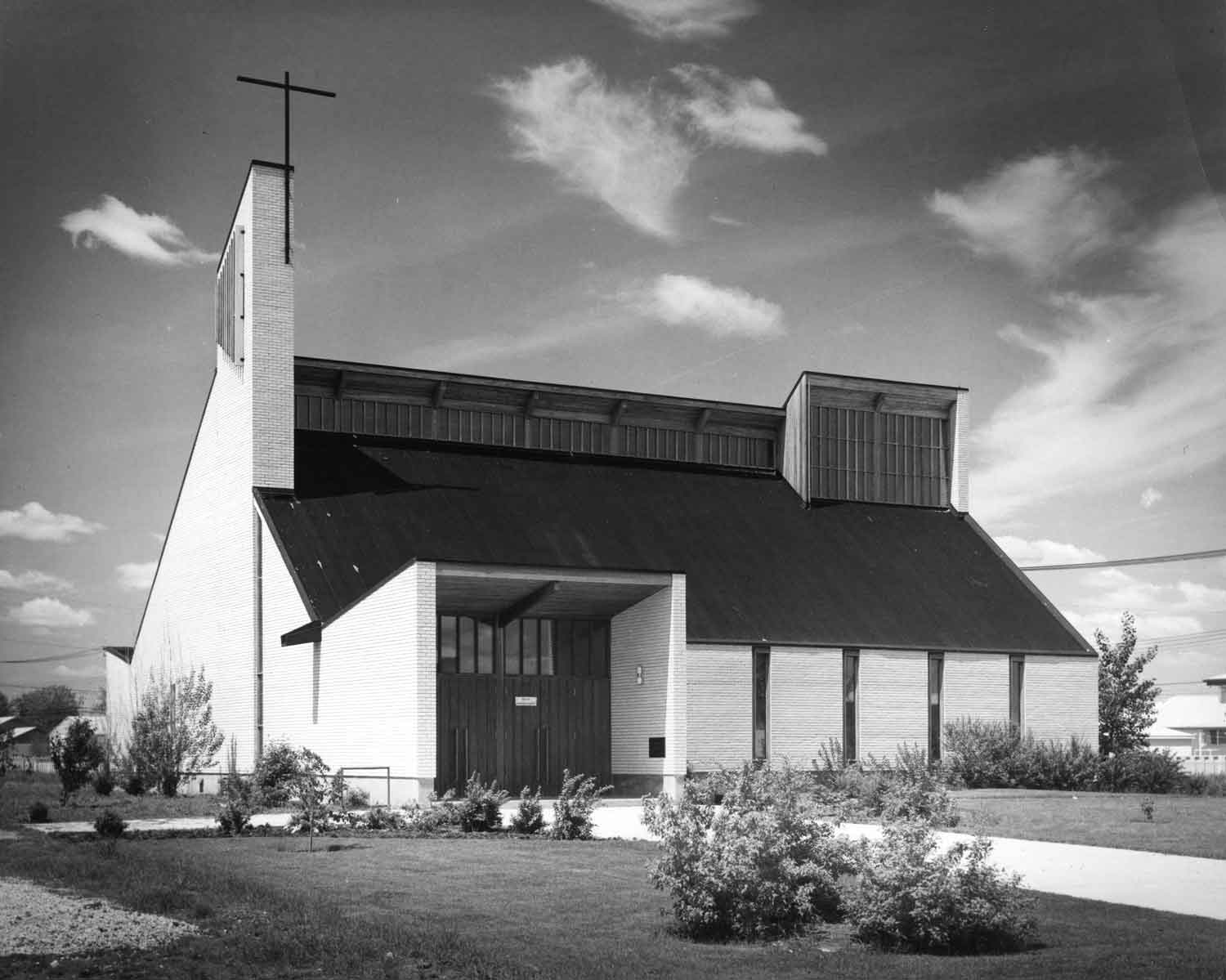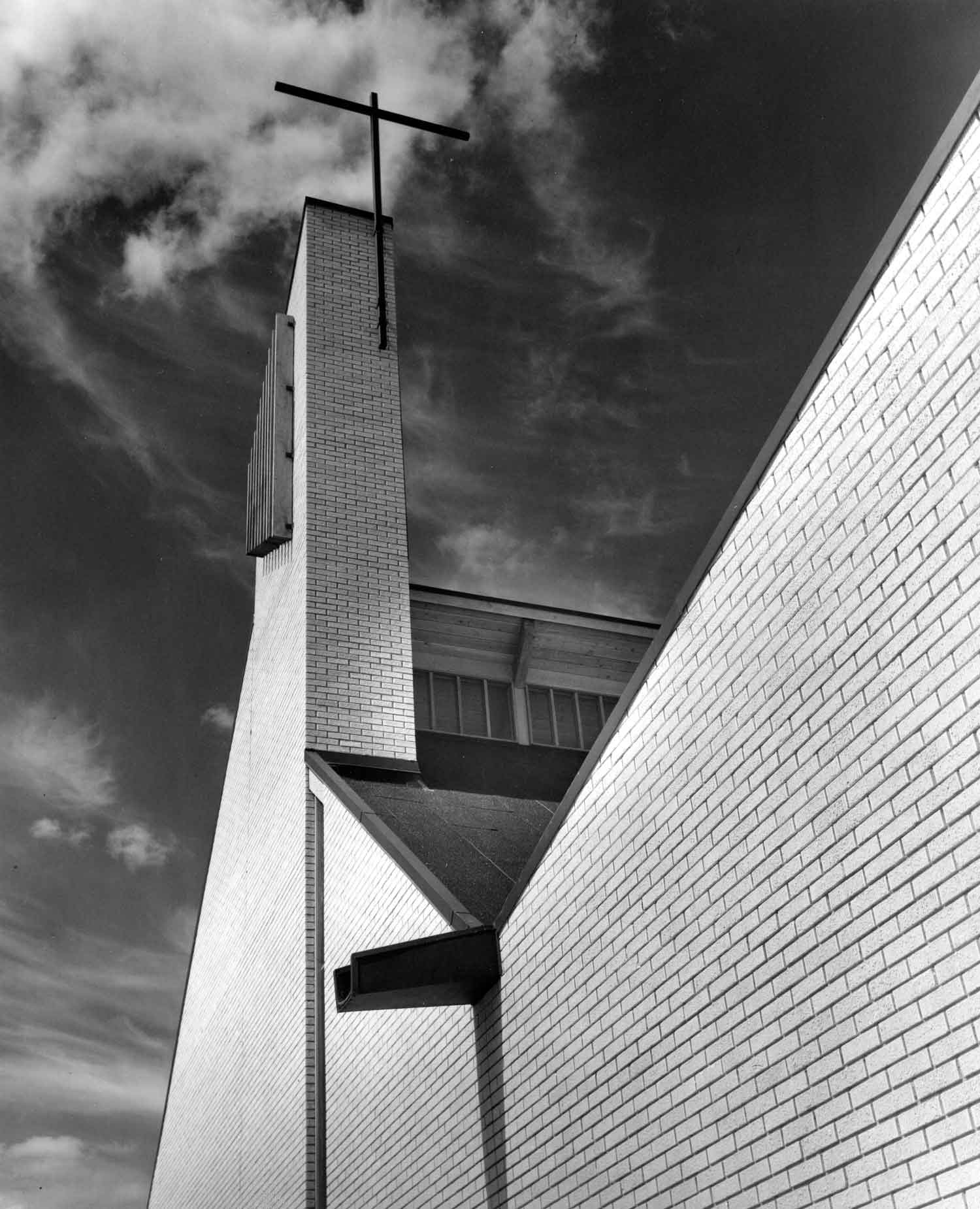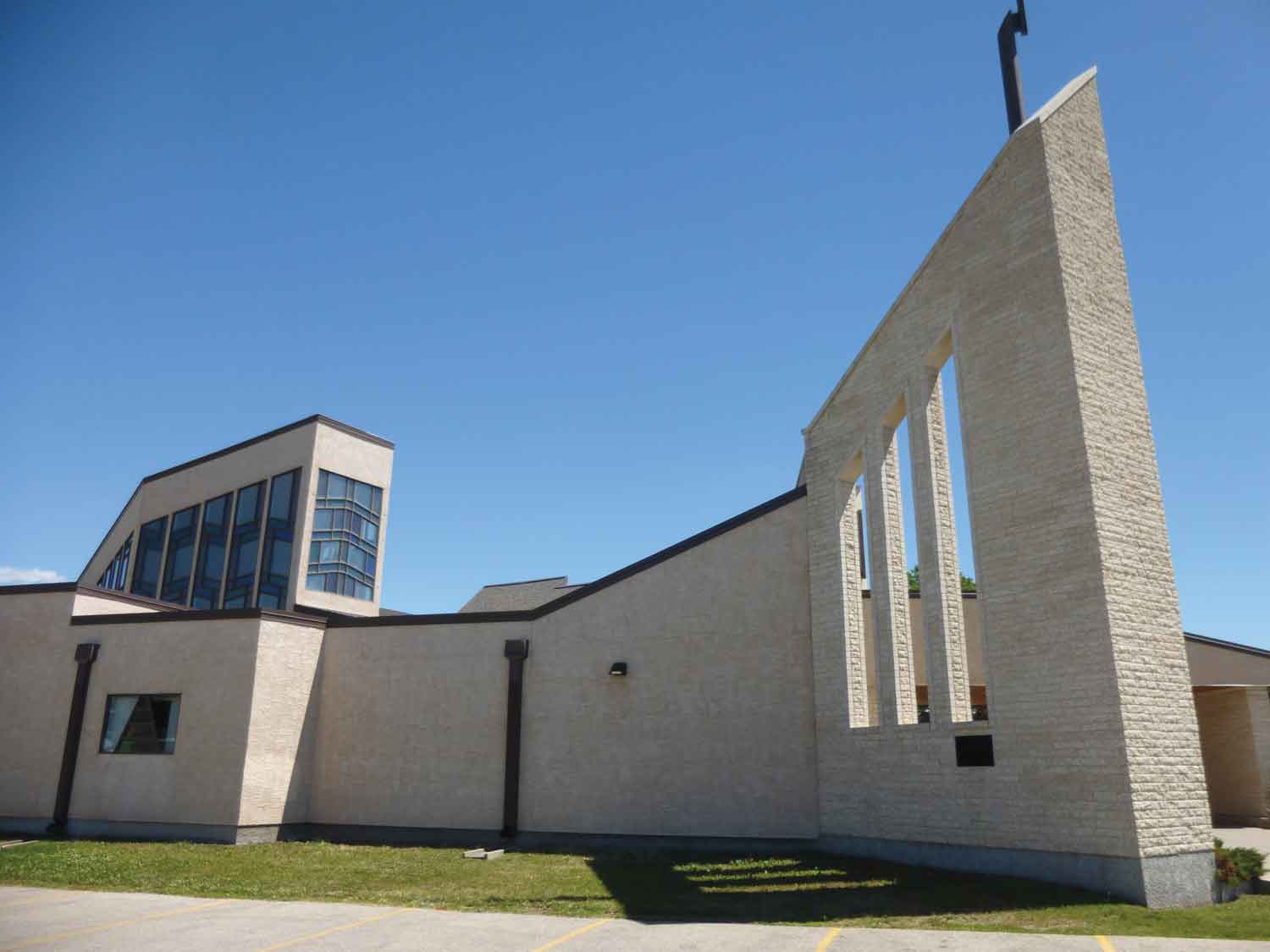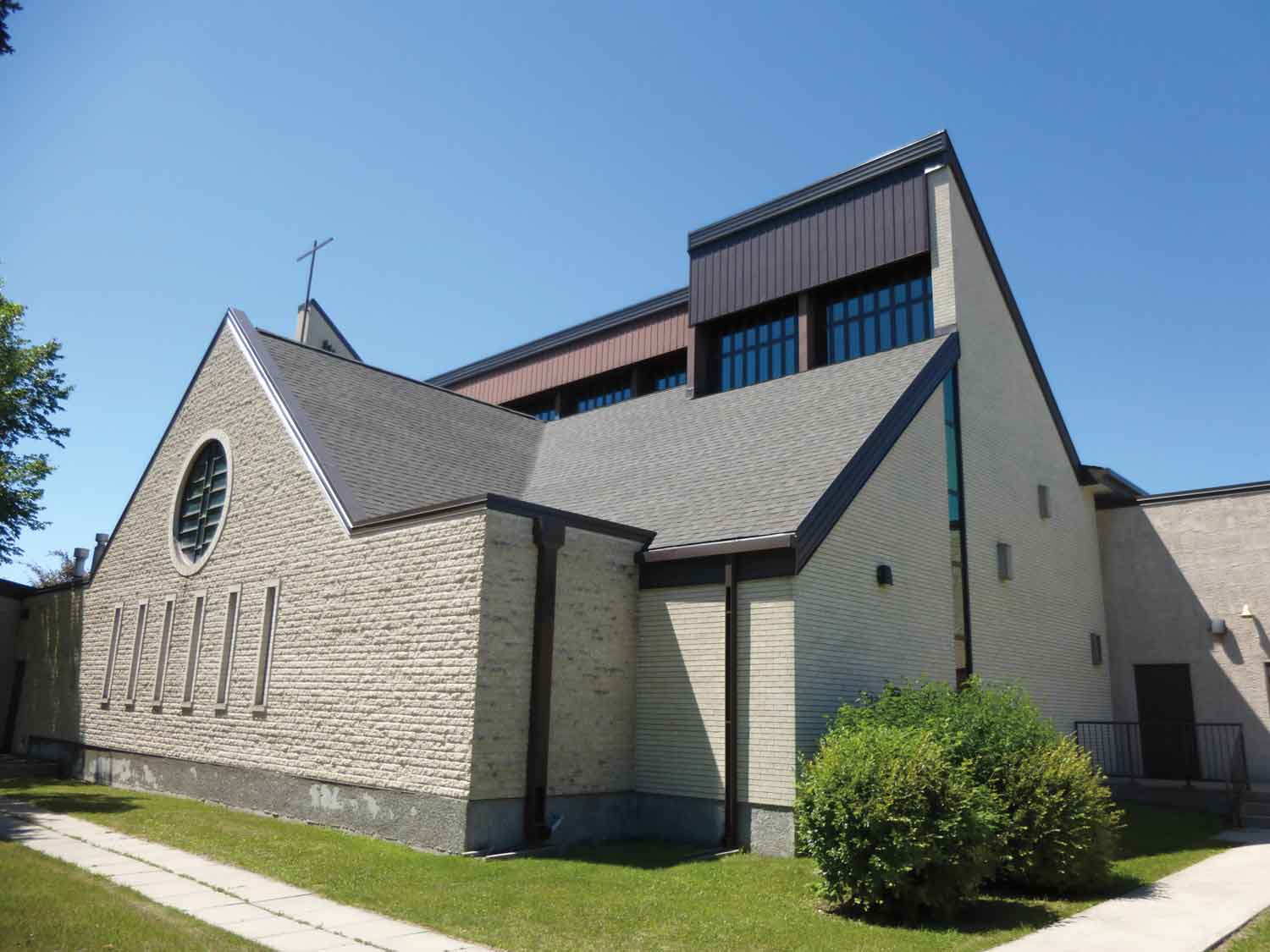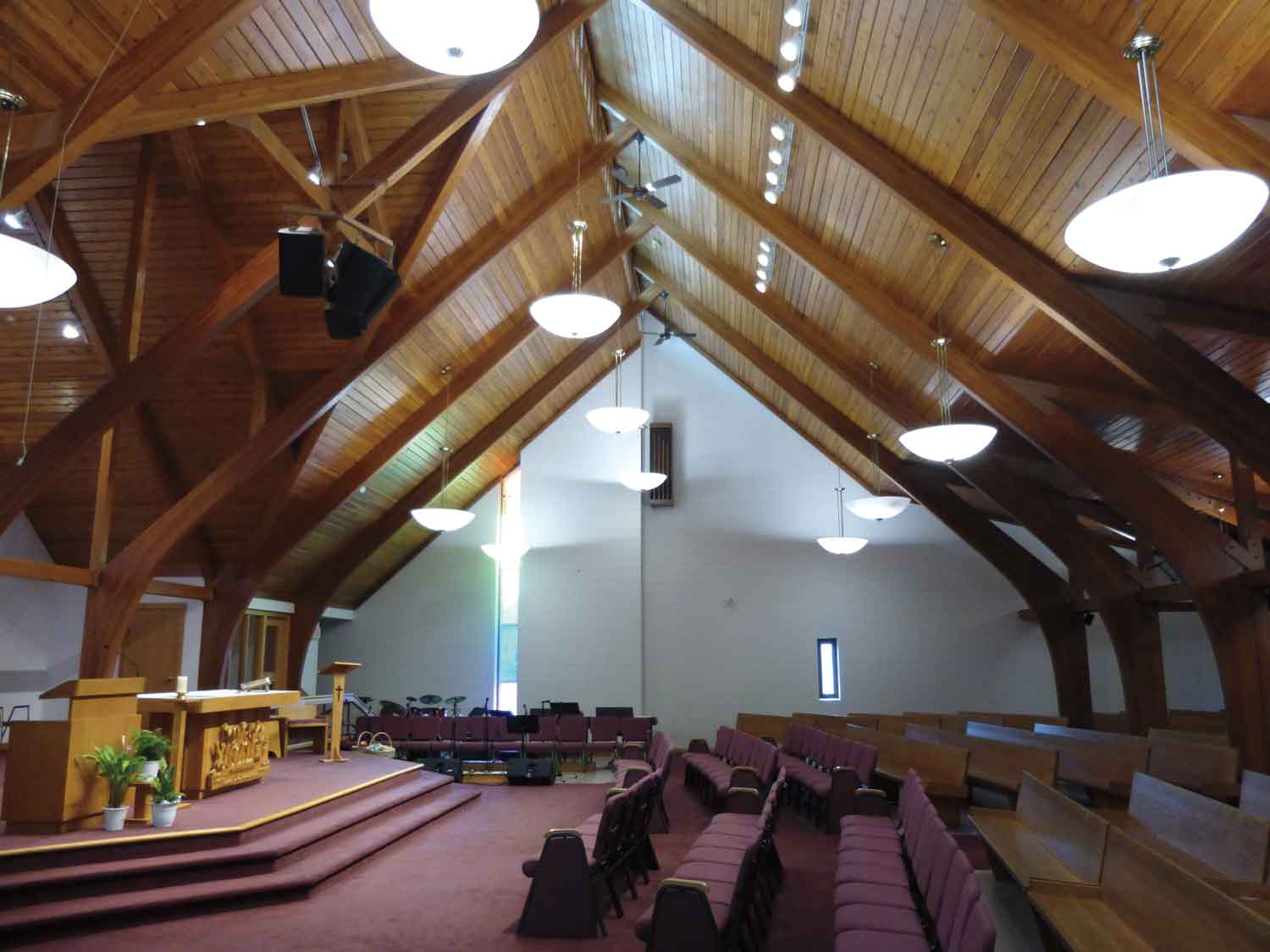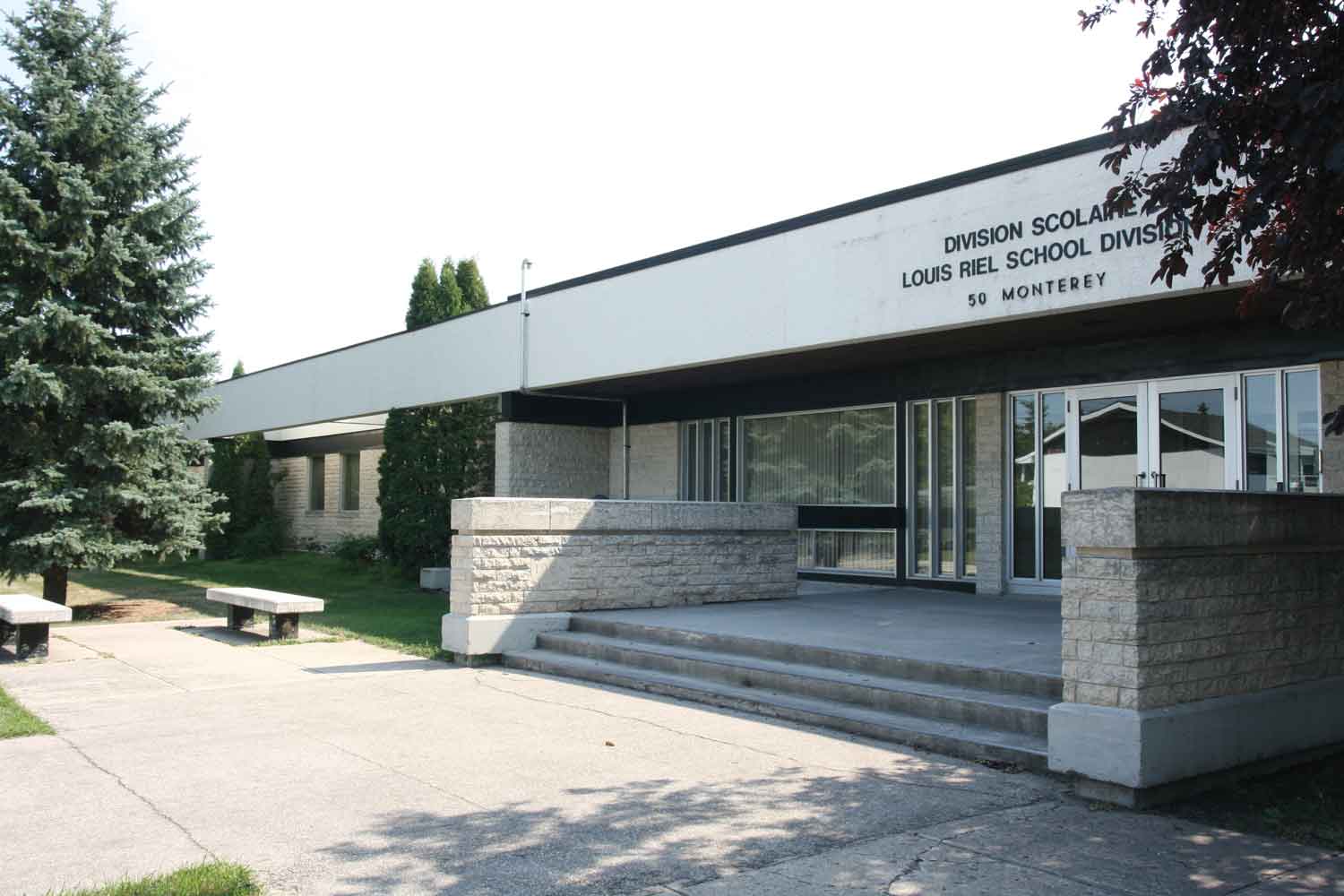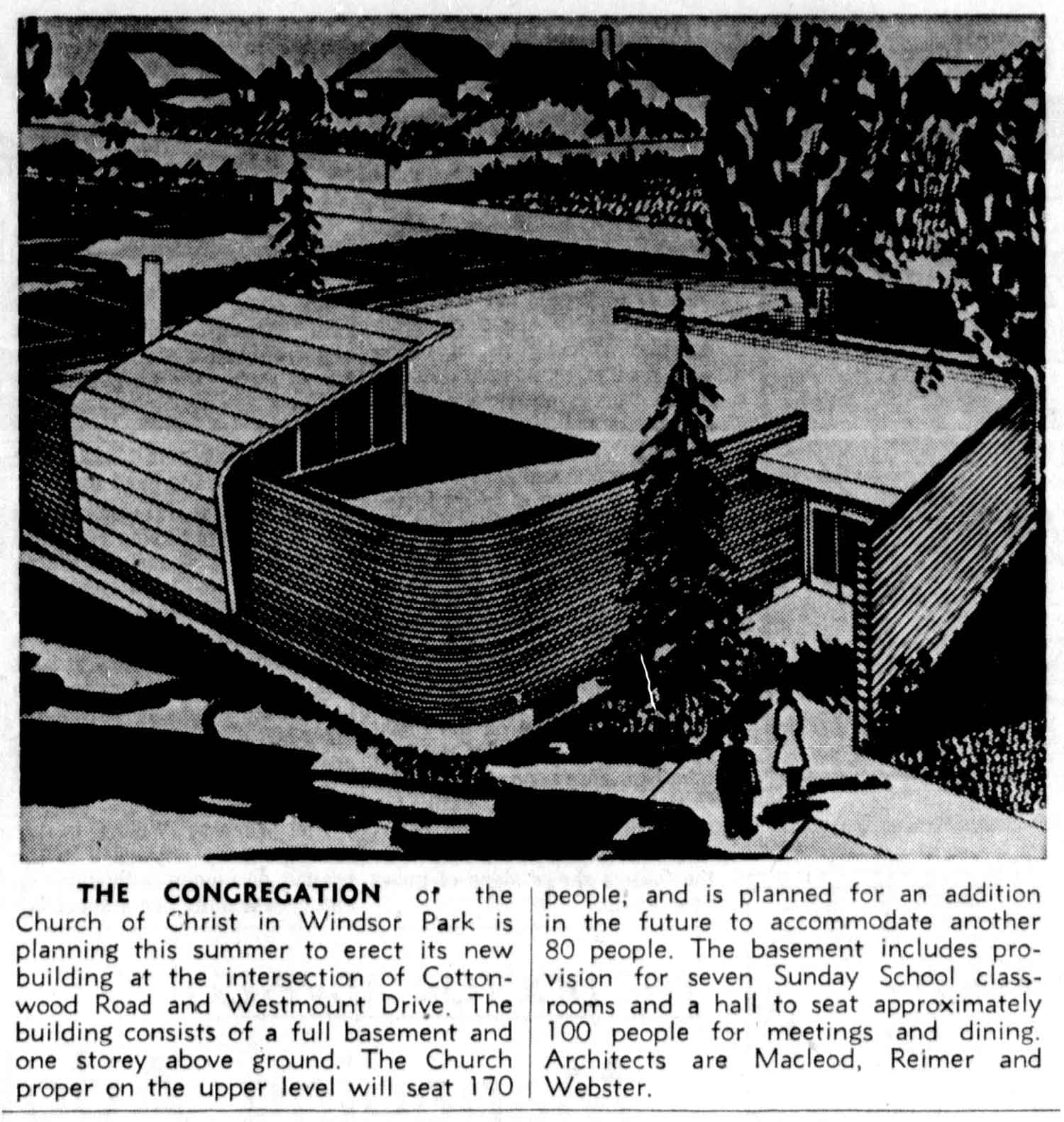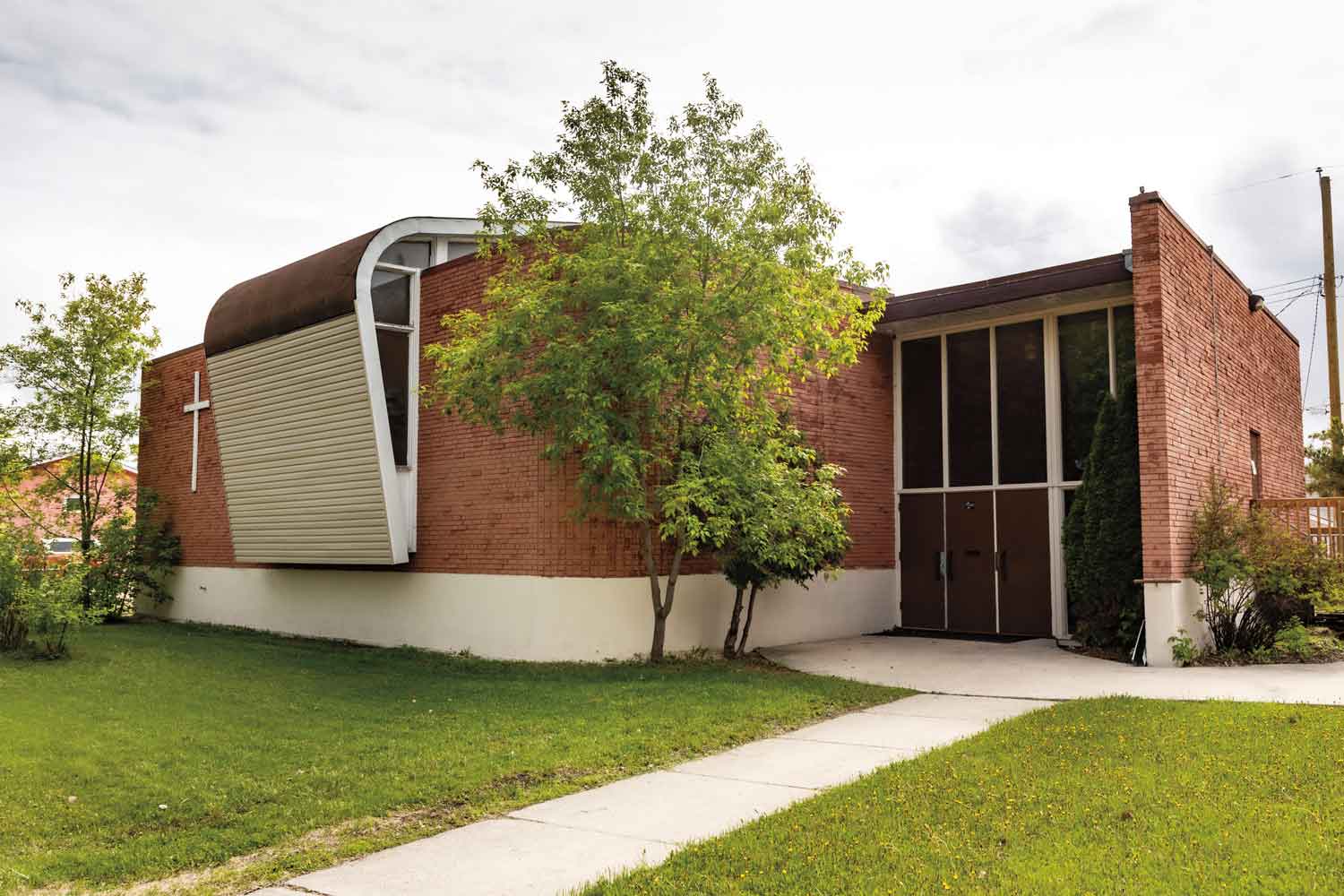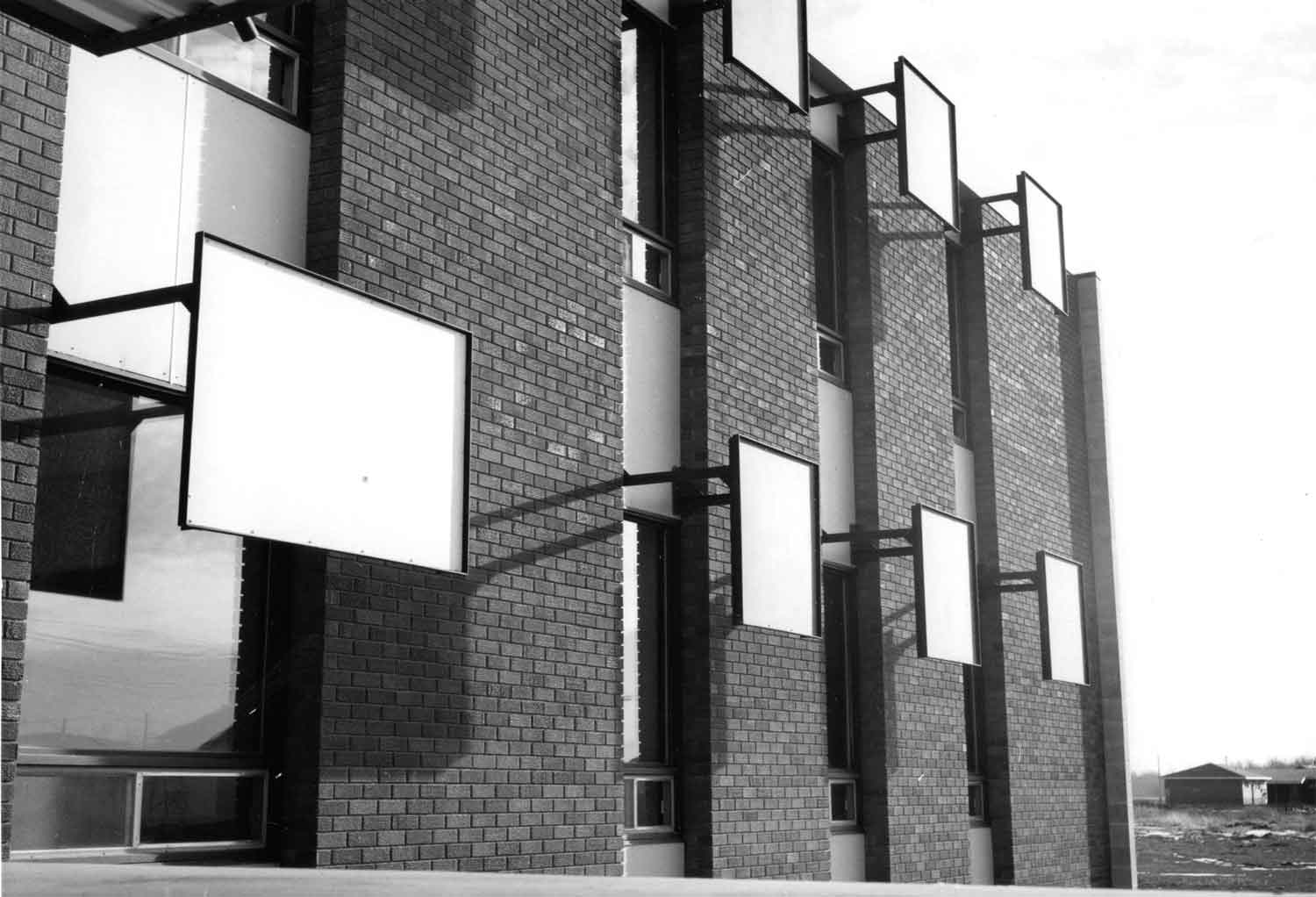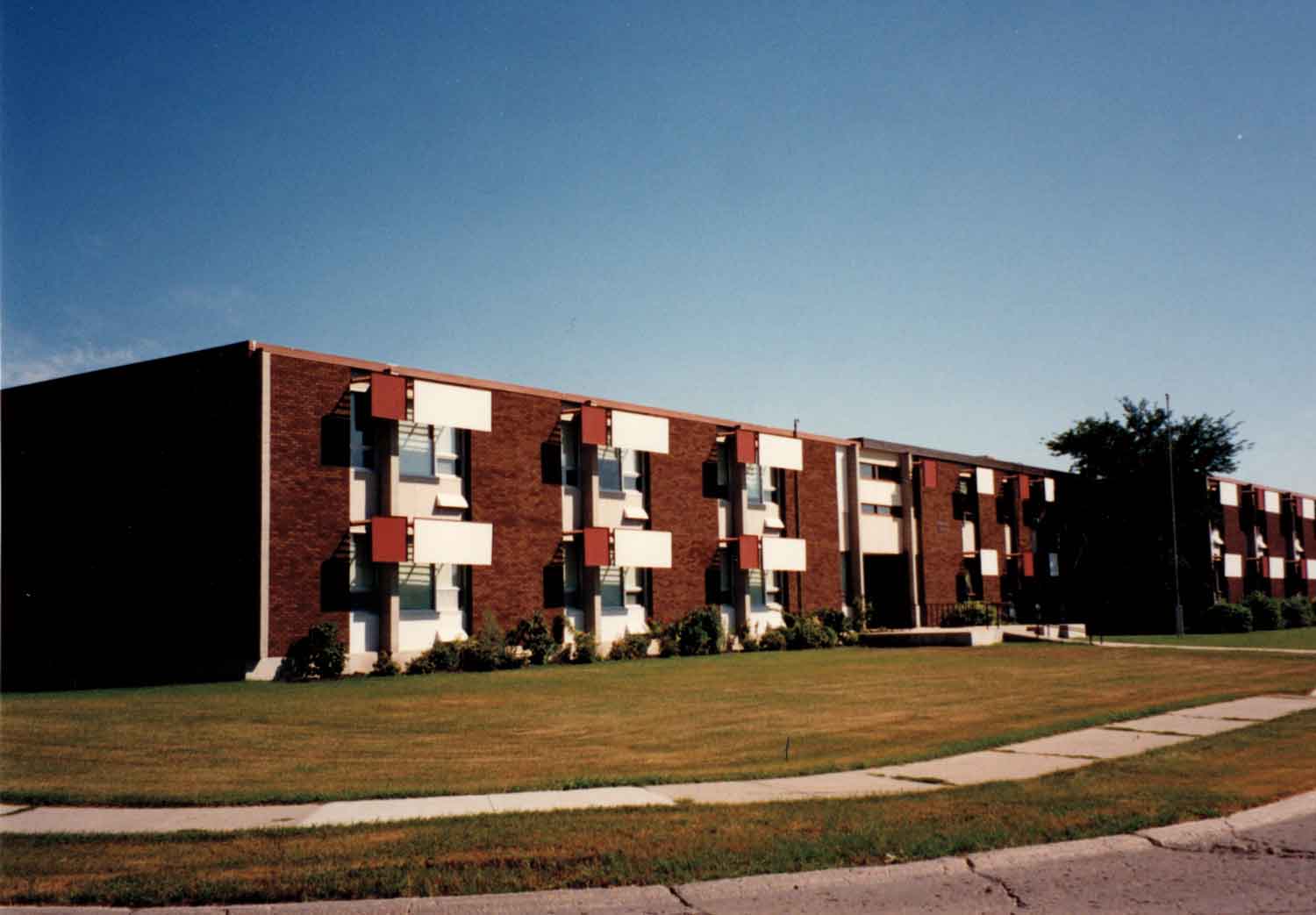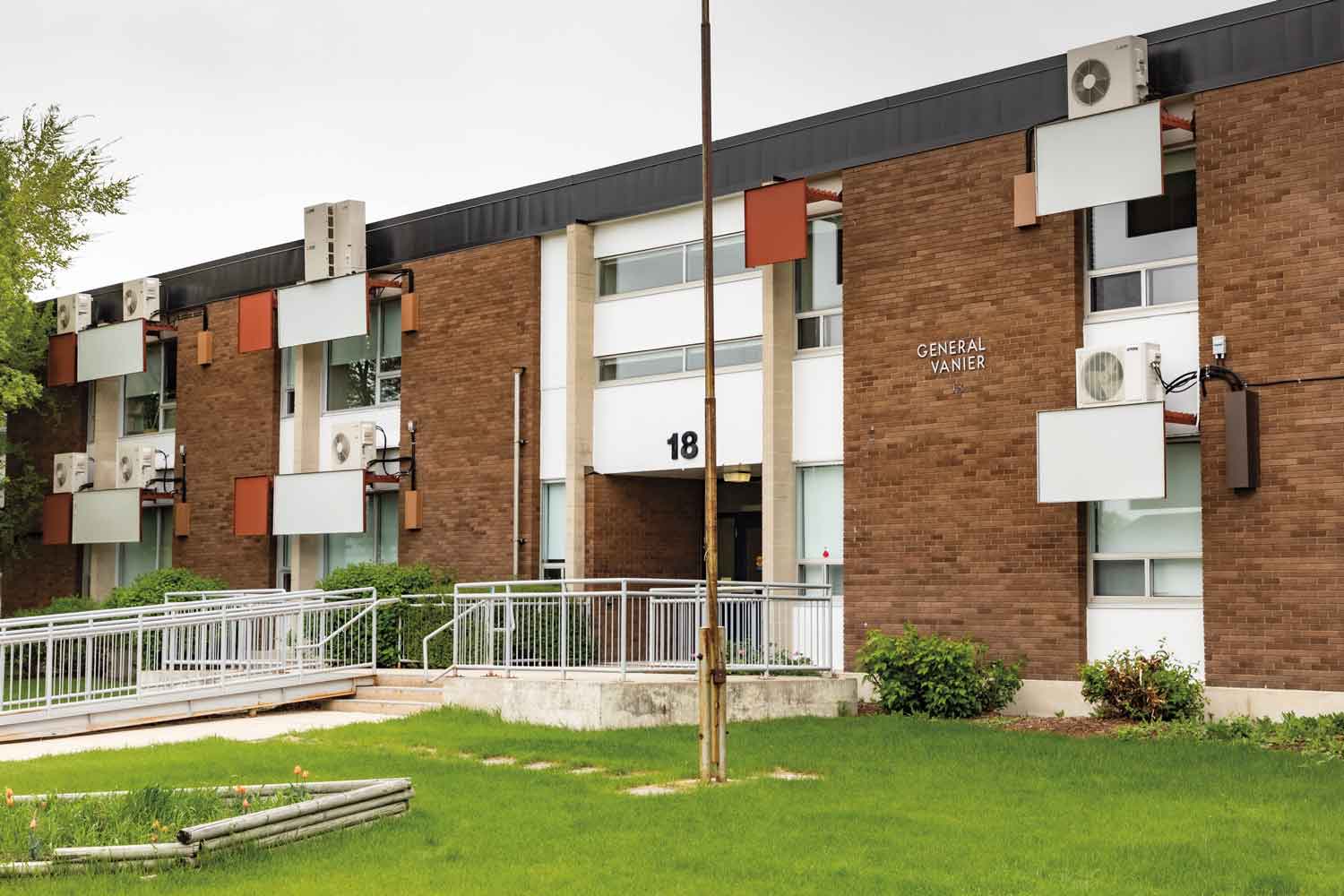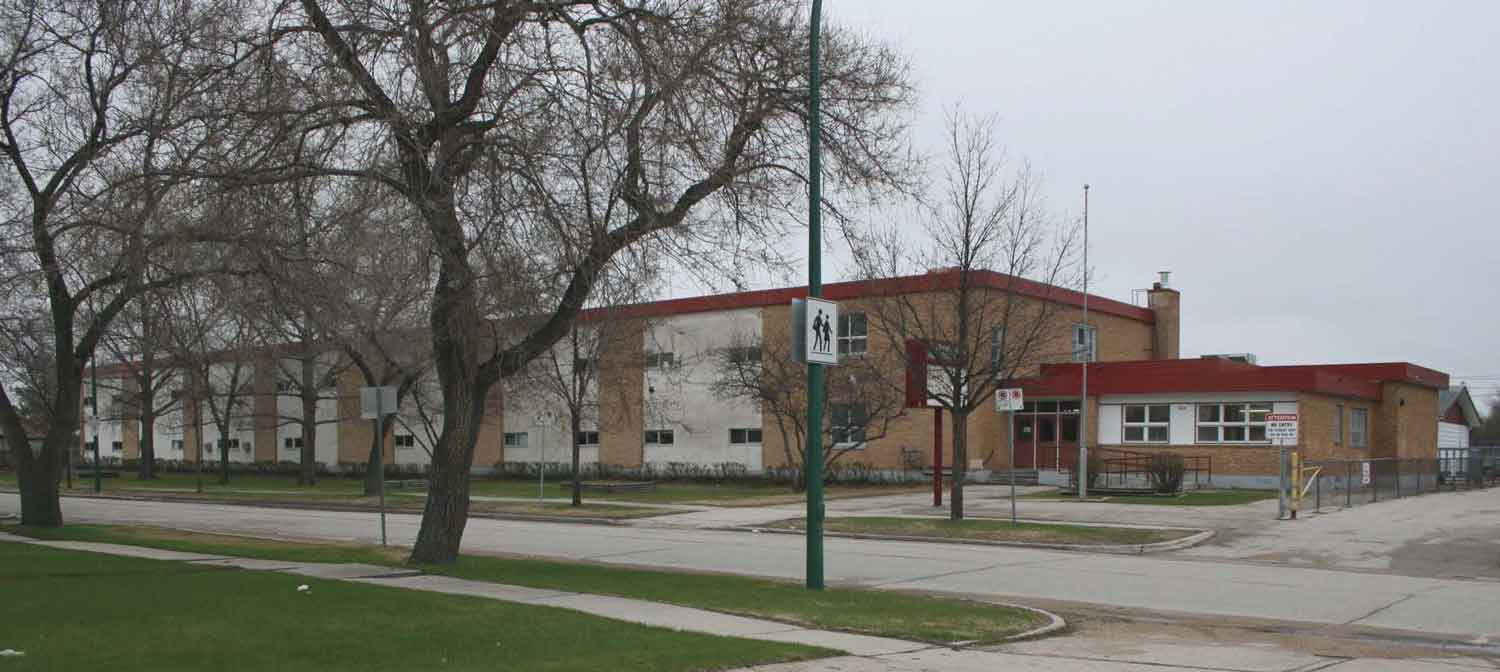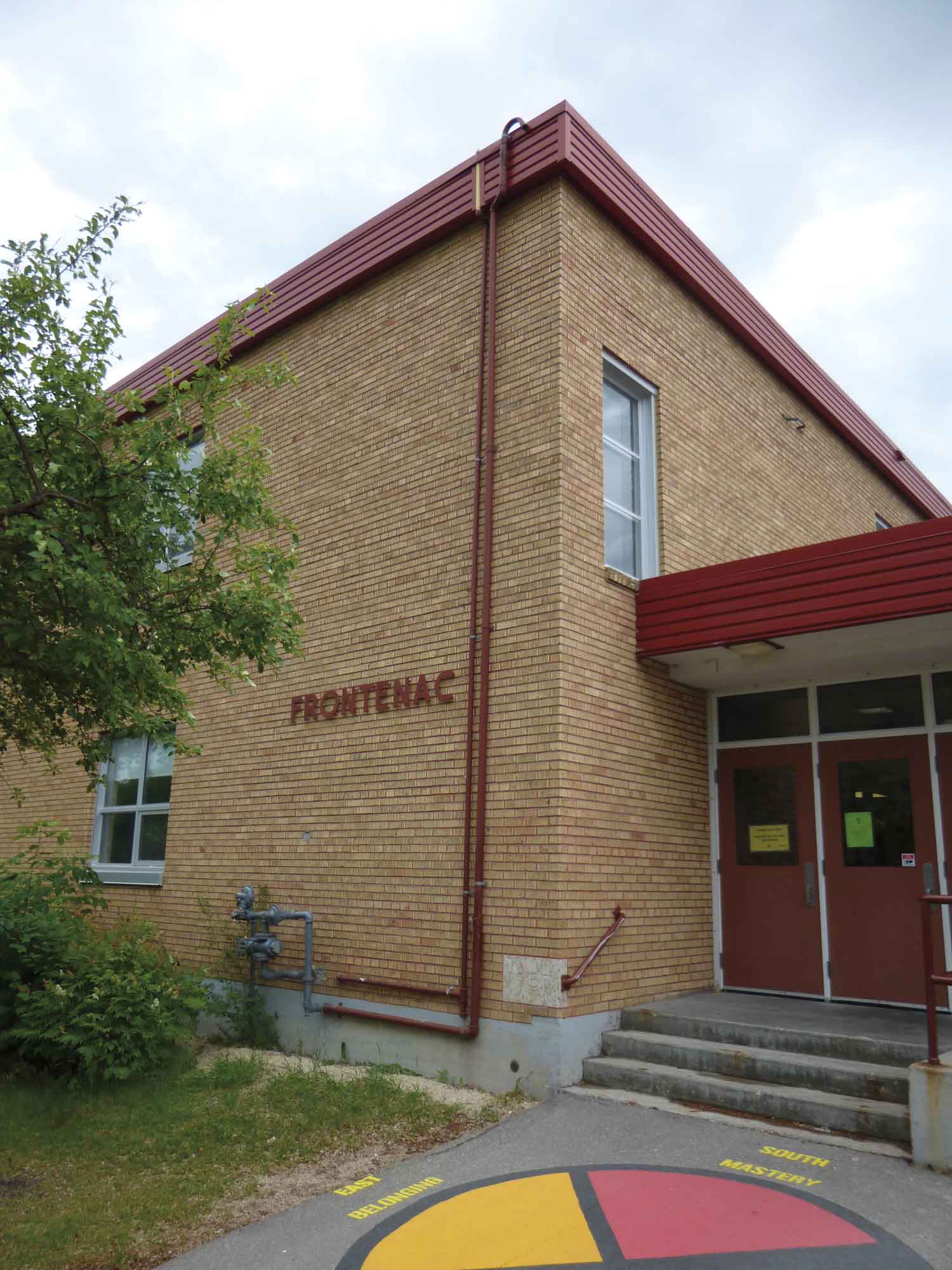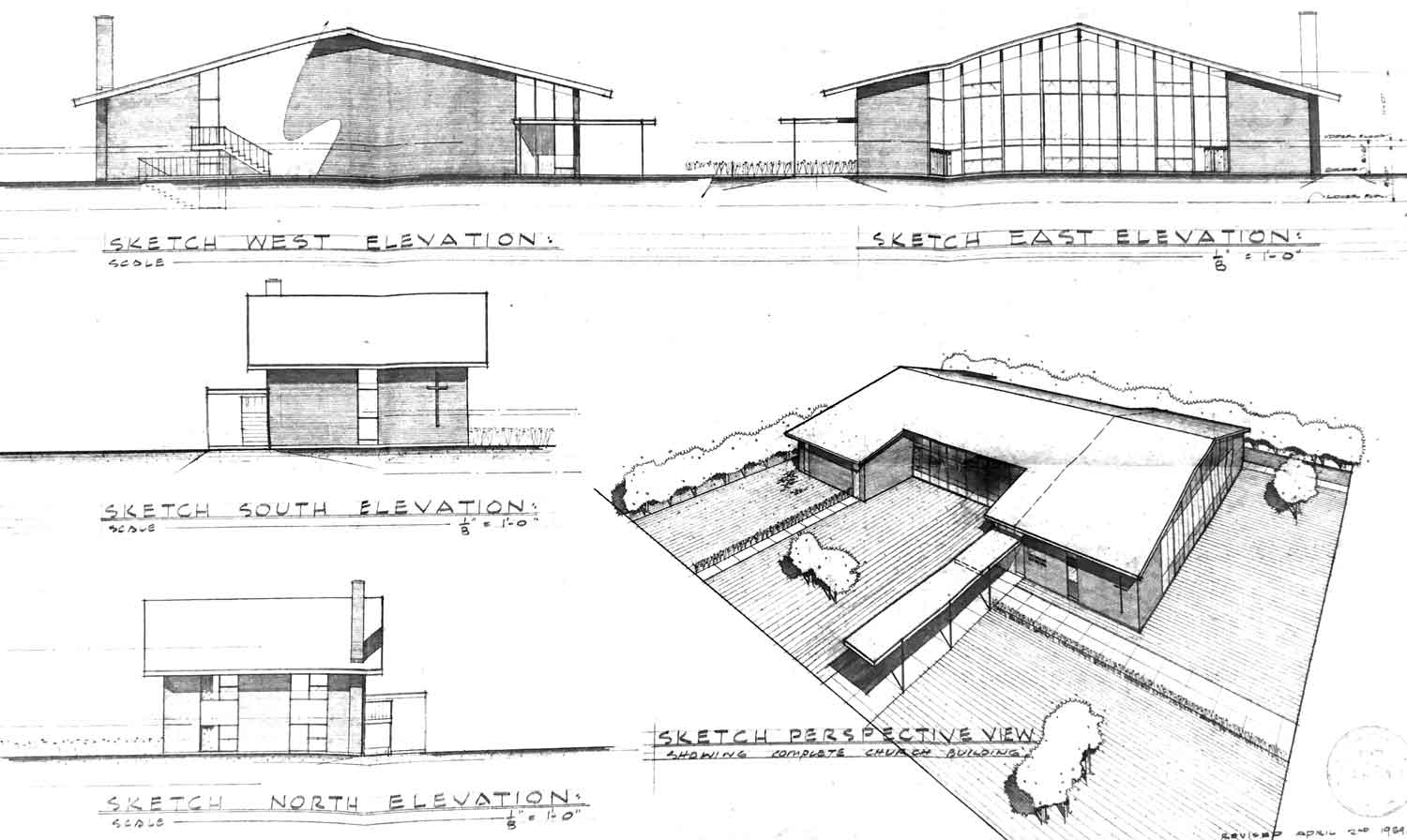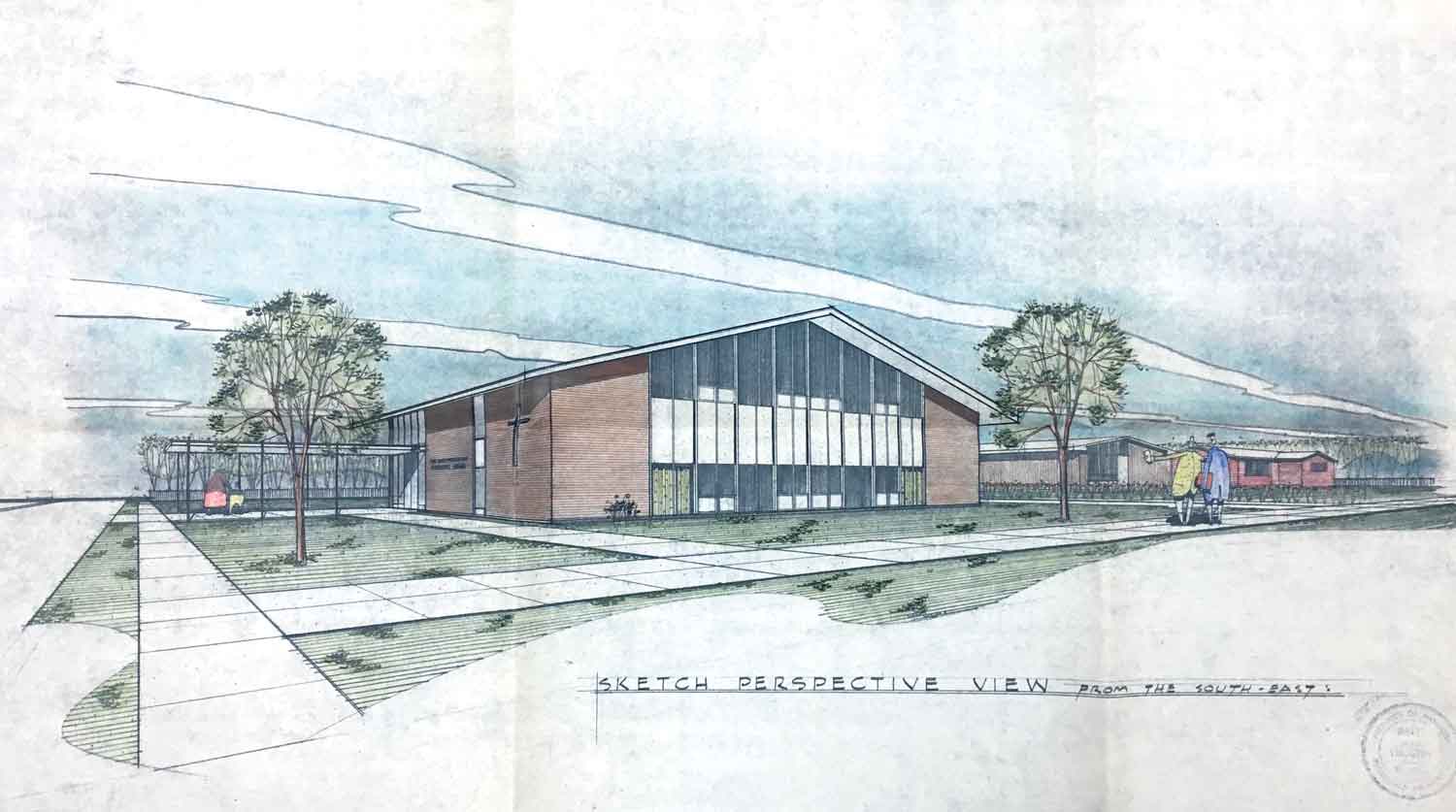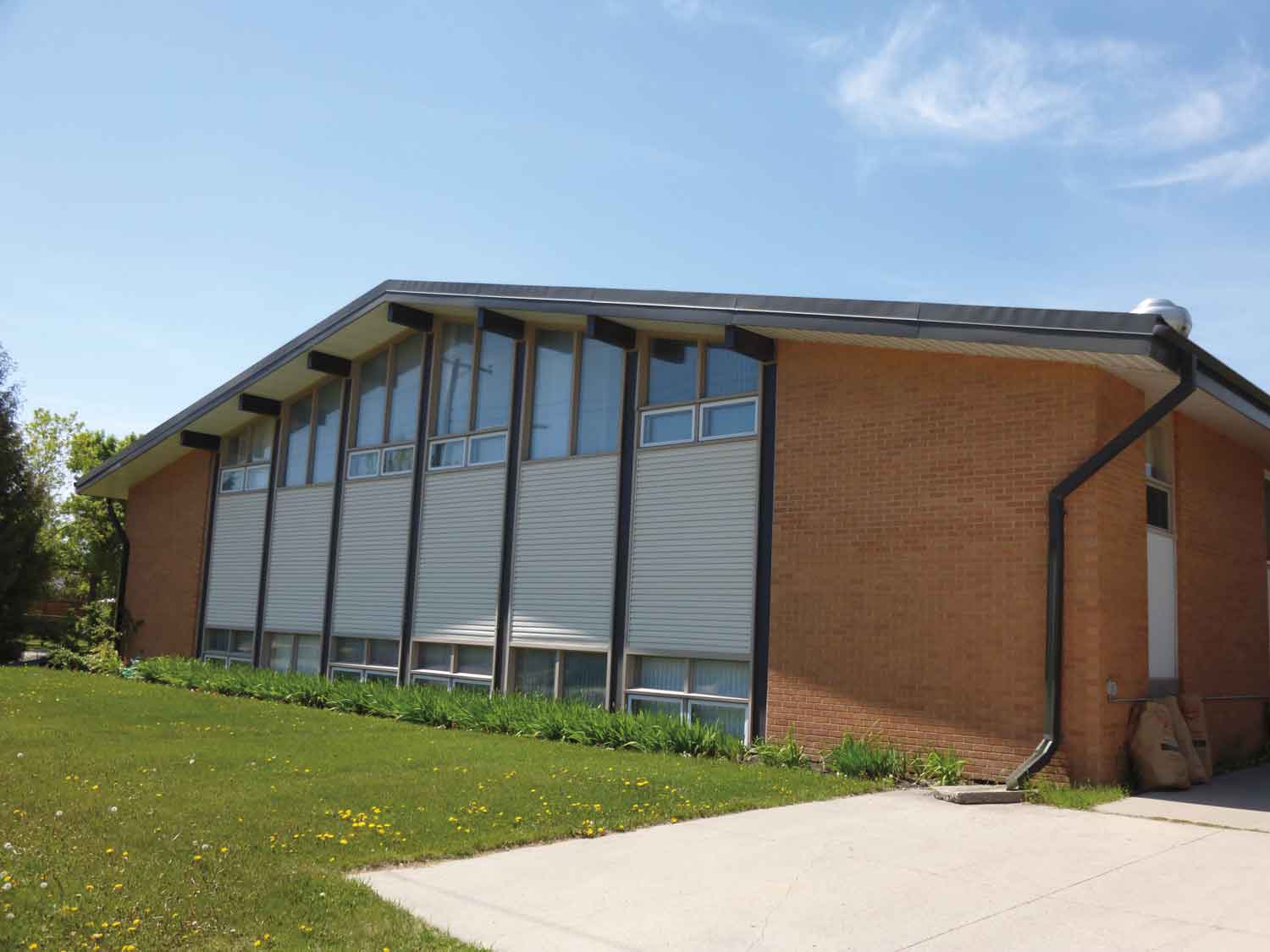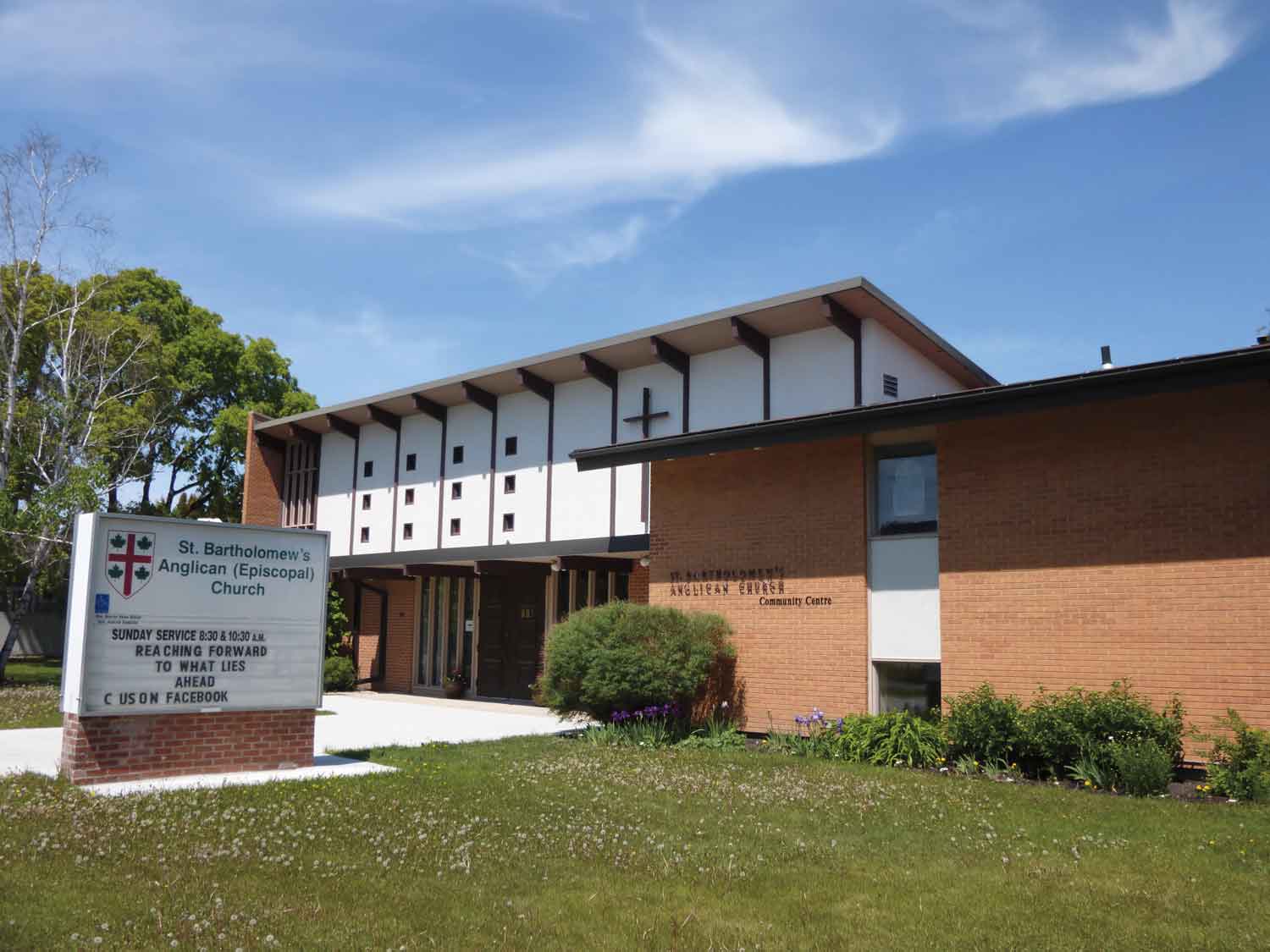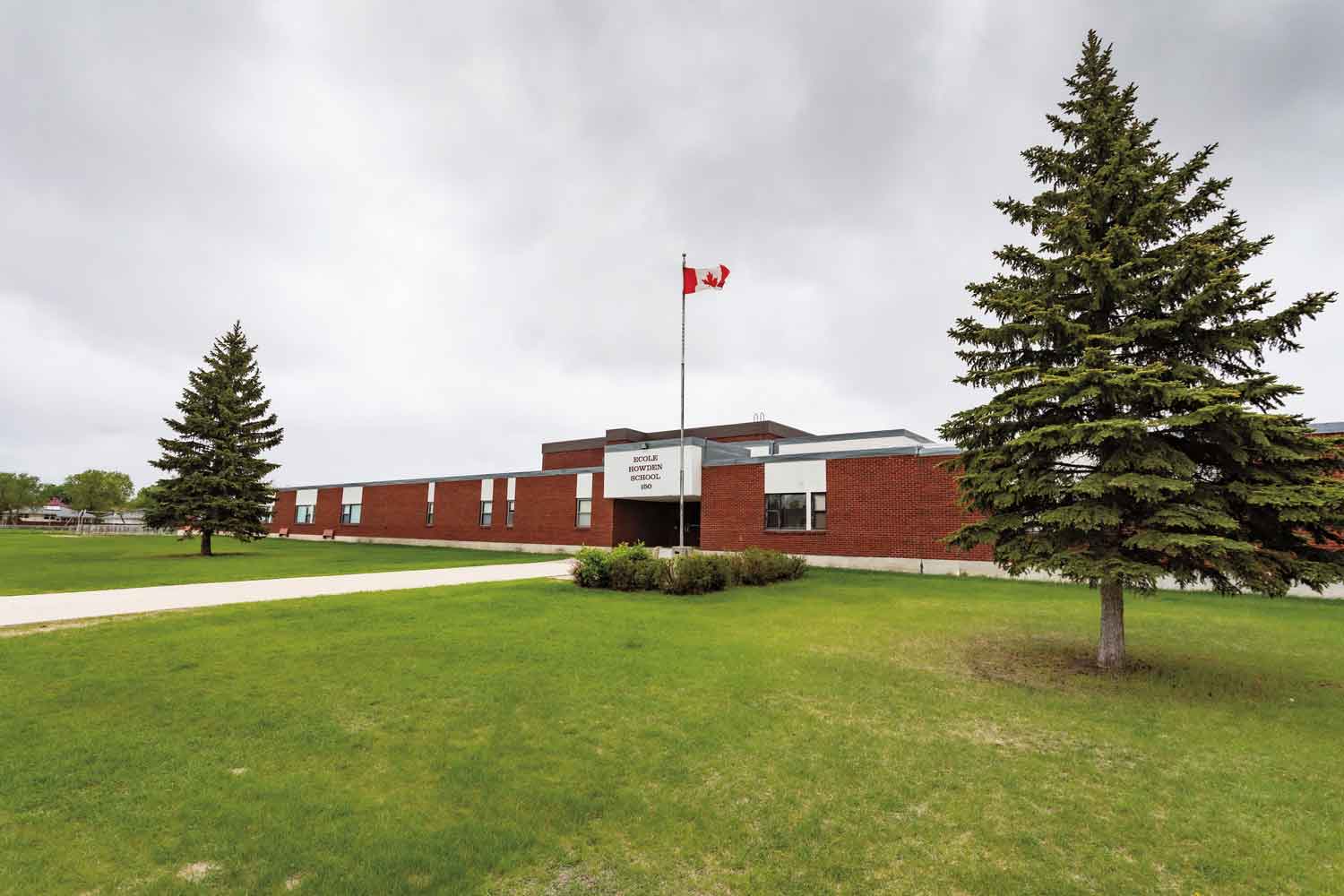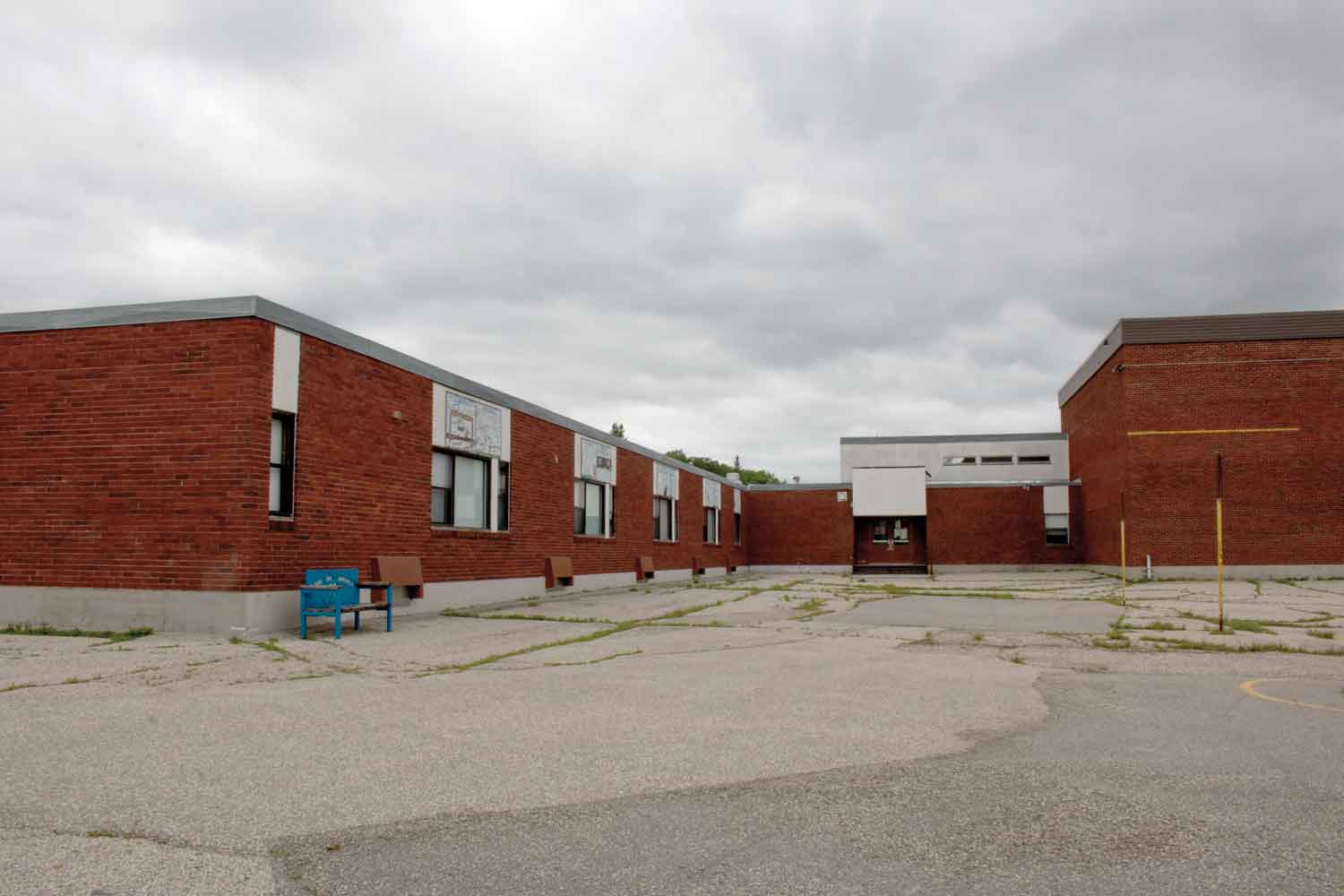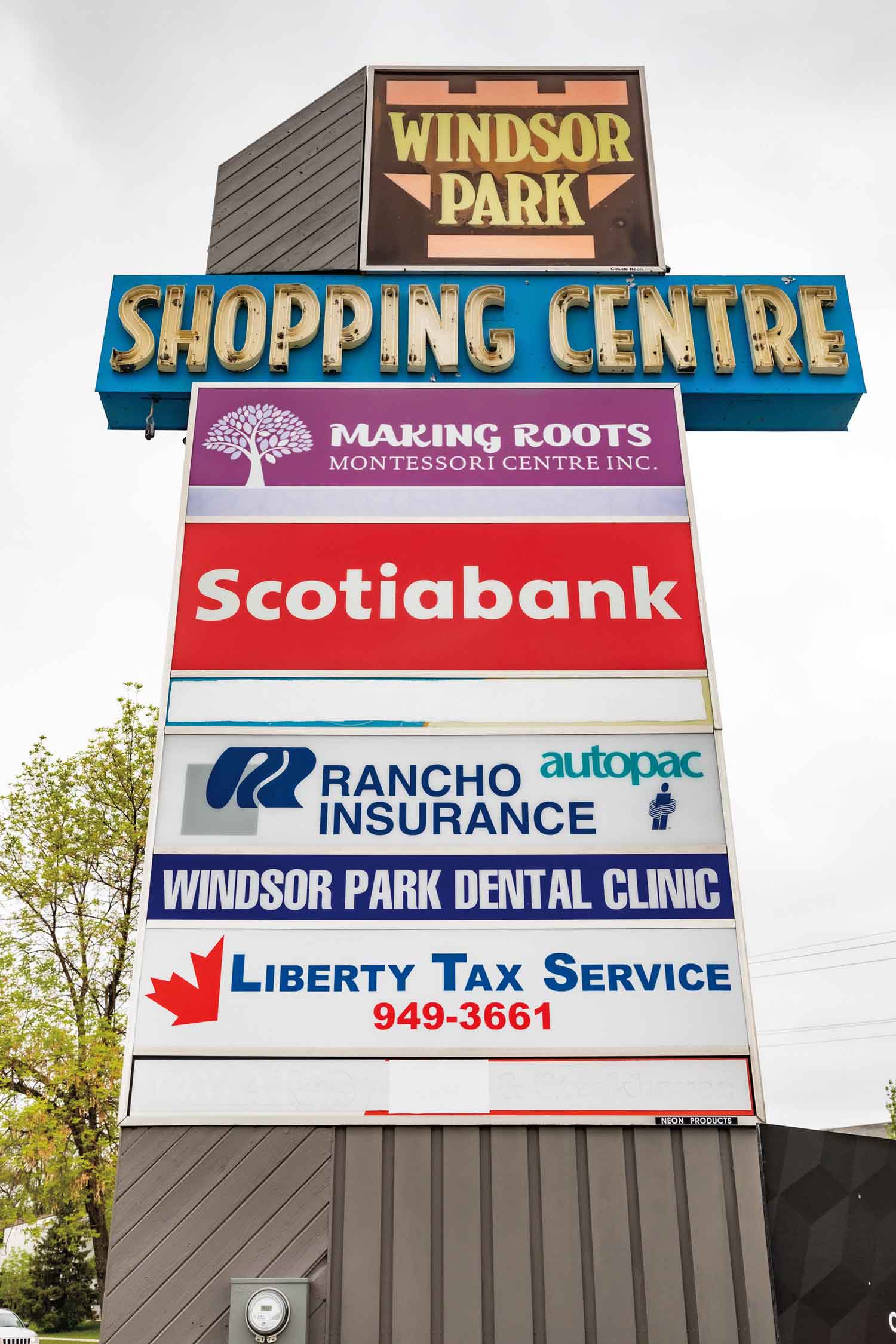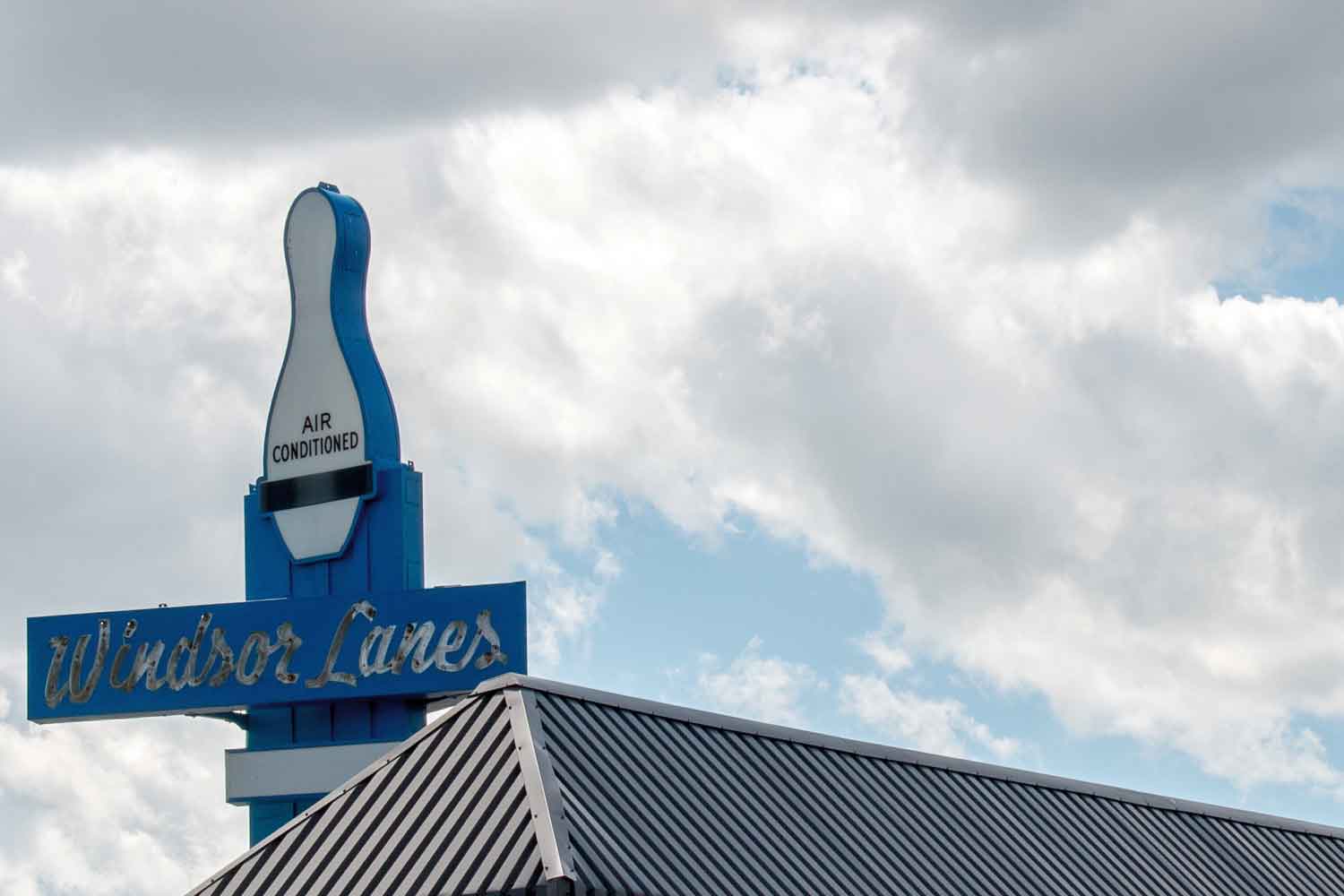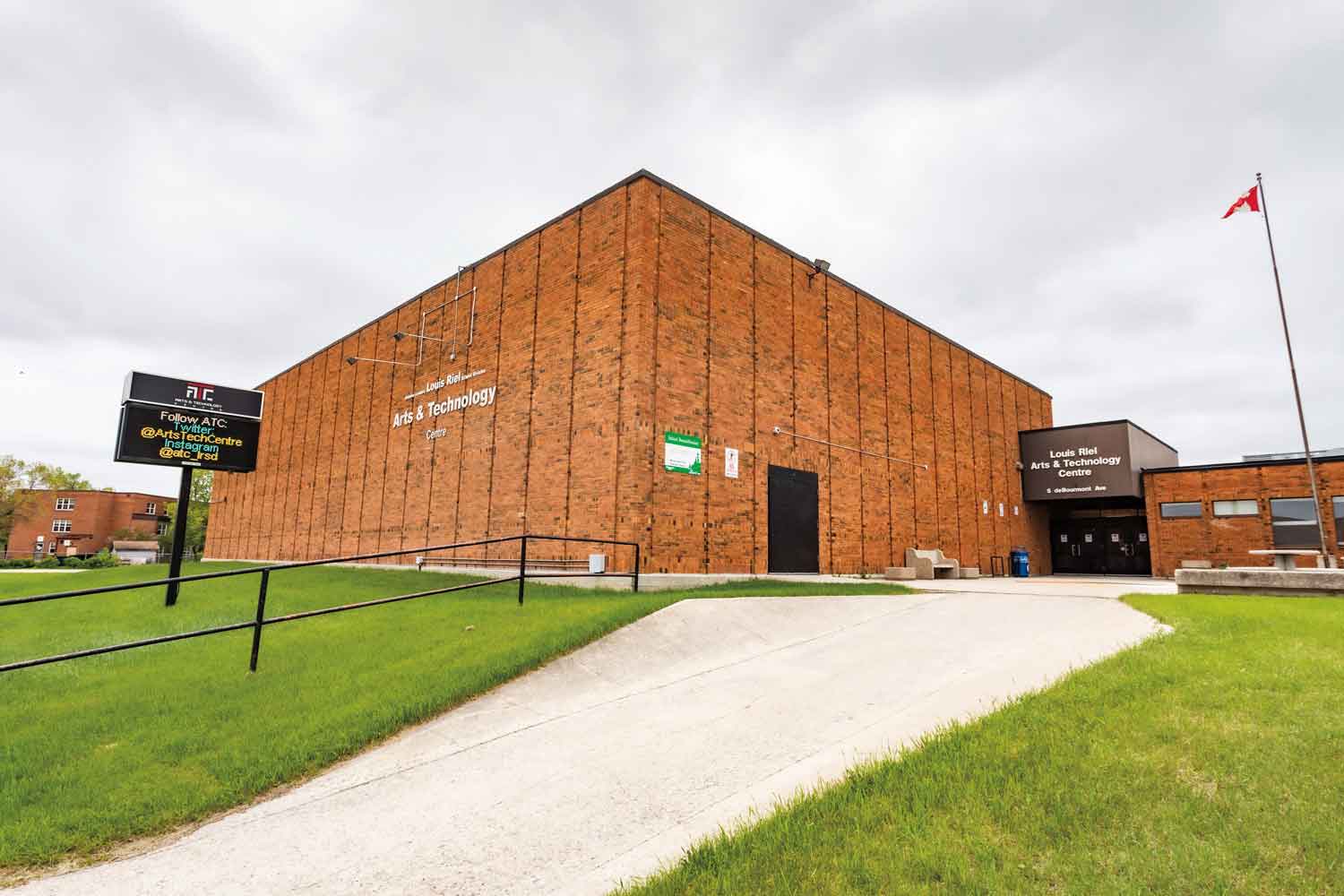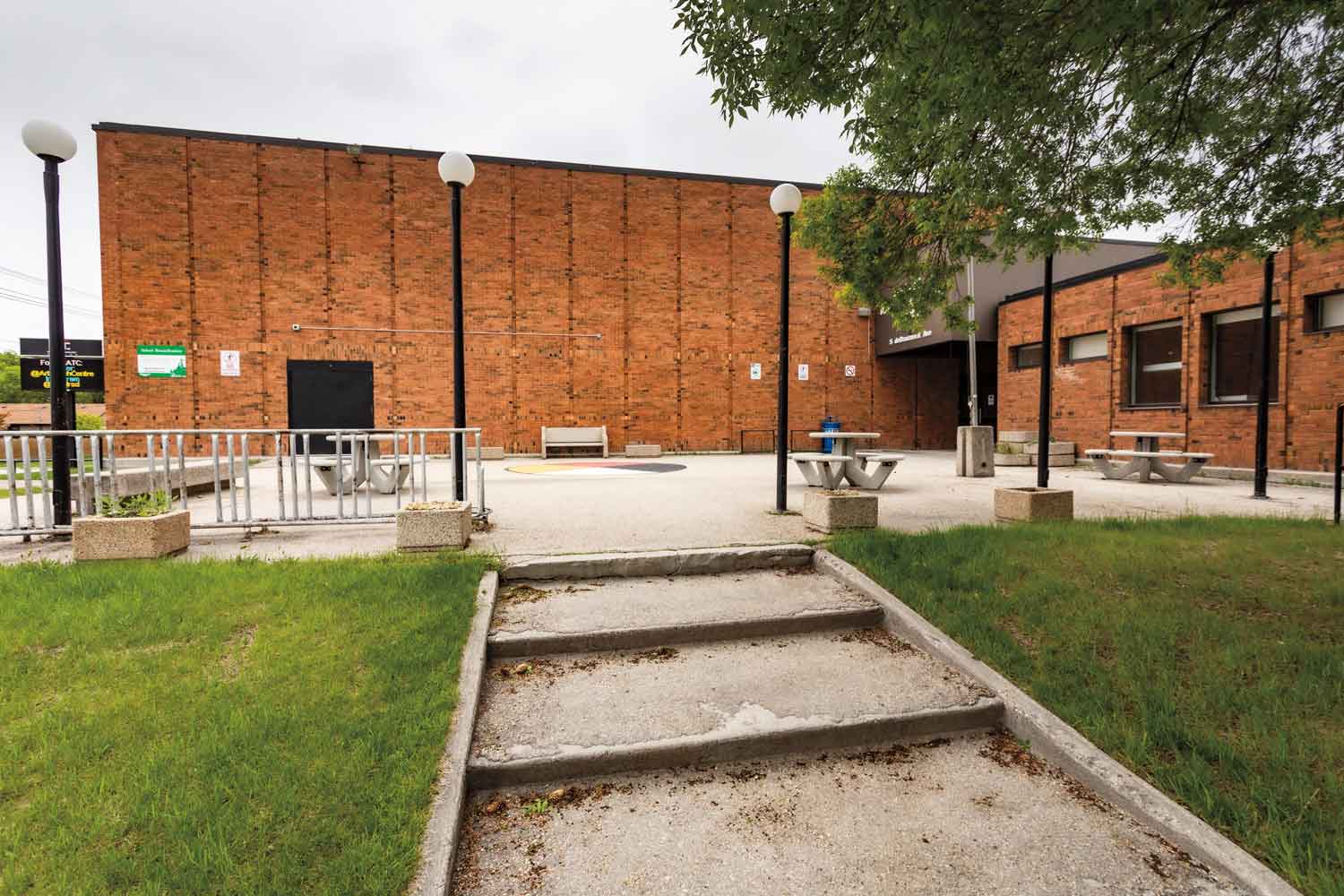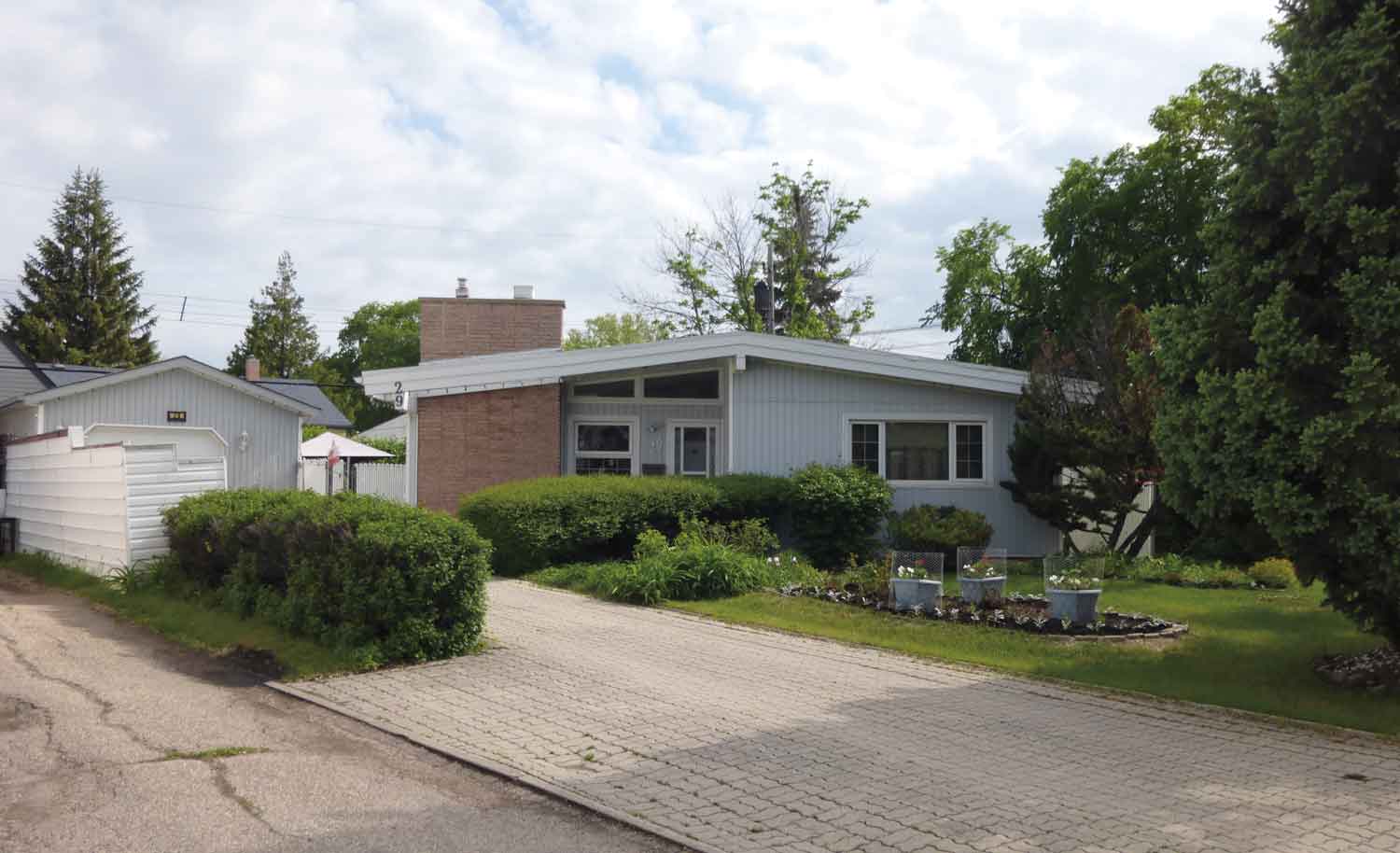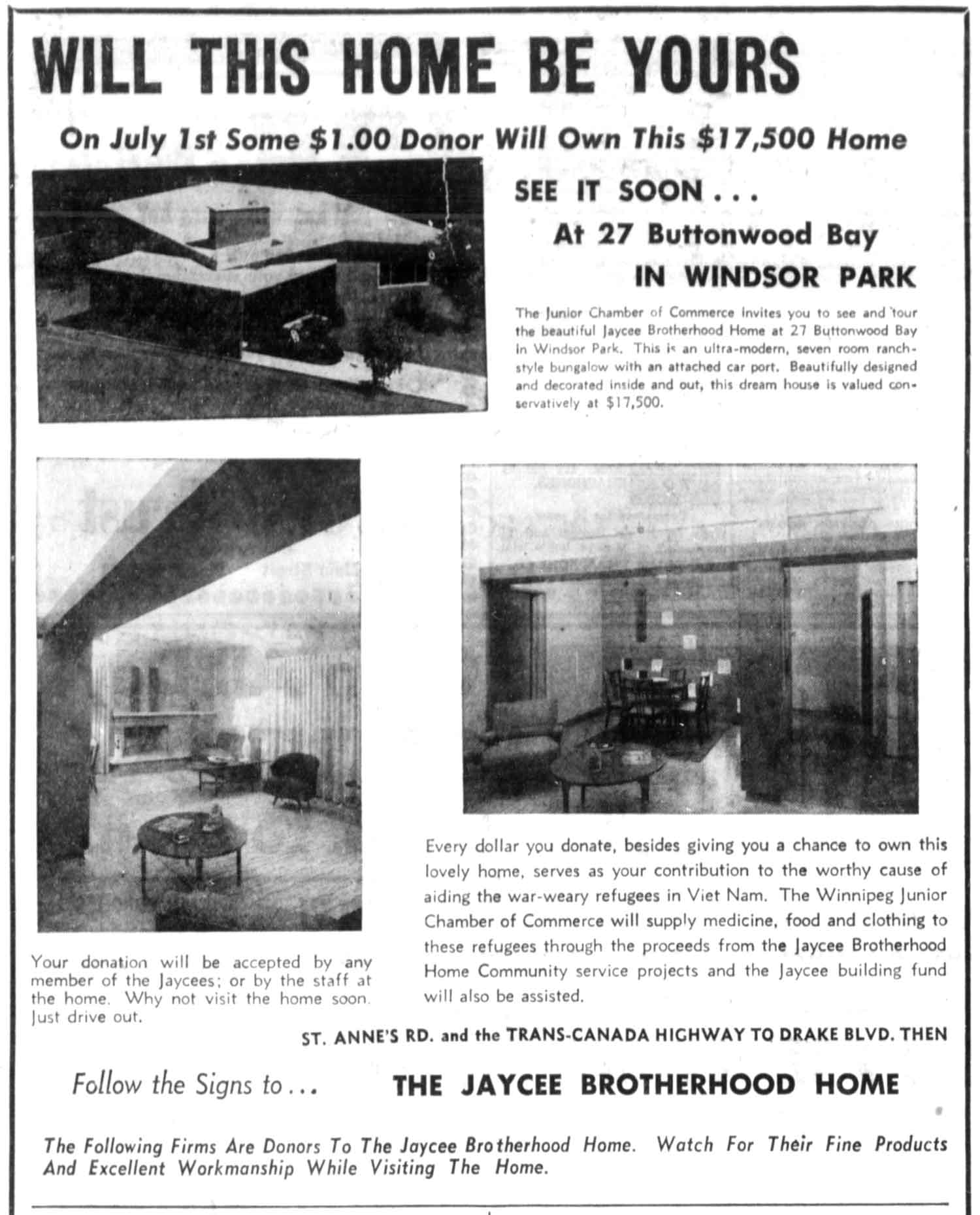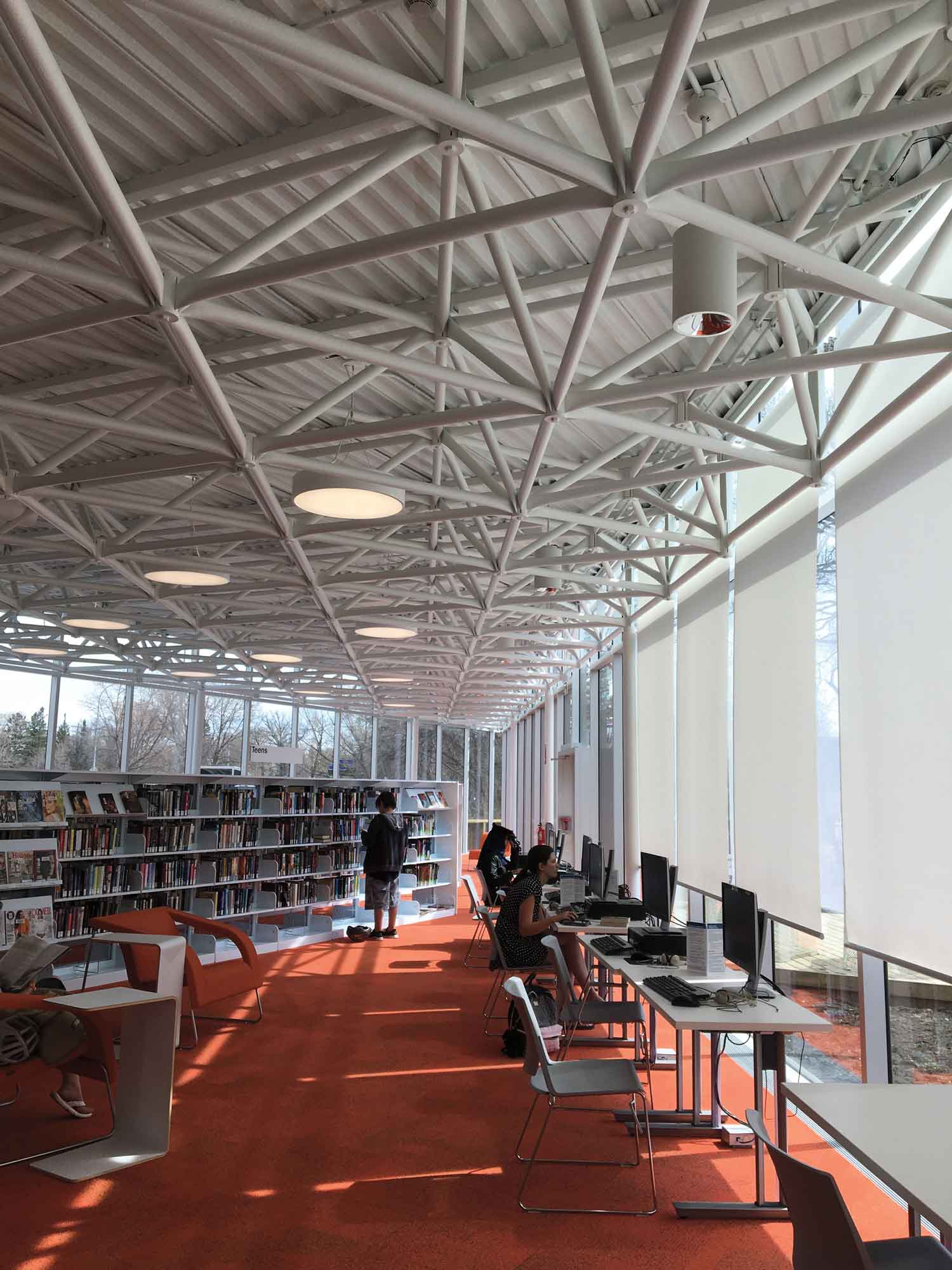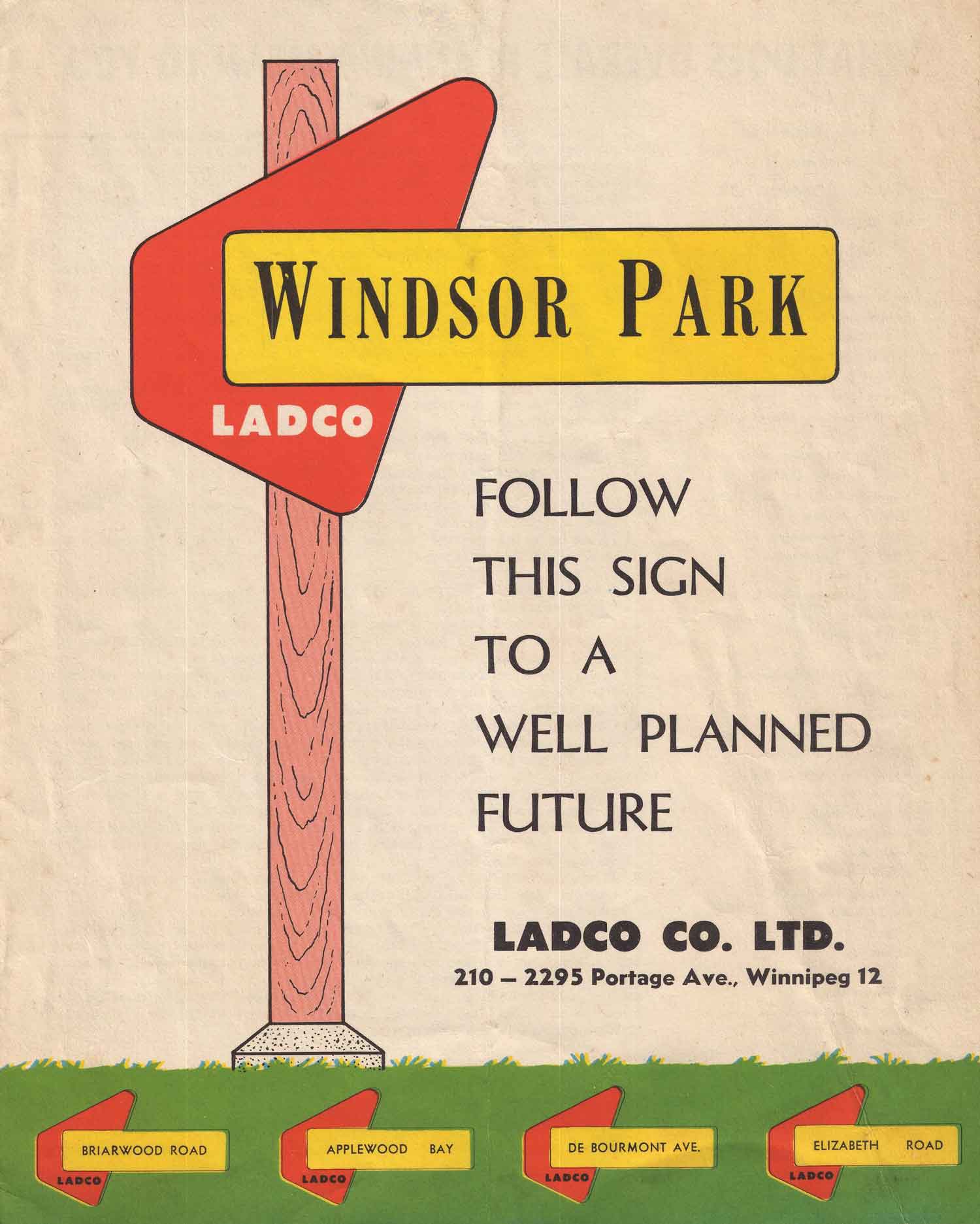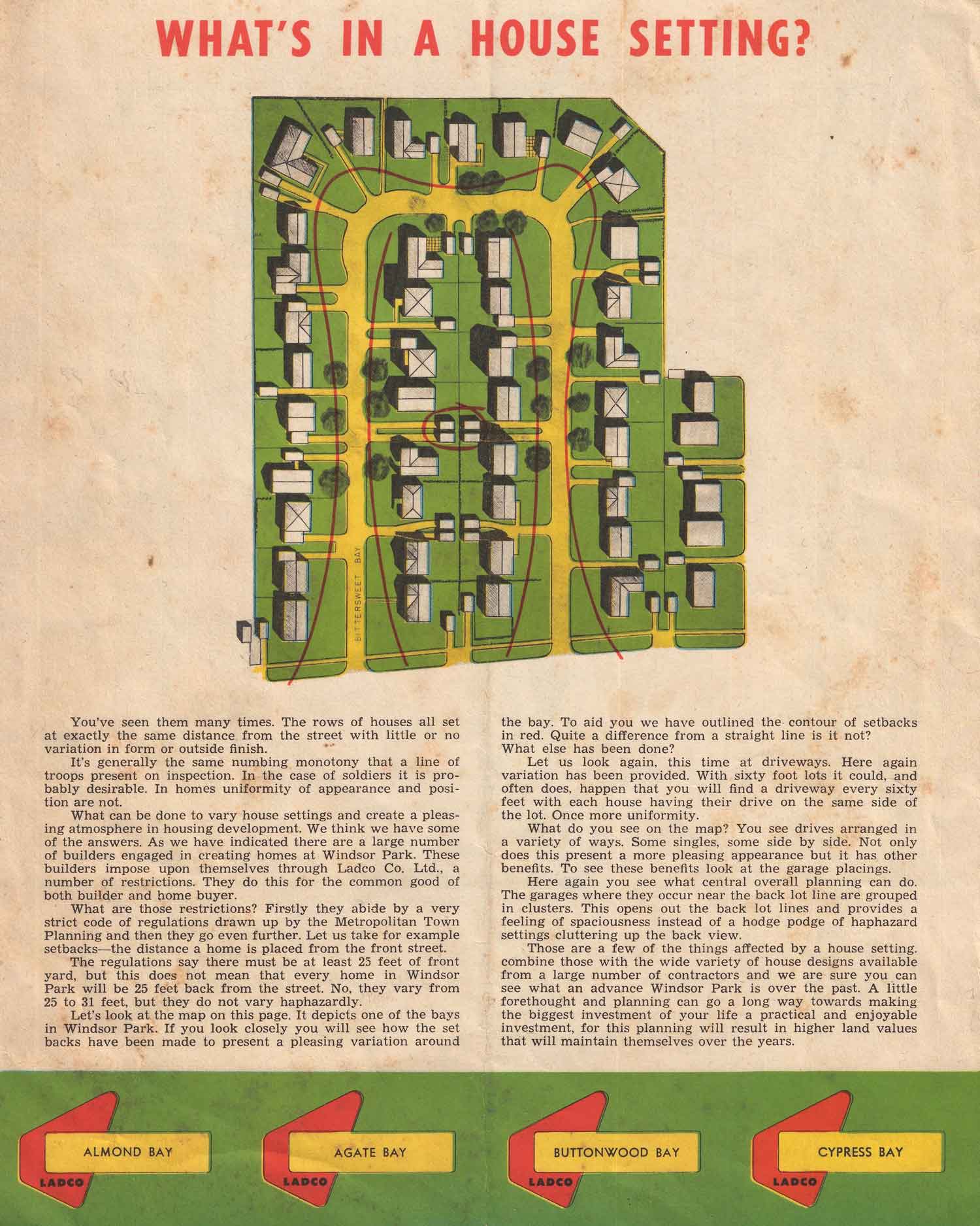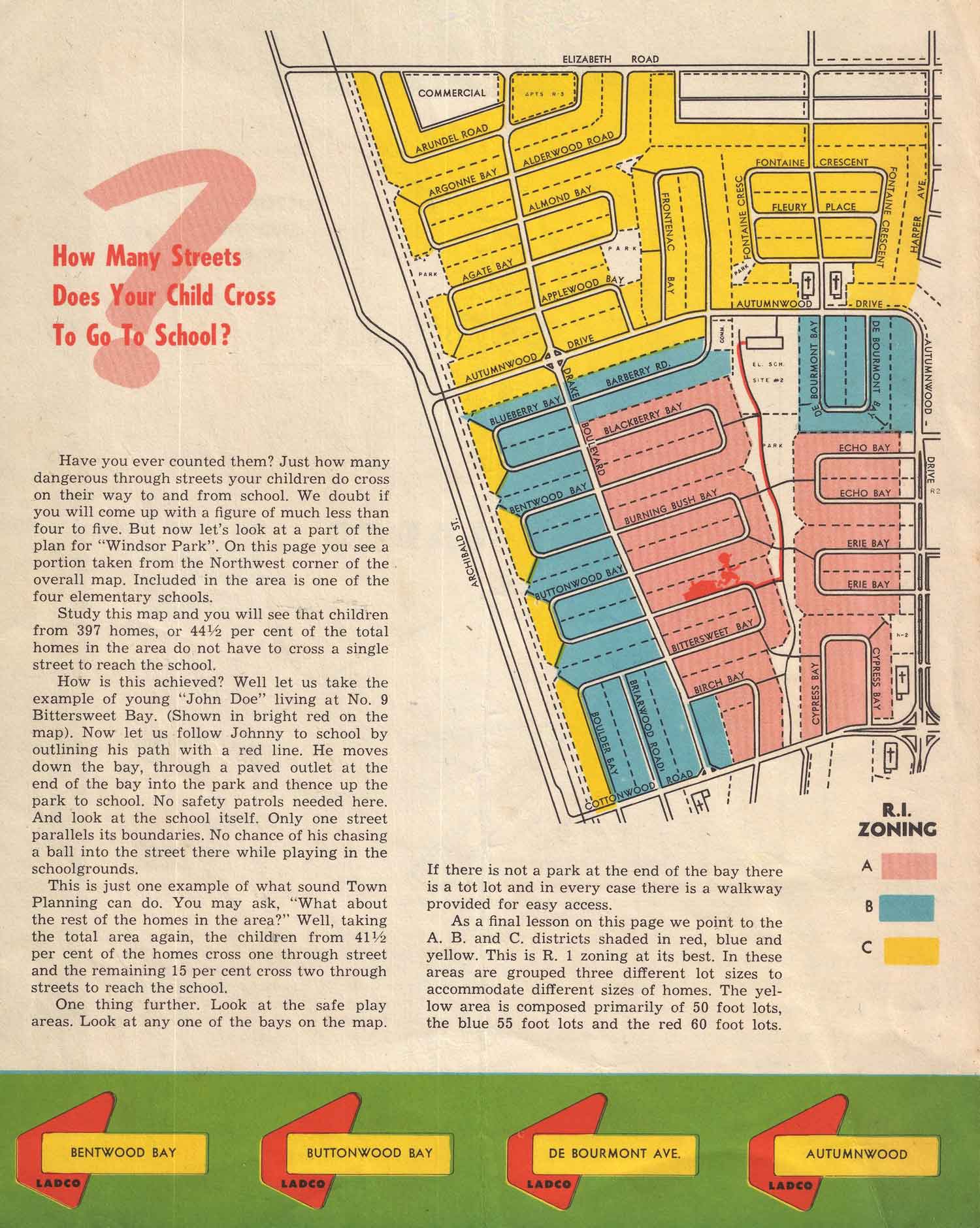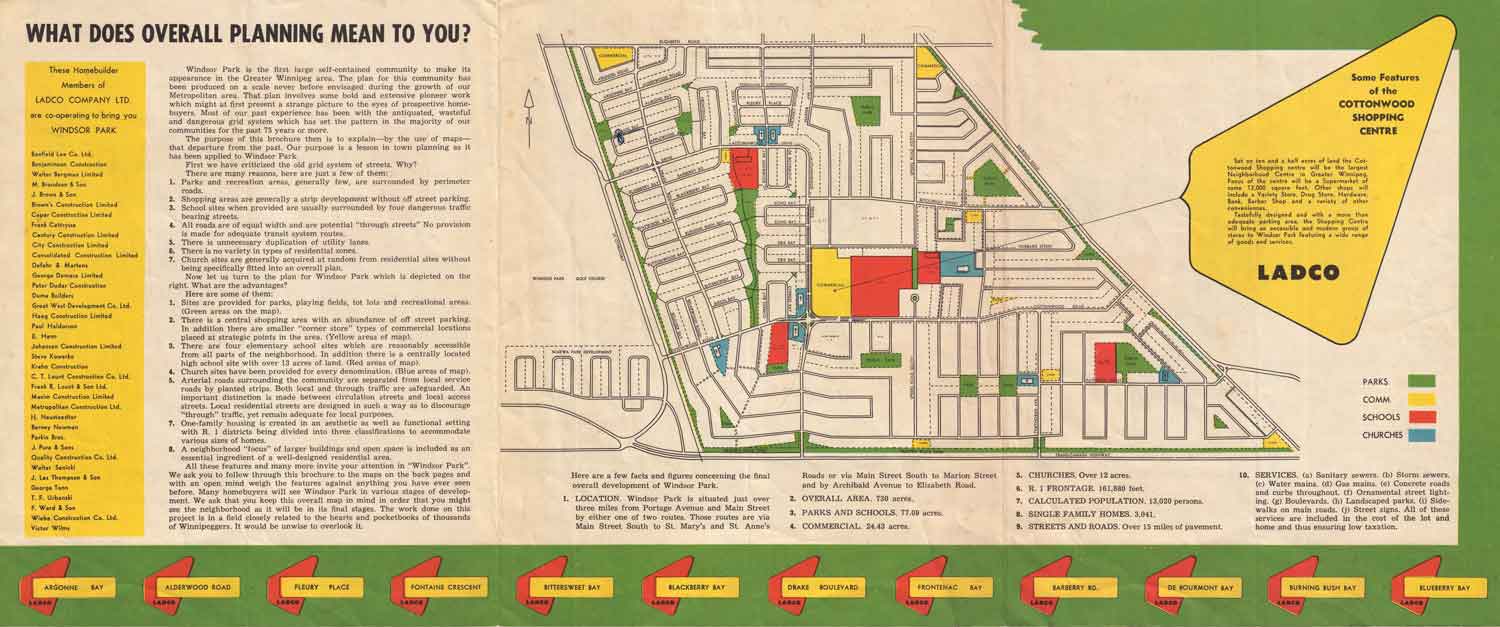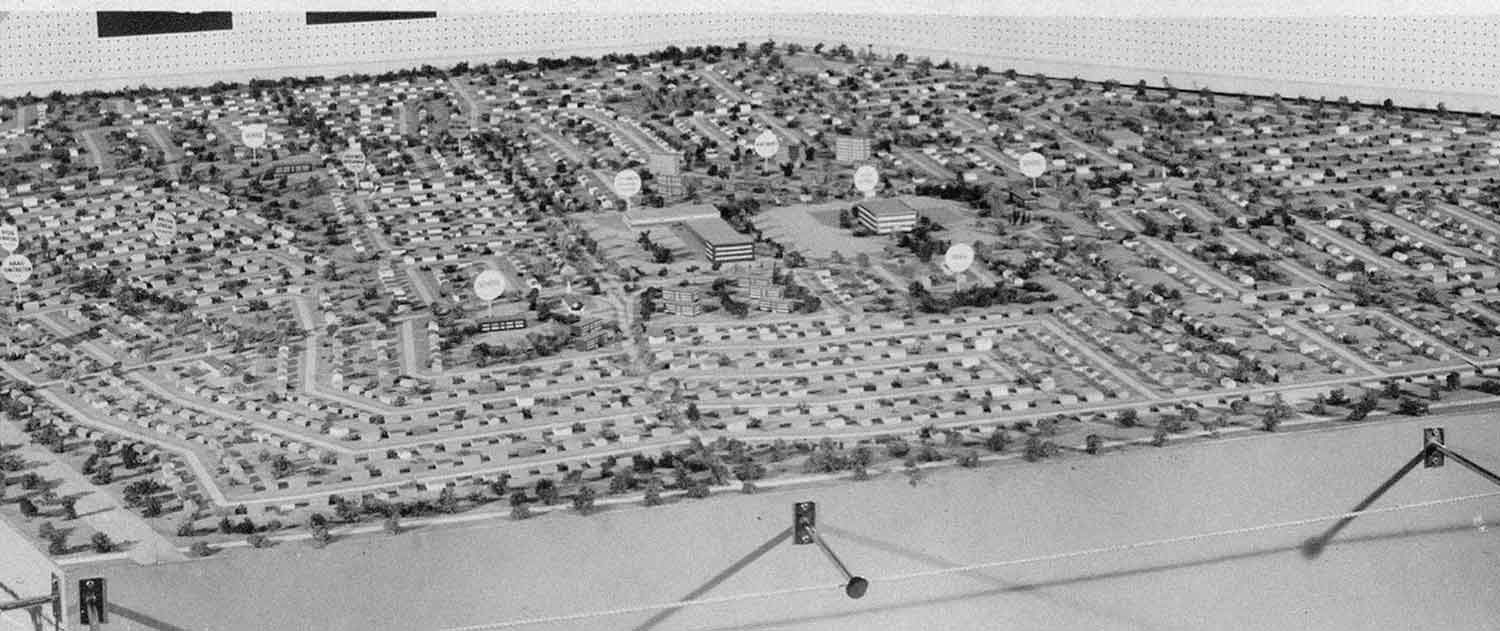
Responding to Housing Demand
The return of soldiers after the Second World War added to a housing shortage that had already existed in Winnipeg during the Great Depression. The explosive growth of the post-war baby-boom generation led to greater demand for affordable housing. This demand, in turn, fuelled rapid growth in housing construction; Winnipeg’s rate of construction per capita became the highest in Canada. From 1941 to 1971, metropolitan Winnipeg’s population grew 80%, from 297,739 to 535,480, while suburban municipalities tripled in size, becoming home to a majority of the city’s population. Suburbs quickly occupied available space in and around the city, and it was in this environment of rapidly disappearing space that Windsor Park was conceived.
The development of Windsor Park began with John Henry Borger. The Borger family arrived from Russia in 1902, and by 1919 John Henry Borger and his father started a family-owned construction business, Henry Borger and Sons Ltd. John Henry Borger became president of the company in 1936. Later, in 1955, he formed Land Assembly and Development Co. (Ladco), an association of homebuilders brought together in response to the shortage of land in metropolitan Winnipeg. Each homebuilder had a share in the operation of the company, and first priority in acquiring lots in Ladco developments. In fall 1955, there were 38 member homebuilders in Ladco; Irvine B. Margolese and Co. Ltd., was the largest, representing seven different contractors.
Planning for Windsor Park had started as early as 1954. When a suitable plot of land was acquired, Ladco made public, in 1955, its plan to build 1,300 homes. They began clearing the 730-acre St. Boniface lot that September. On January 19, 1956, the company signed a contract with the City of St. Boniface to build 3,100 homes, a project valued at $45 million. The ribbon cutting to open Windsor Park was September 18, 1956, and was attended by St. Boniface Mayor J. G. Van Belleghem, Ladco President J. Henry Borger, and A. W. Haag of the Winnipeg Home Builders’ Association. According to Mayor Van Belleghem, the development would encourage industrial growth on the east side of the city. Indeed, Windsor Park’s development attracted industry, notably Canada Packers and Swift Canadian Co. Ltd., and contributed to St. Boniface becoming the 16th largest industrial centre in Canada by 1958.
